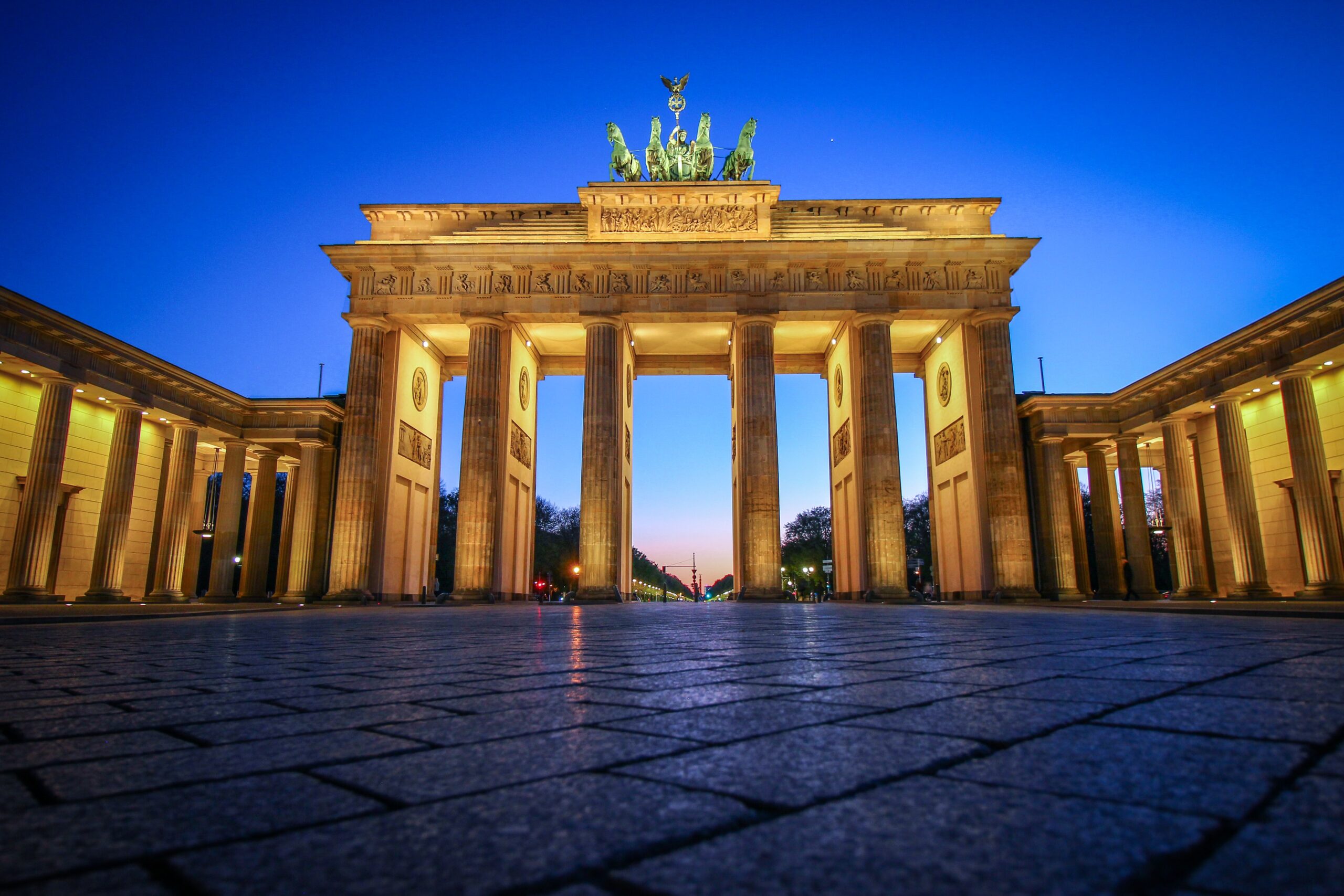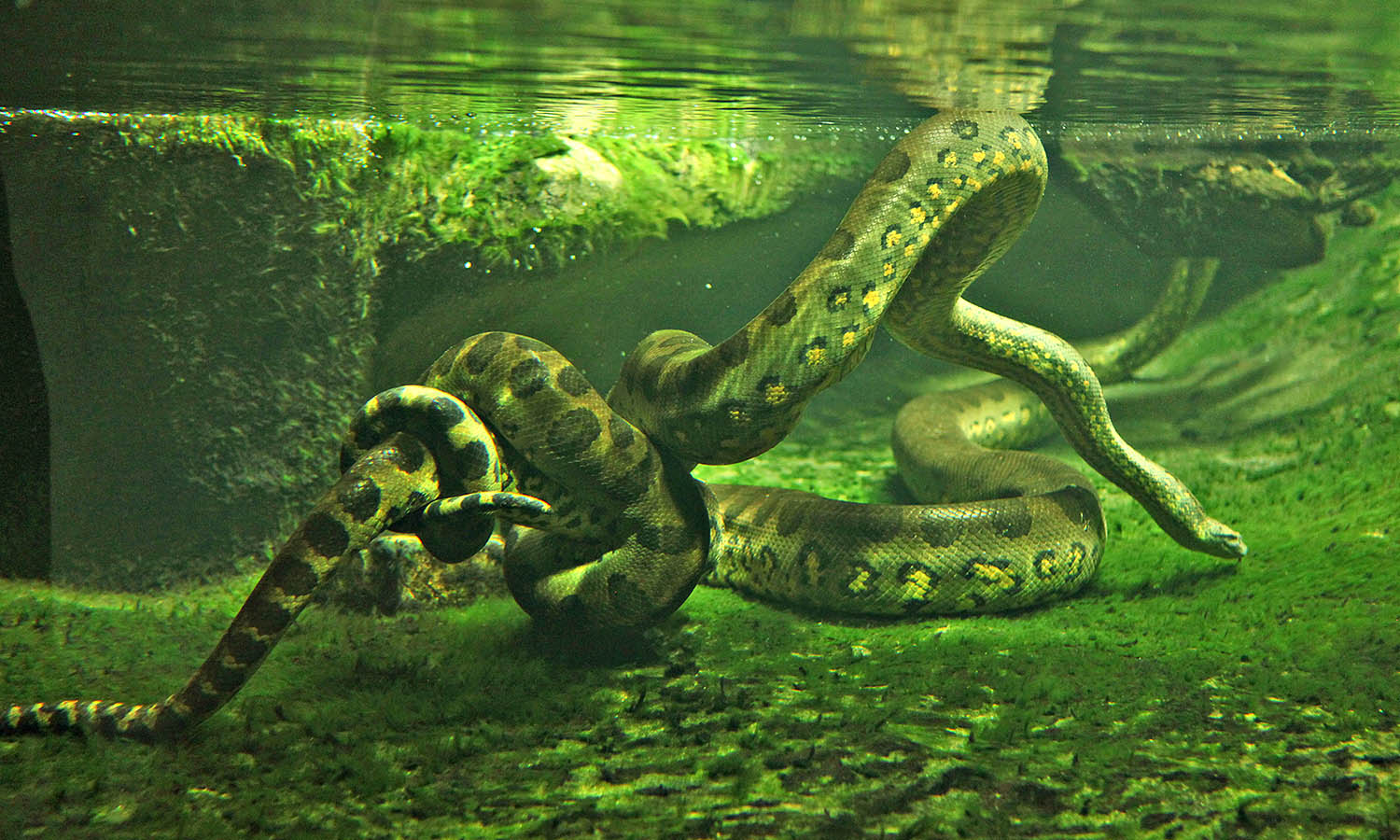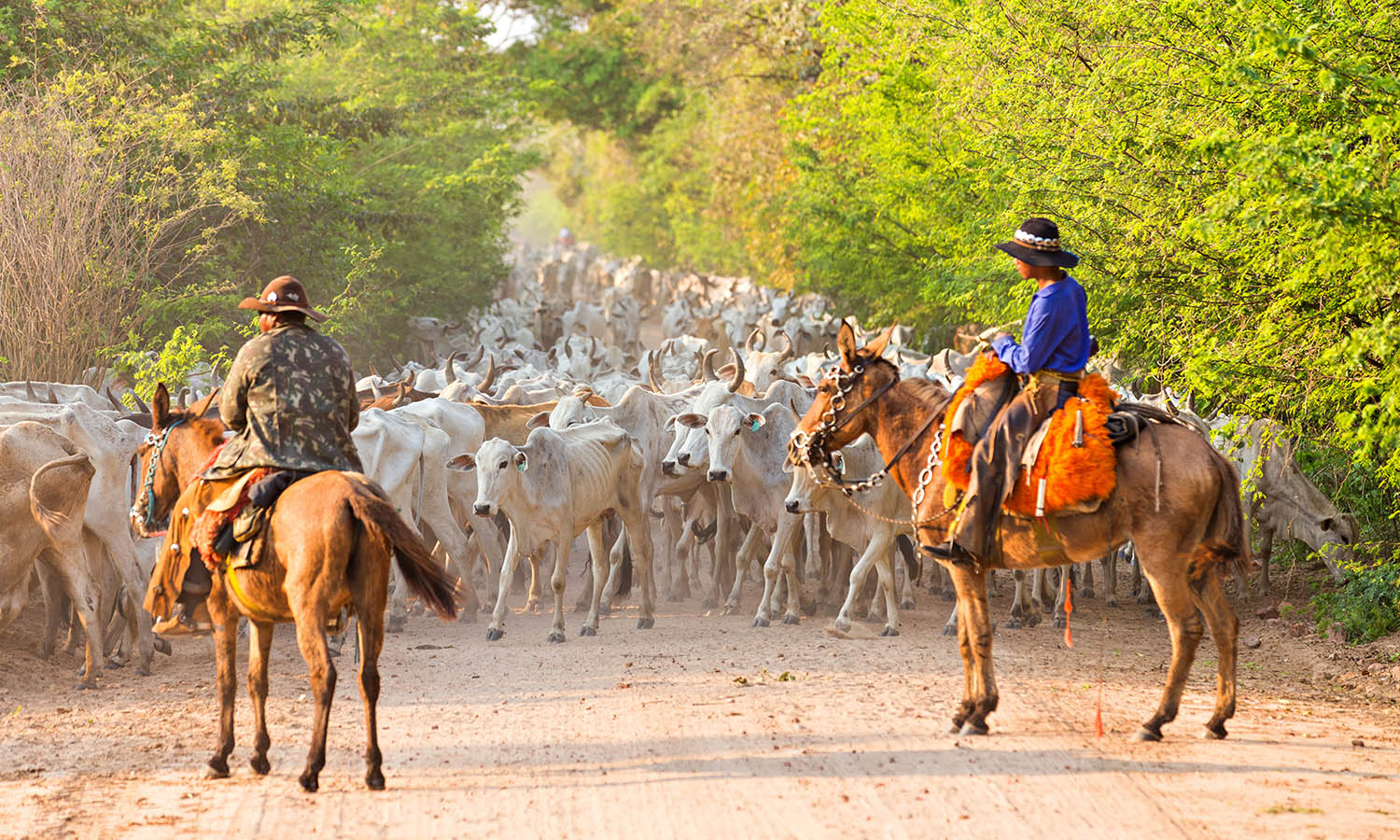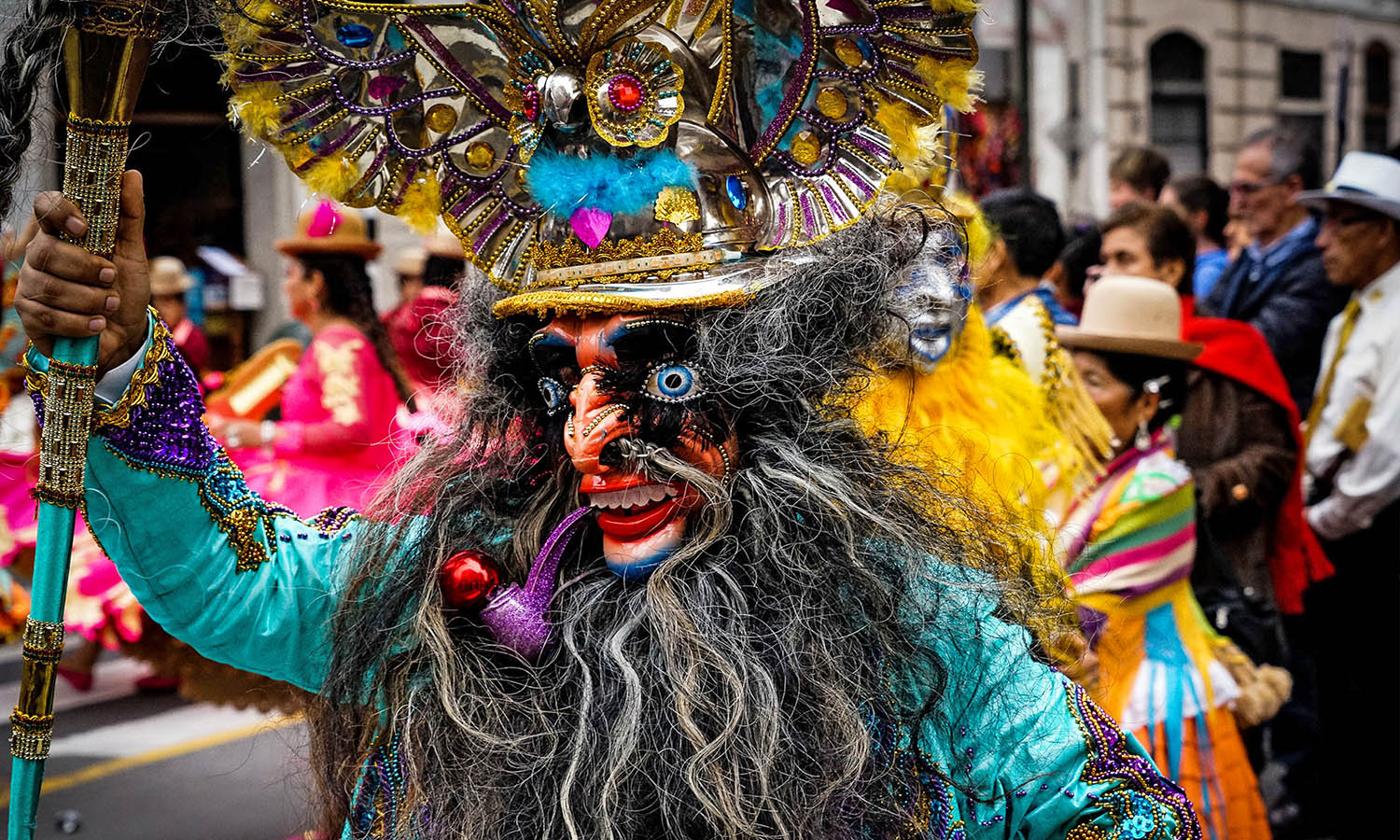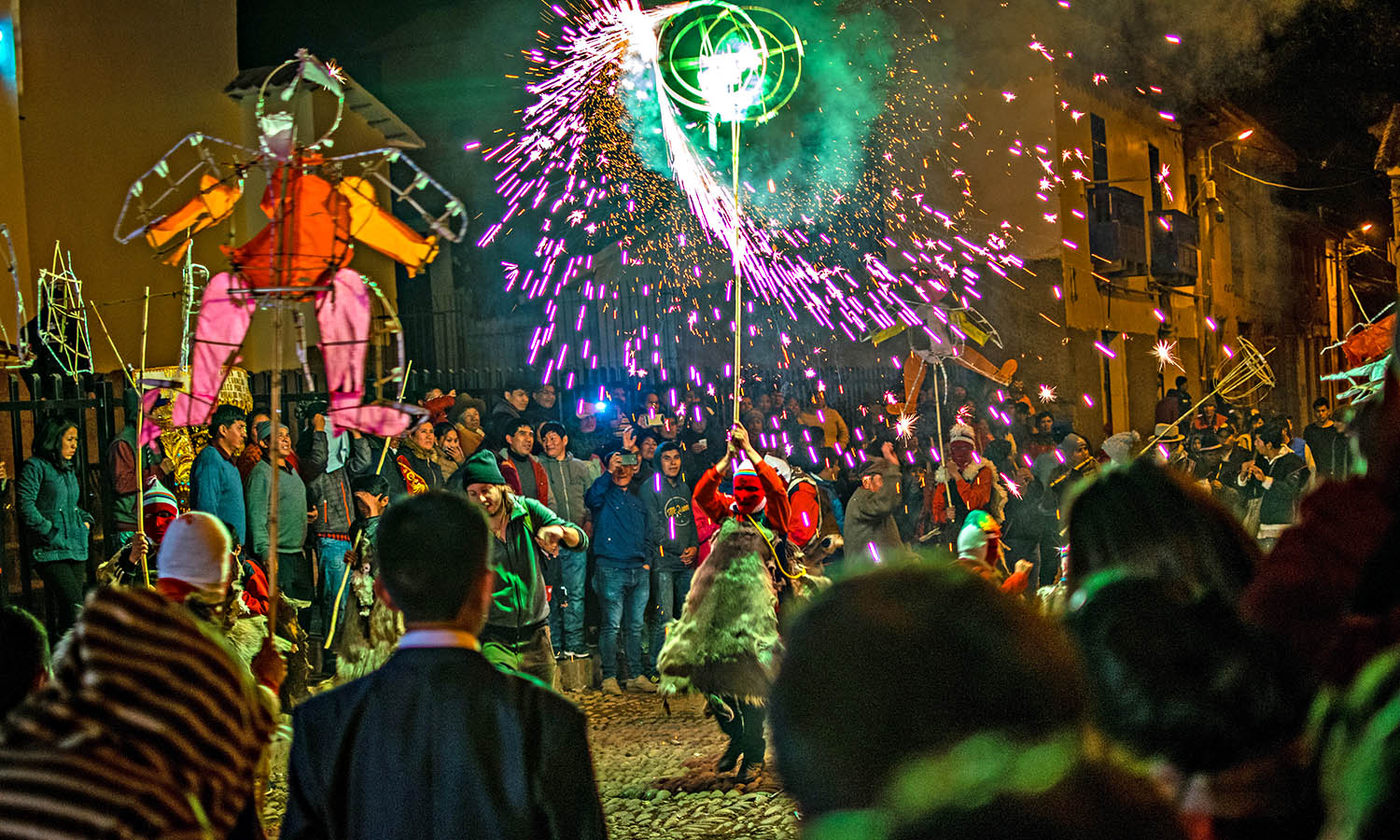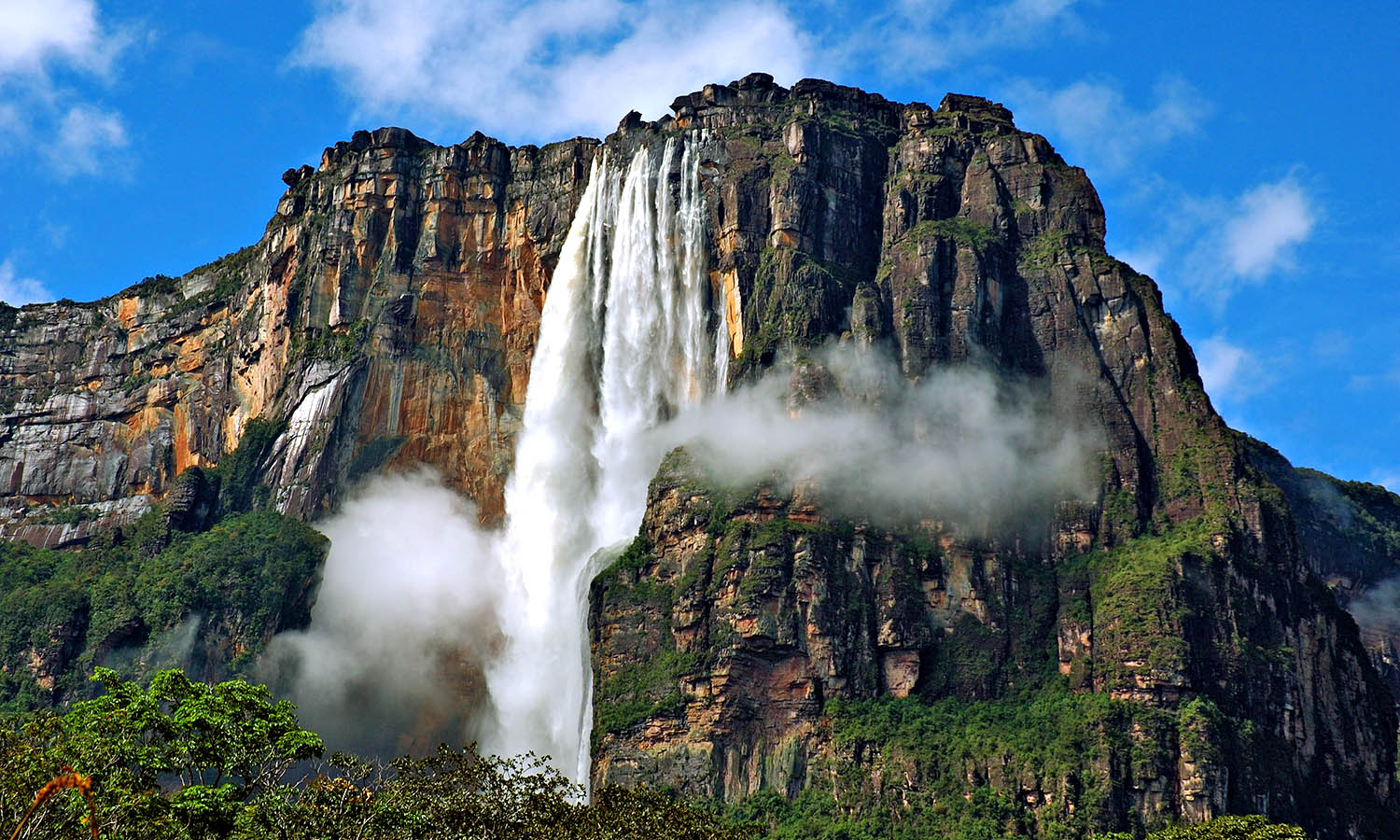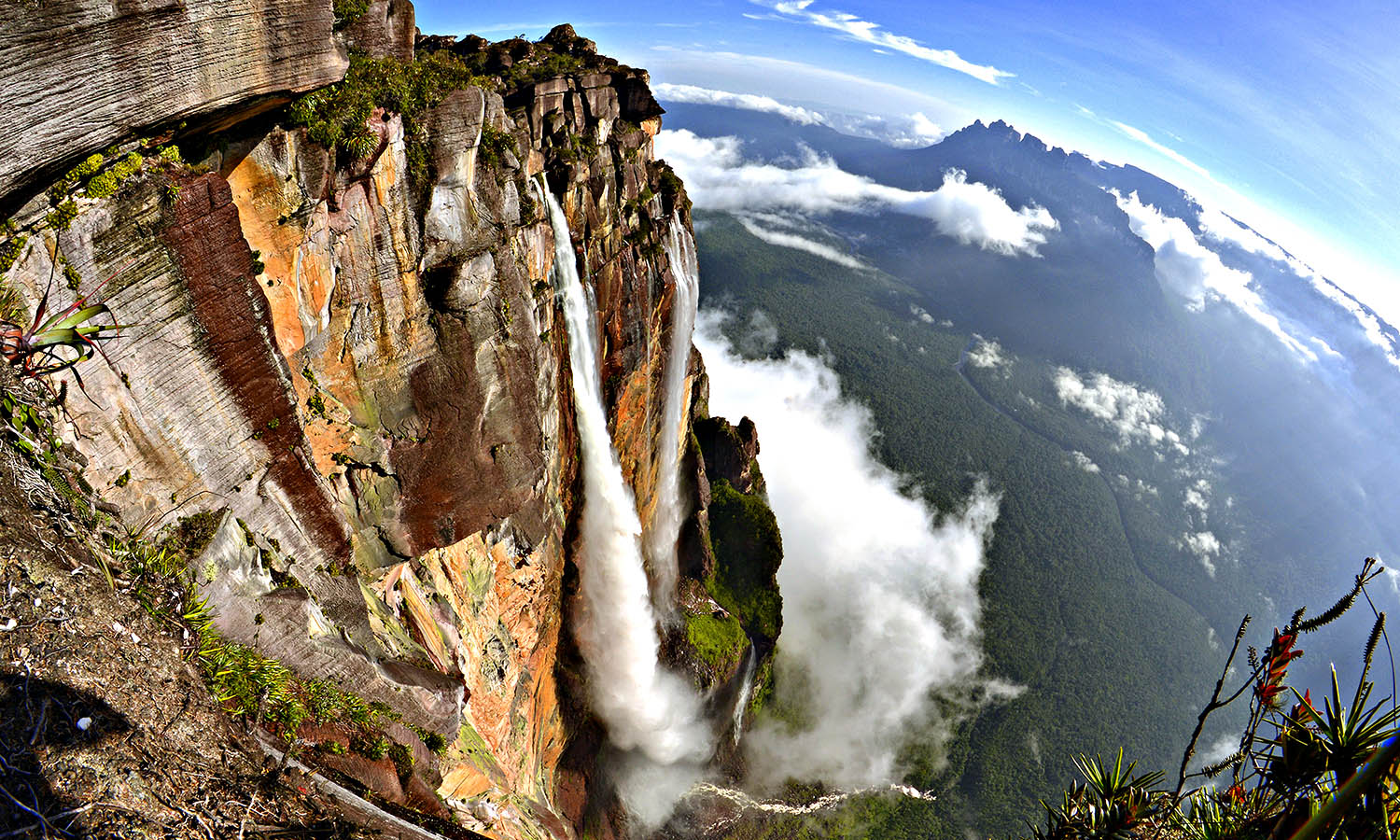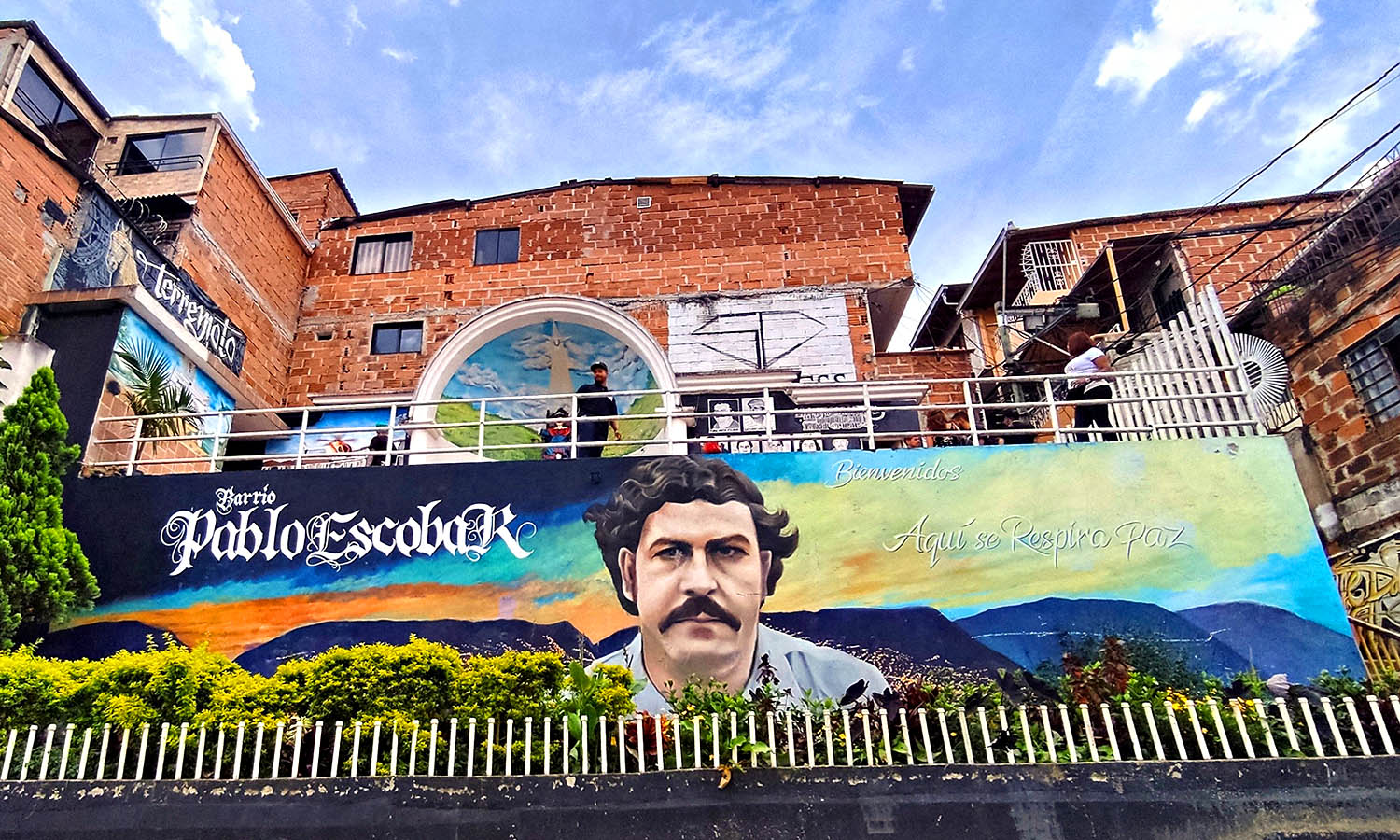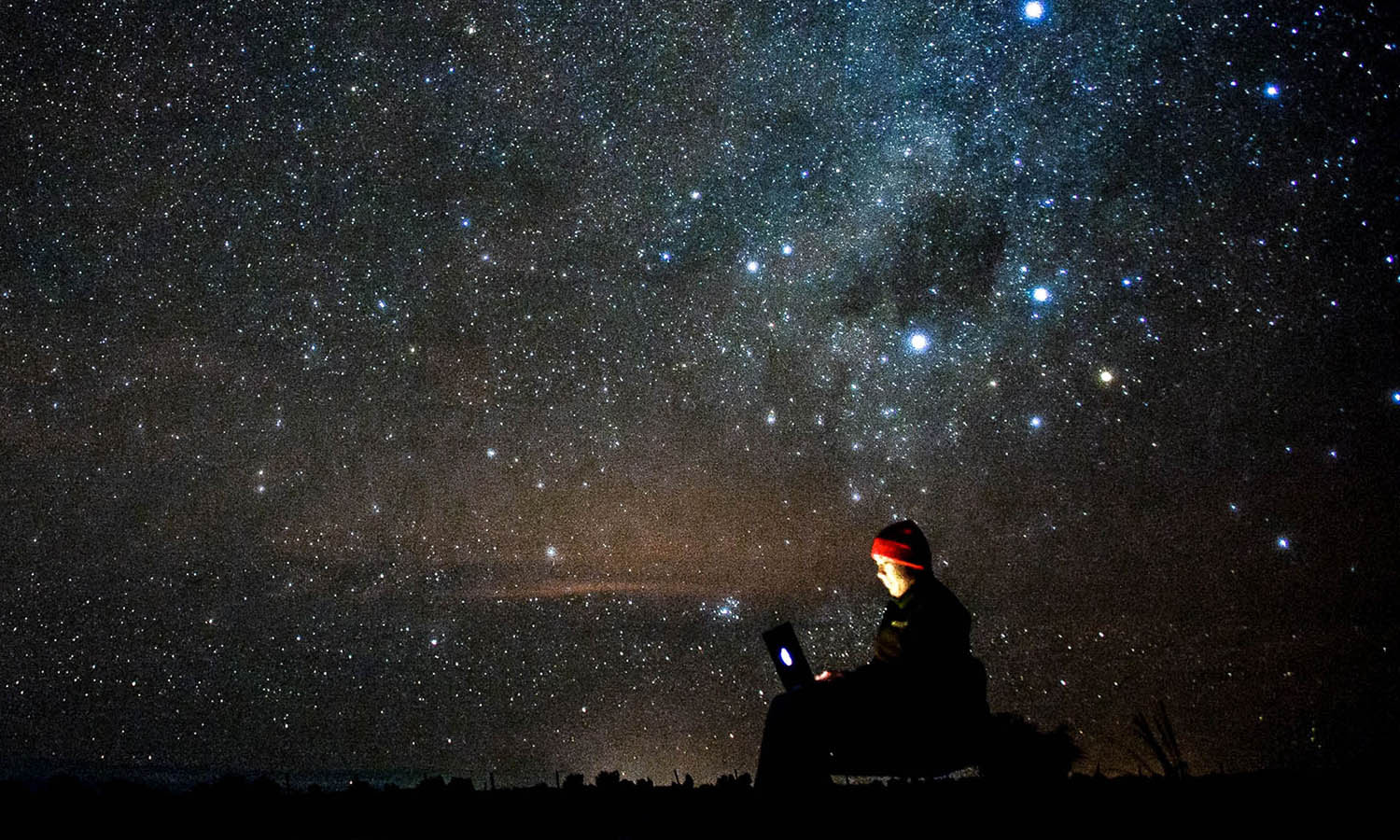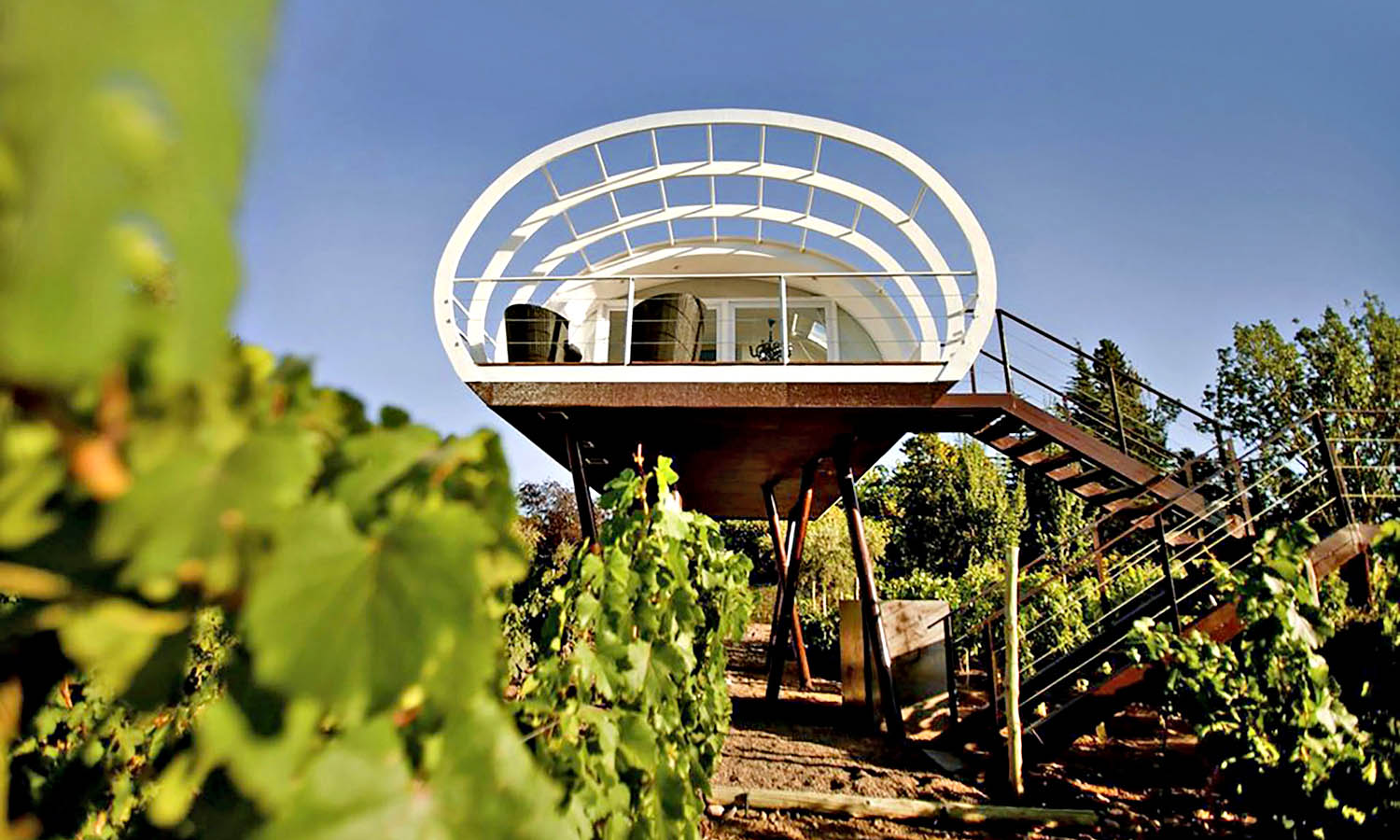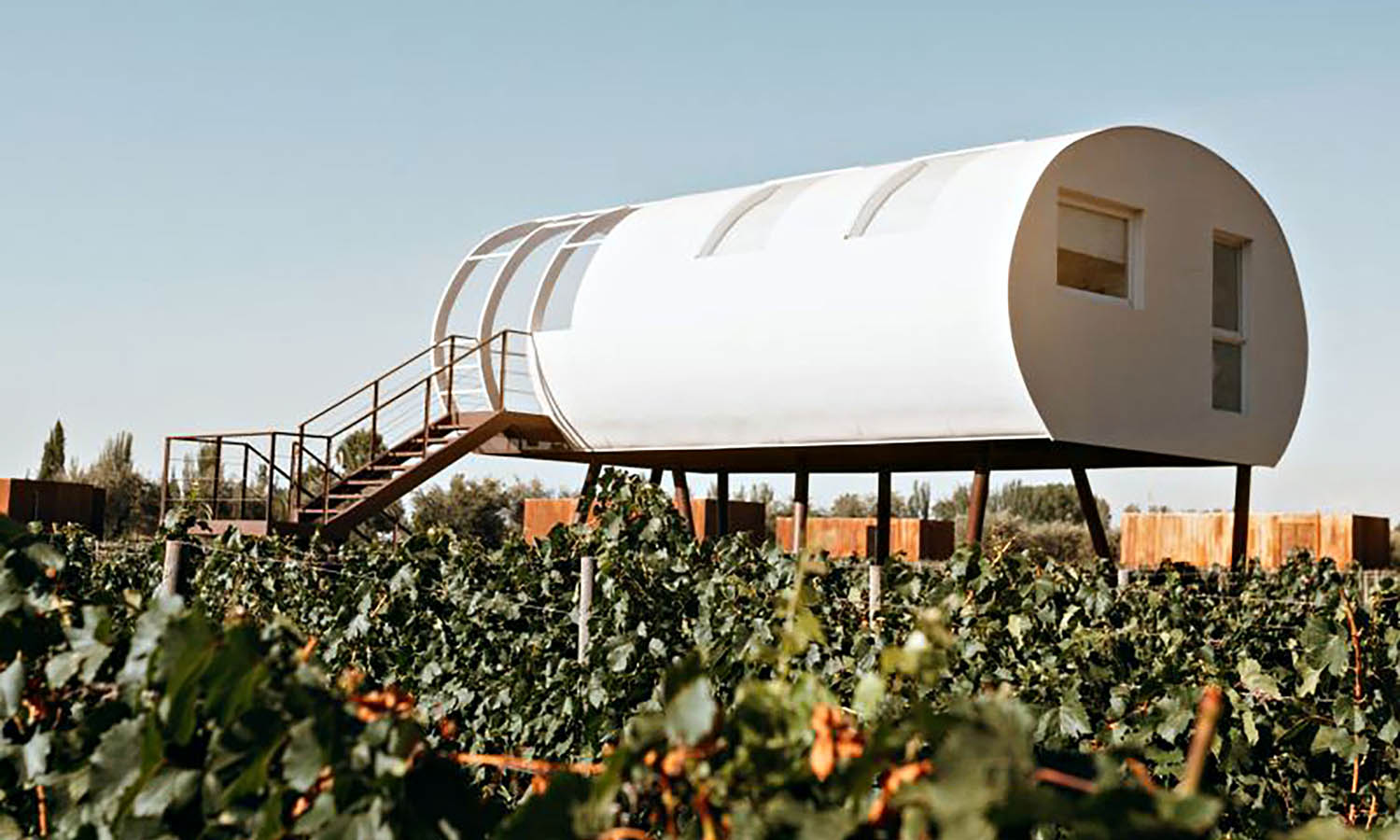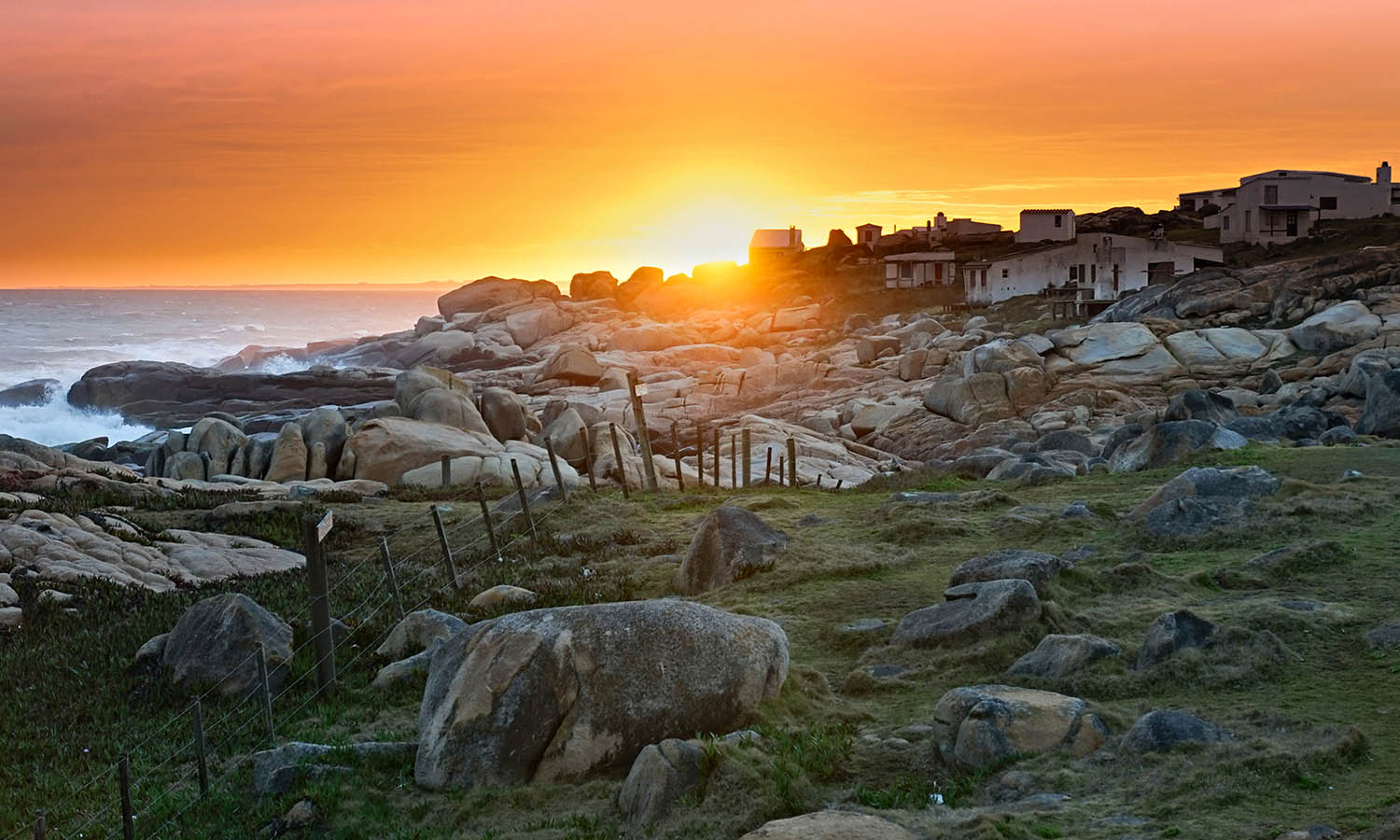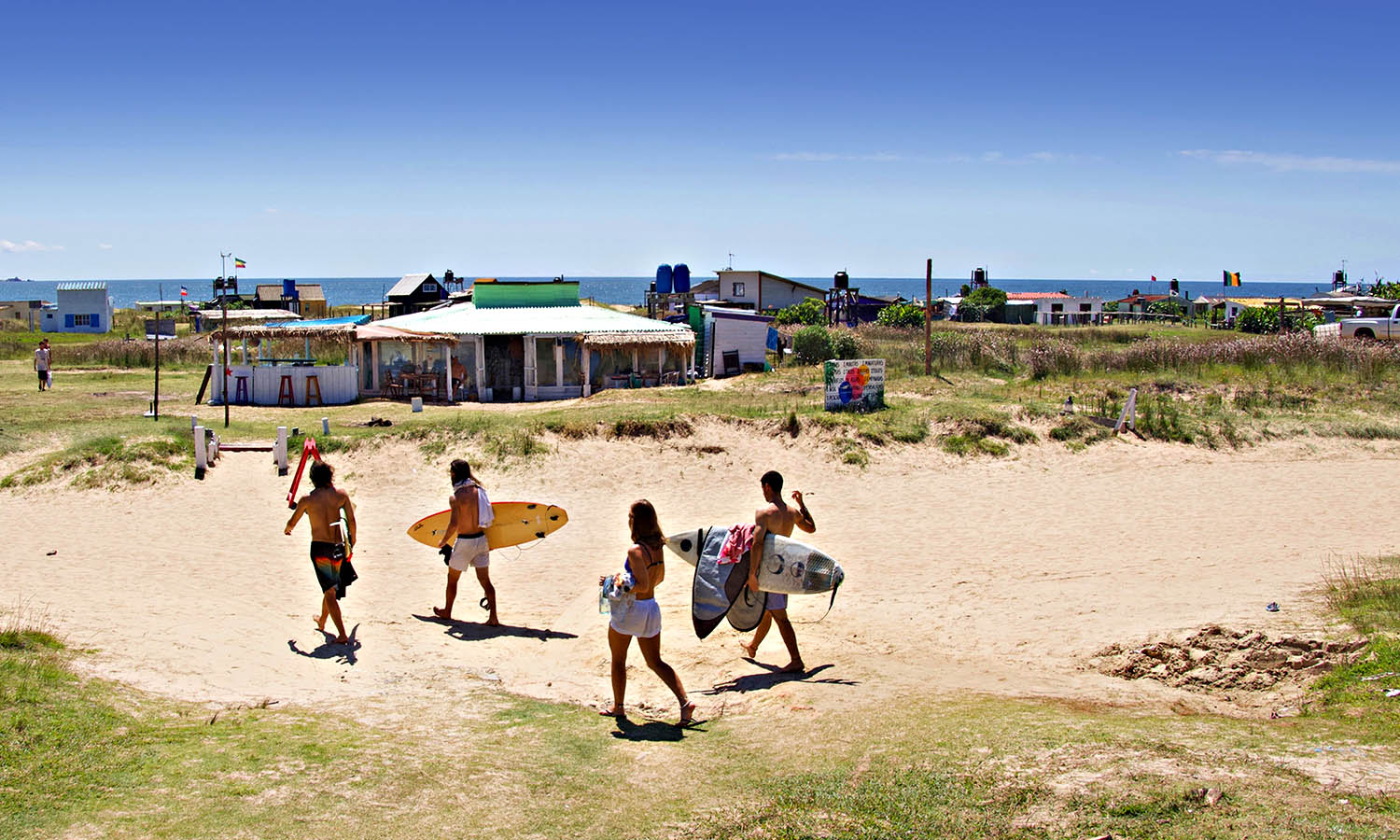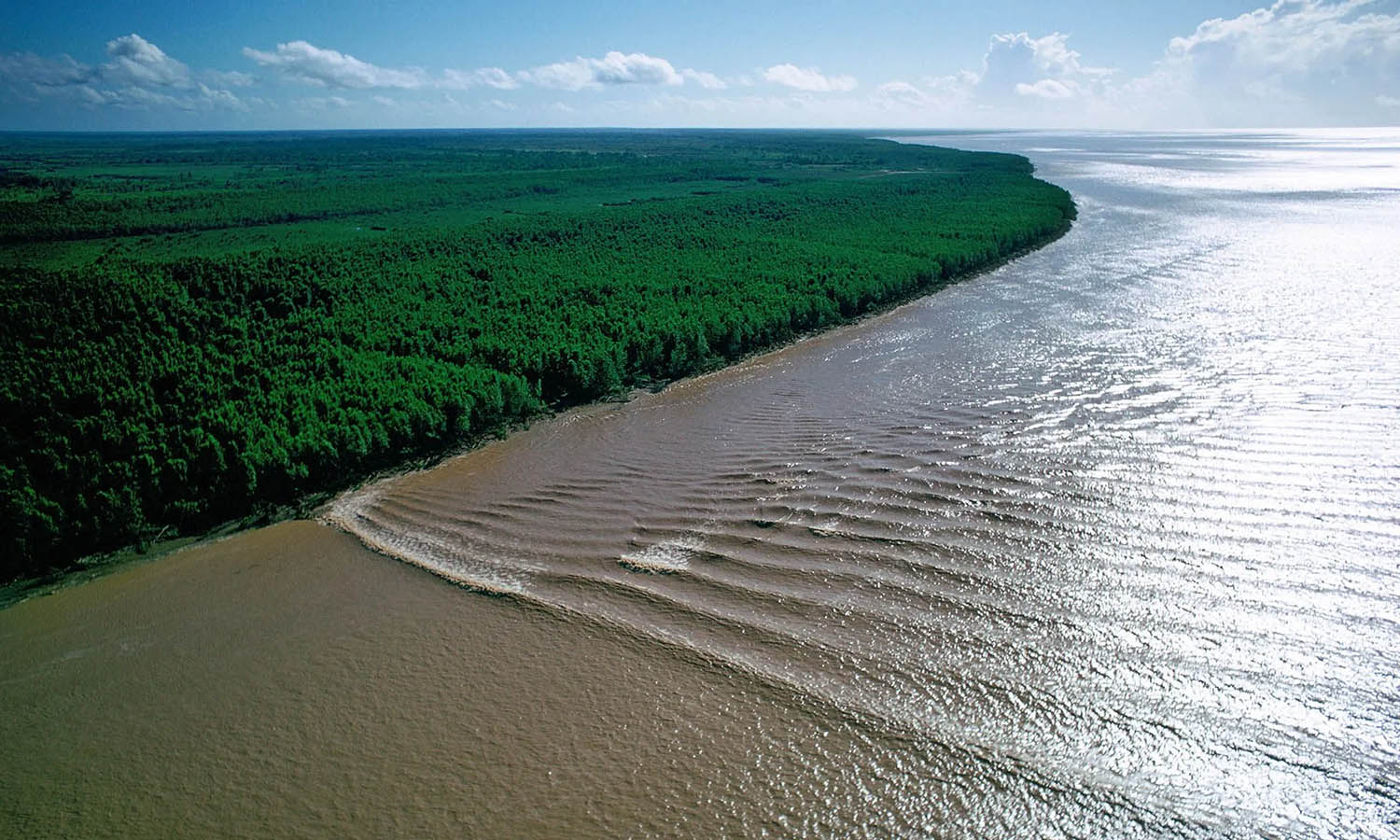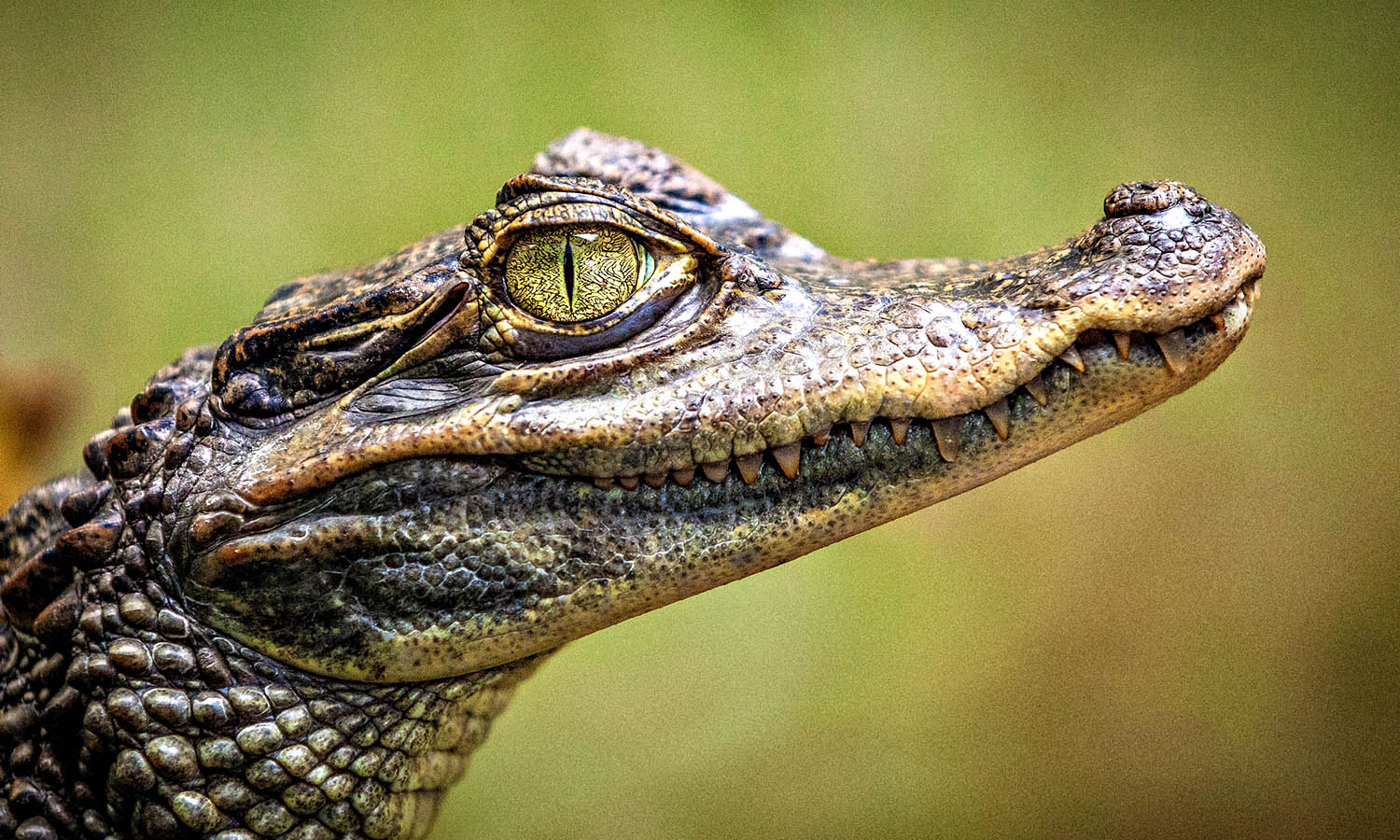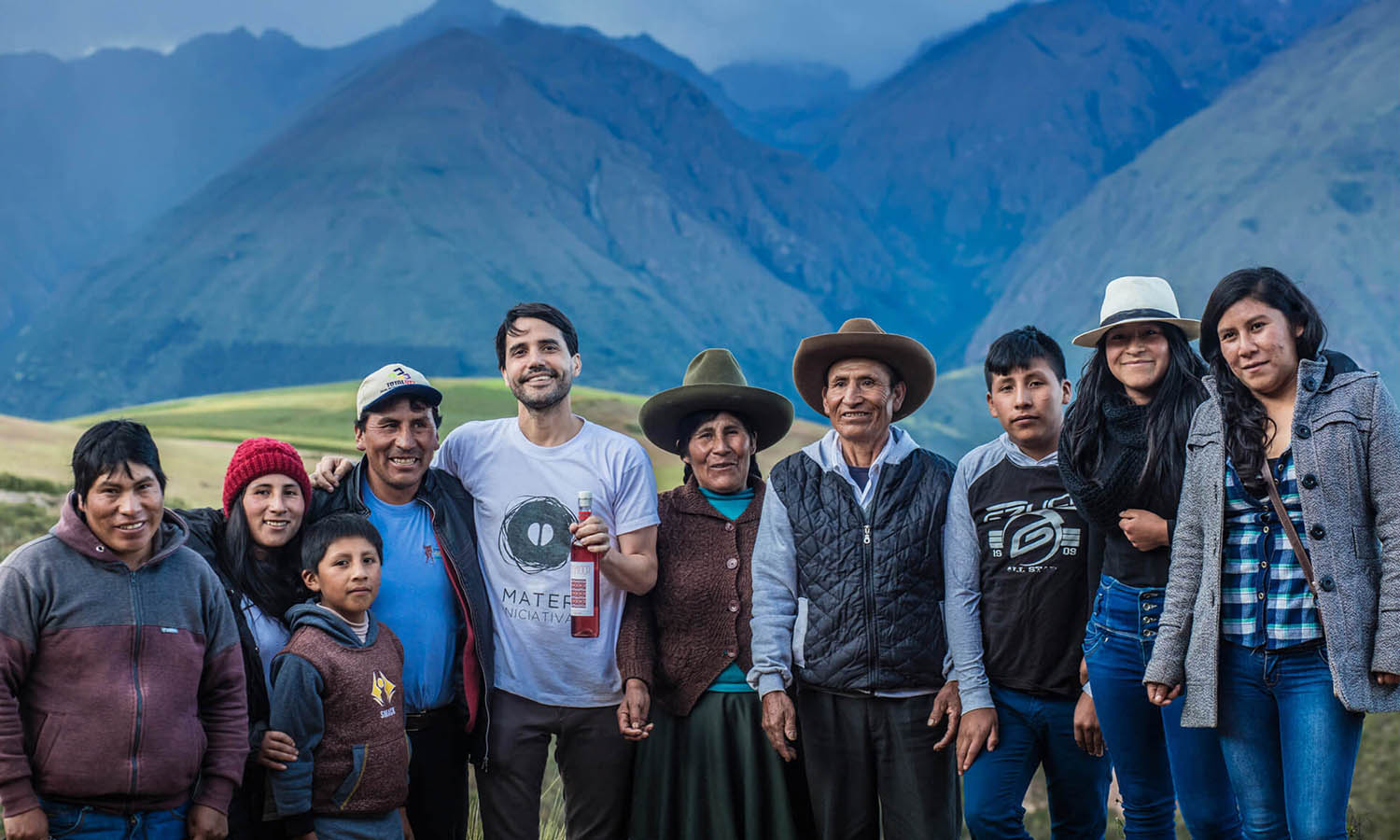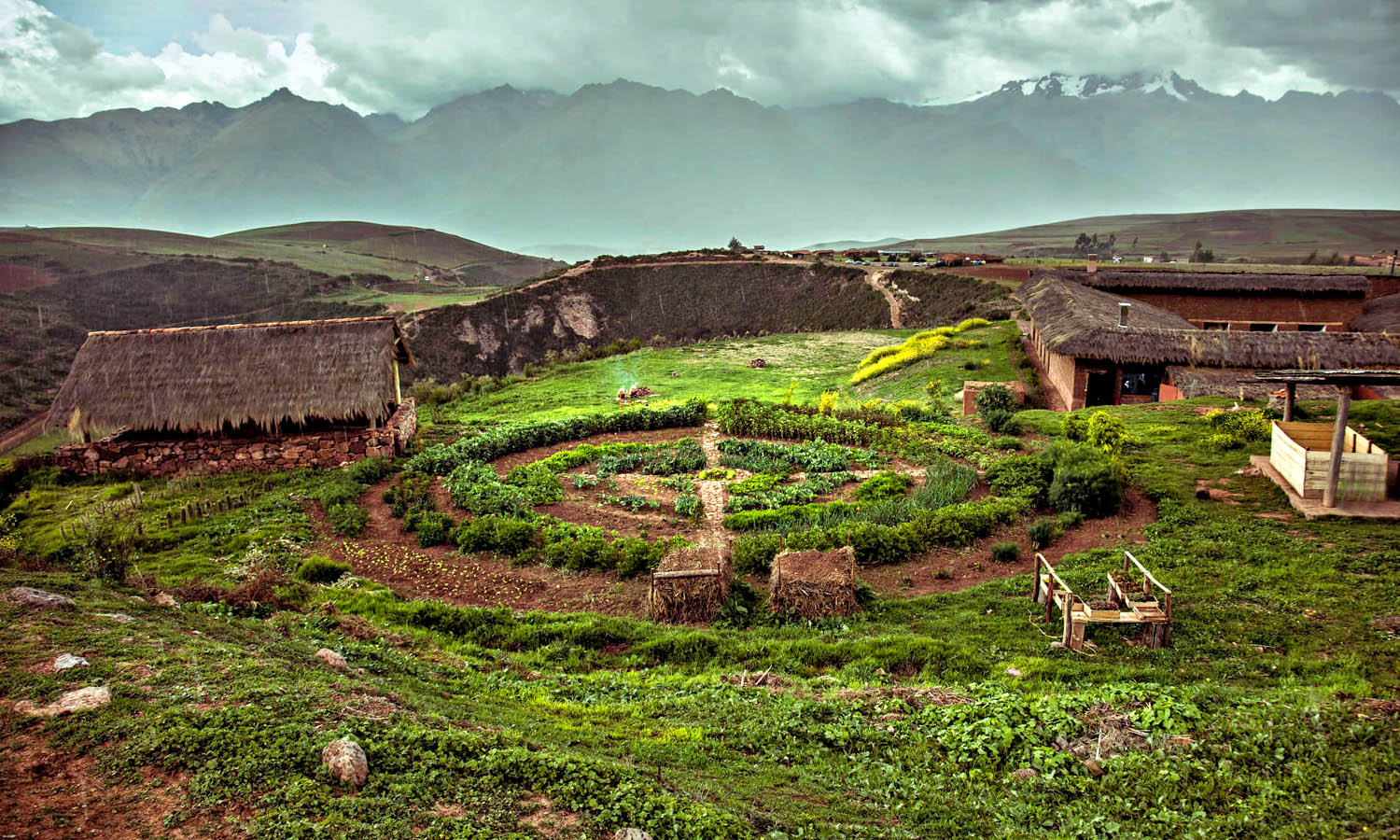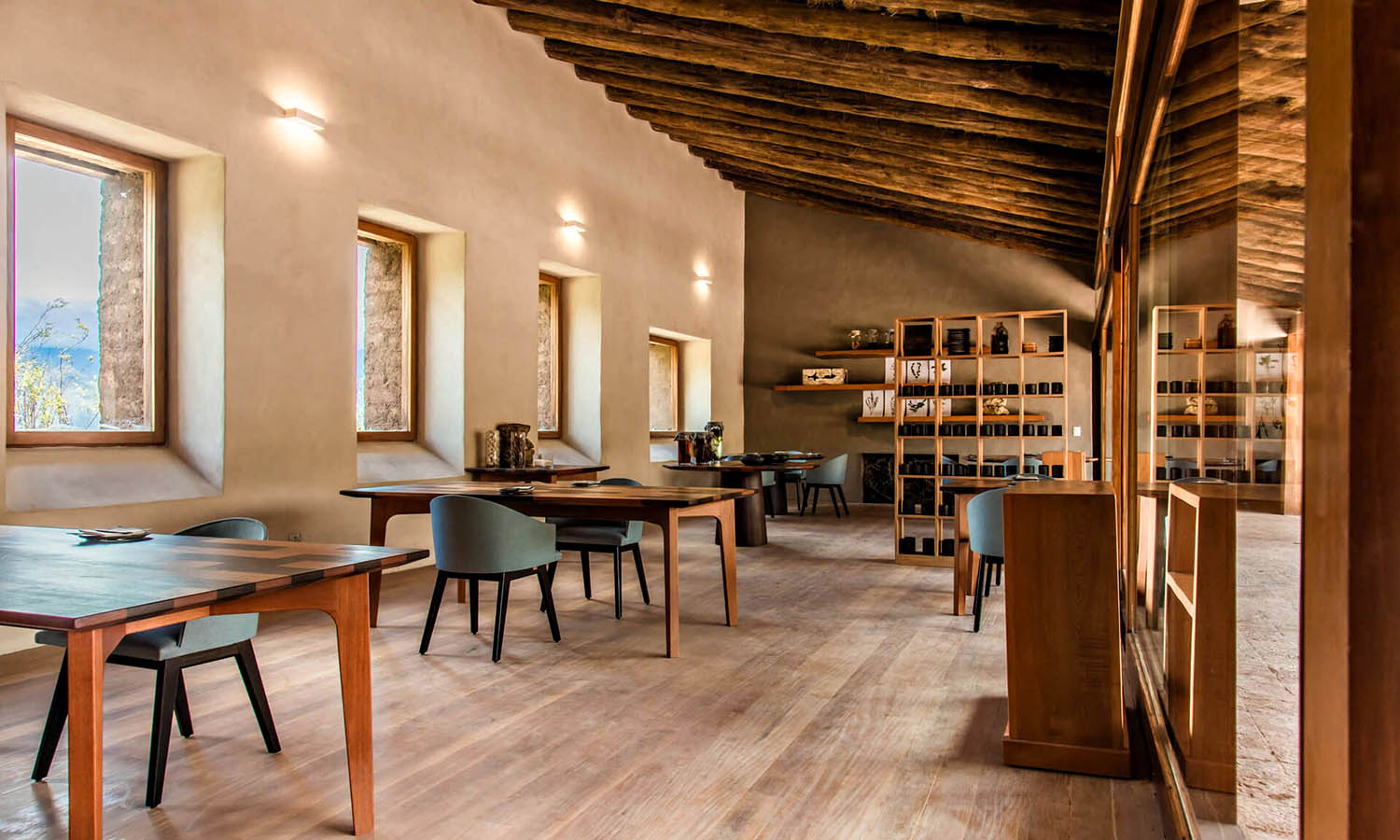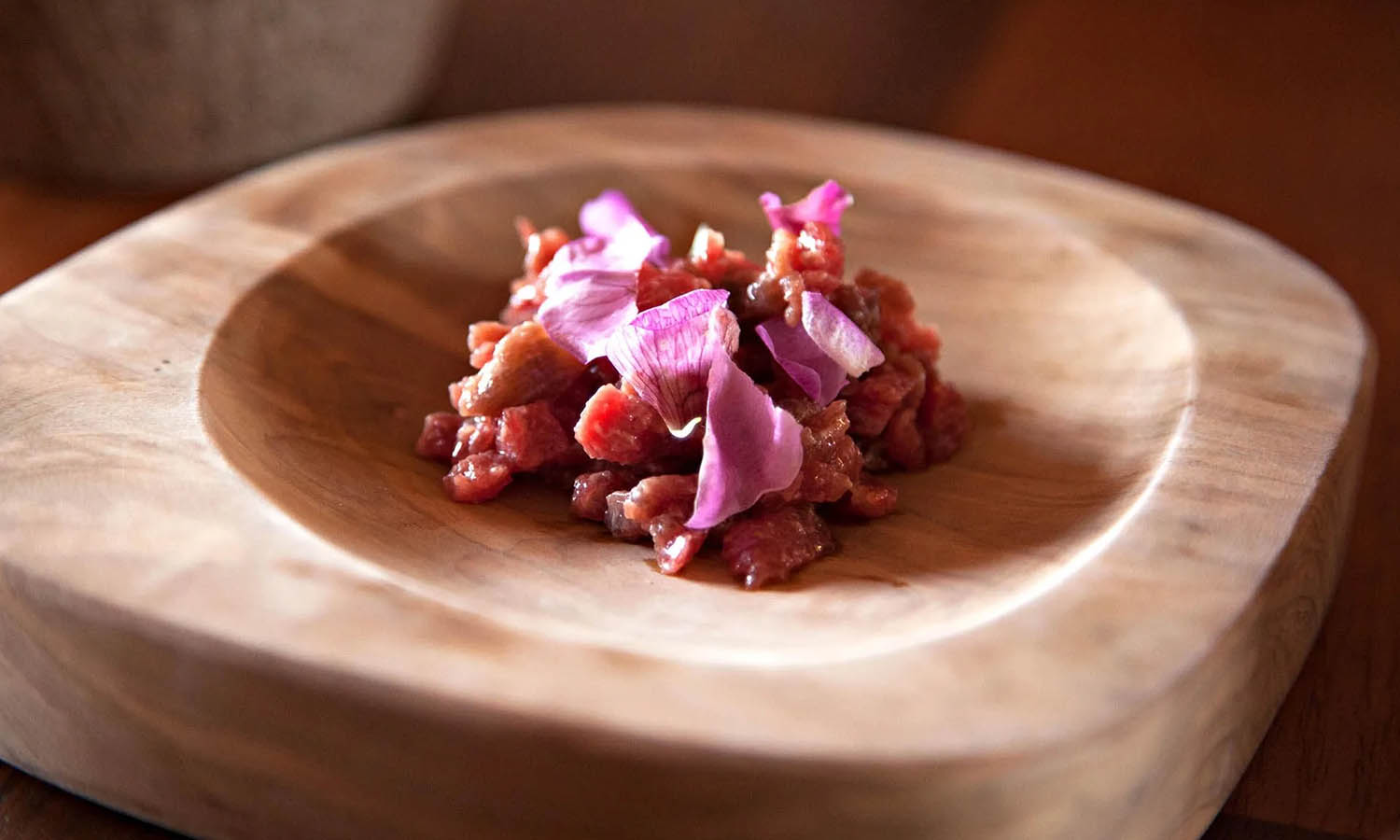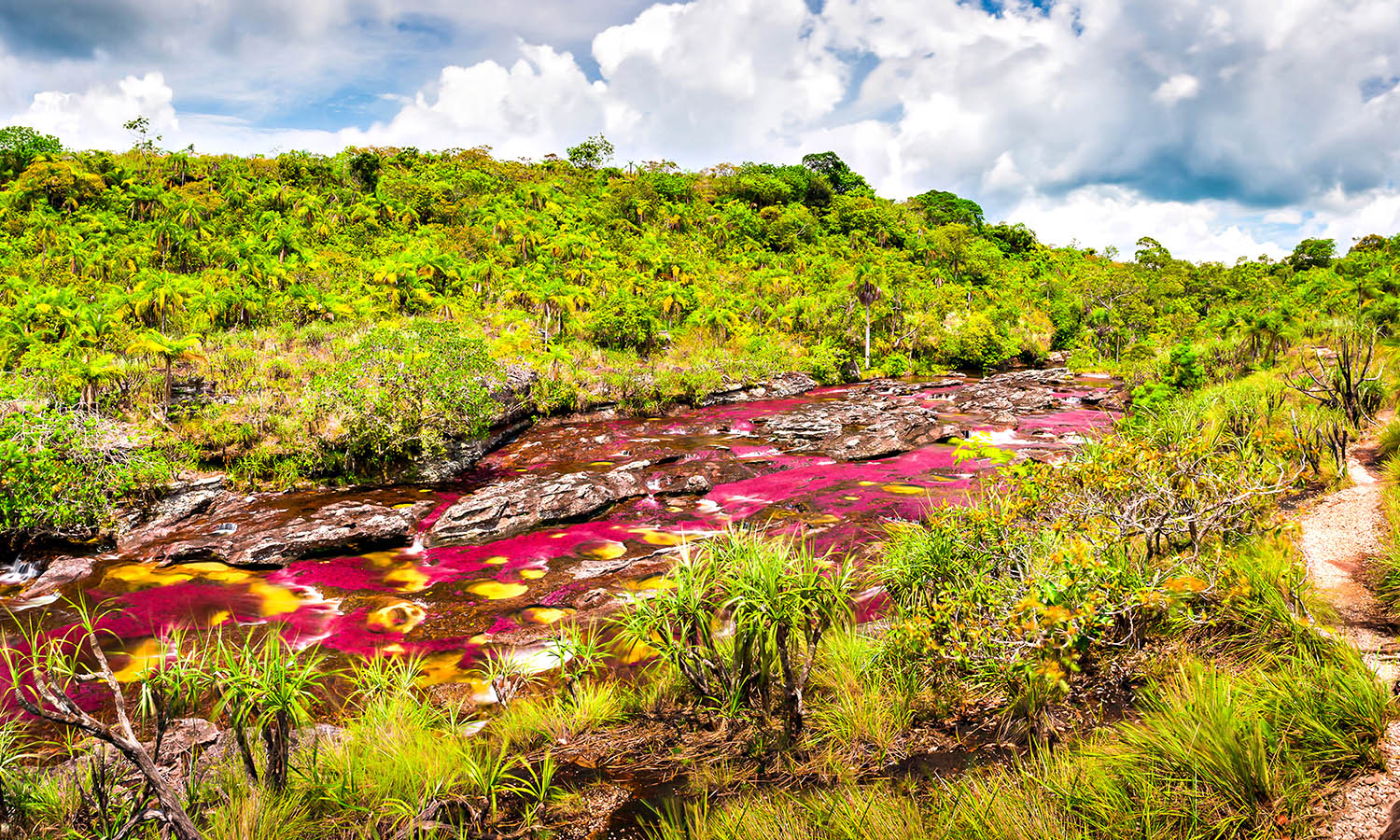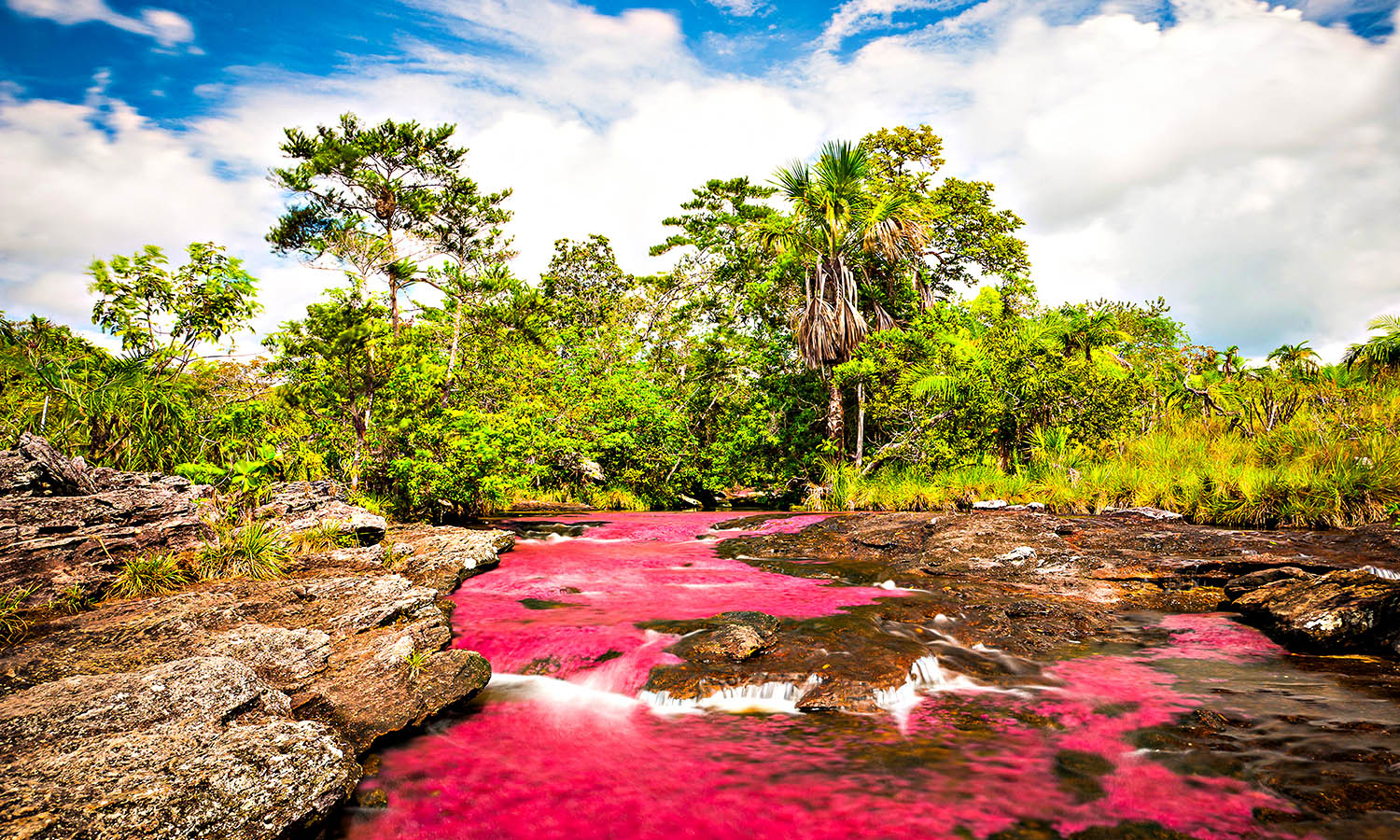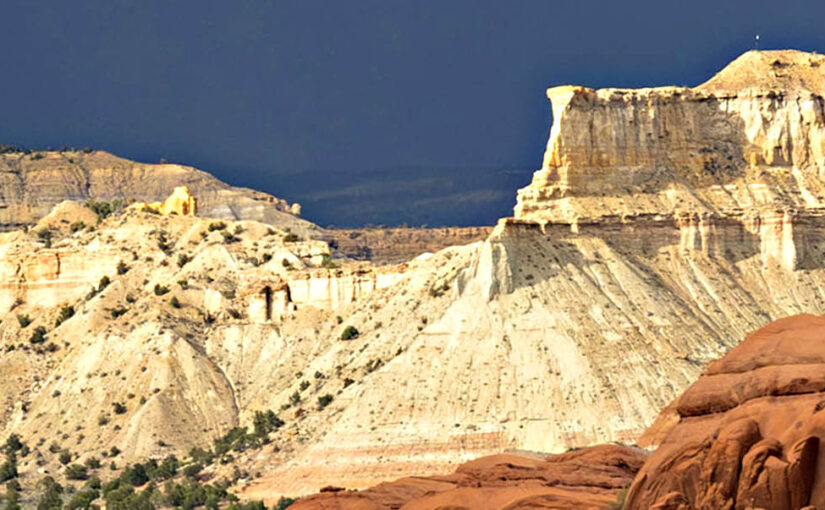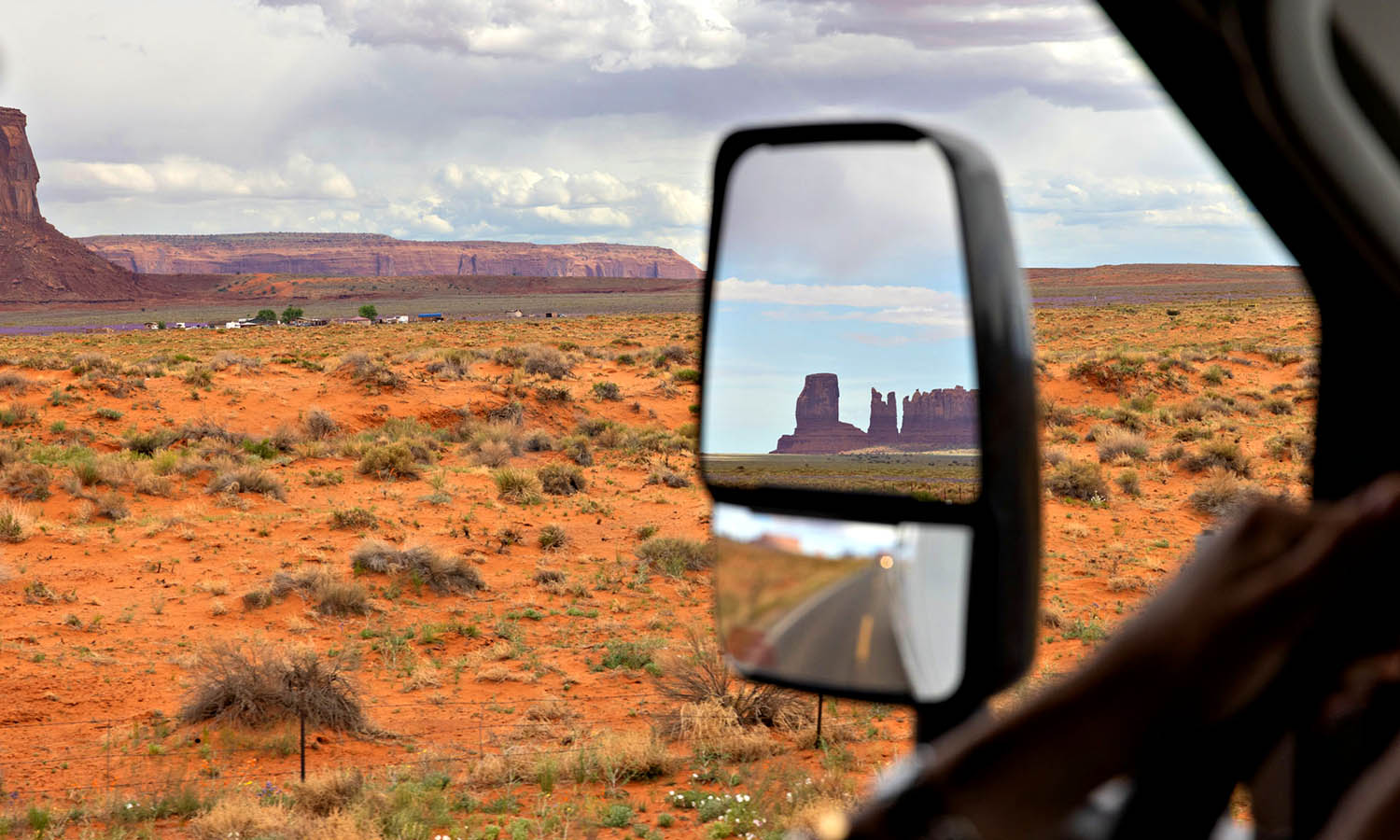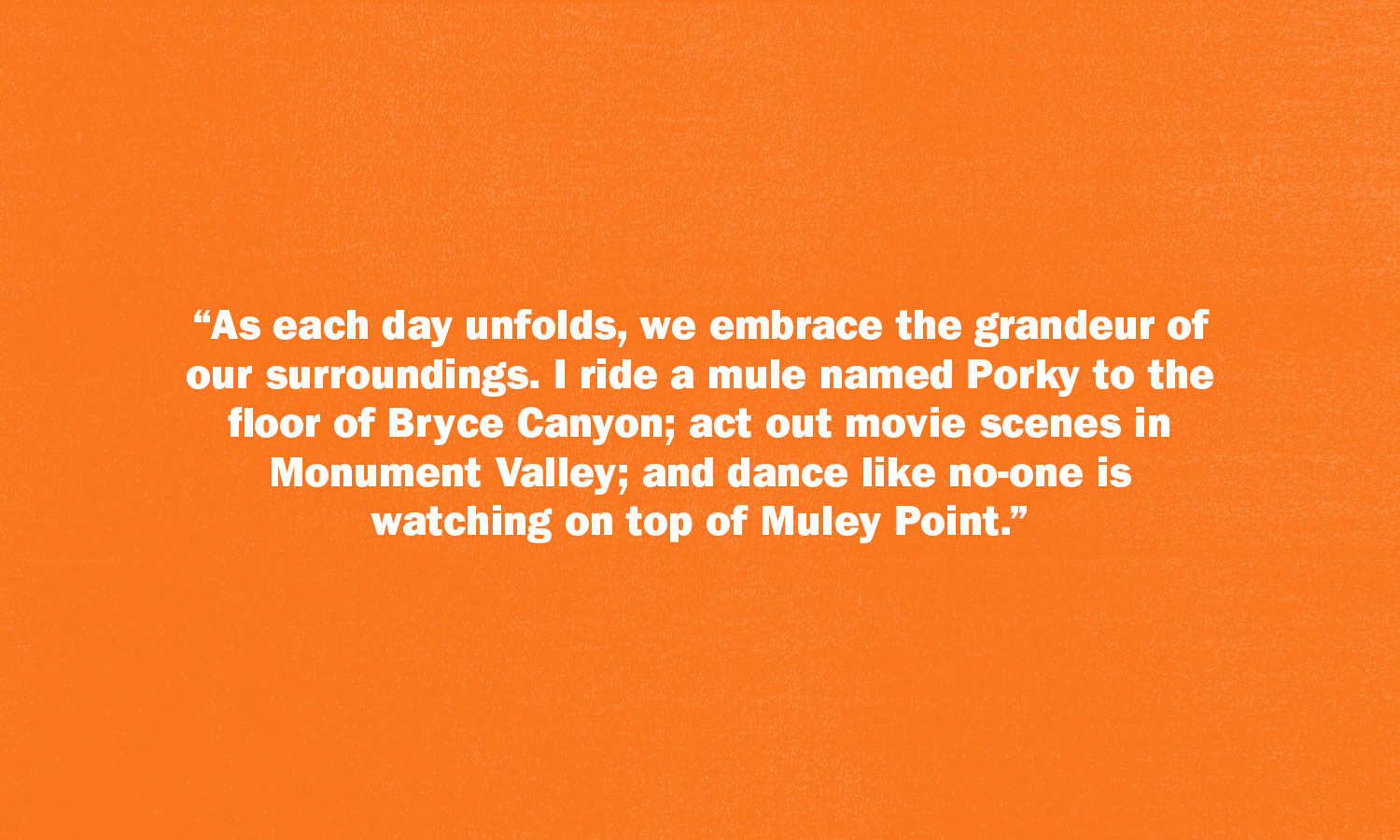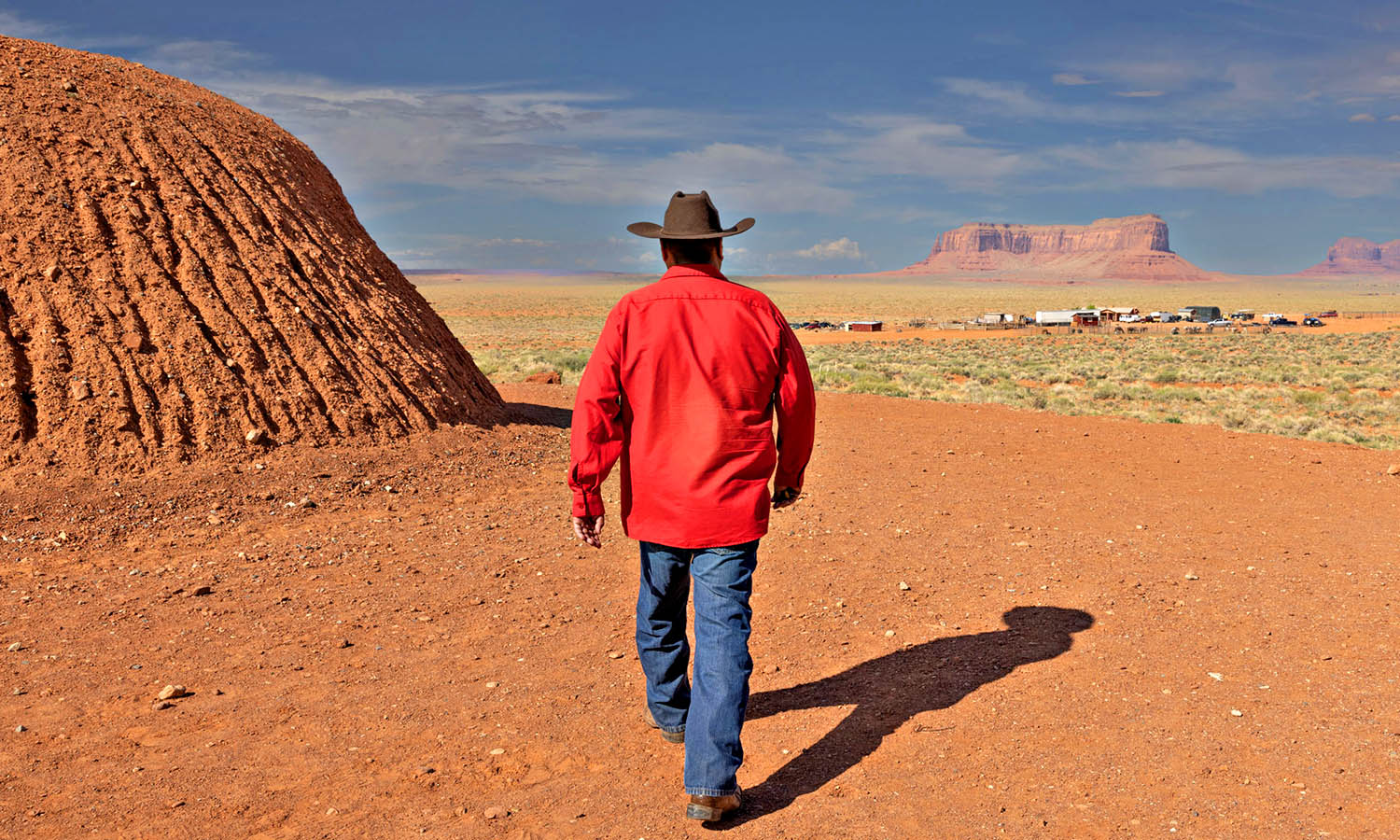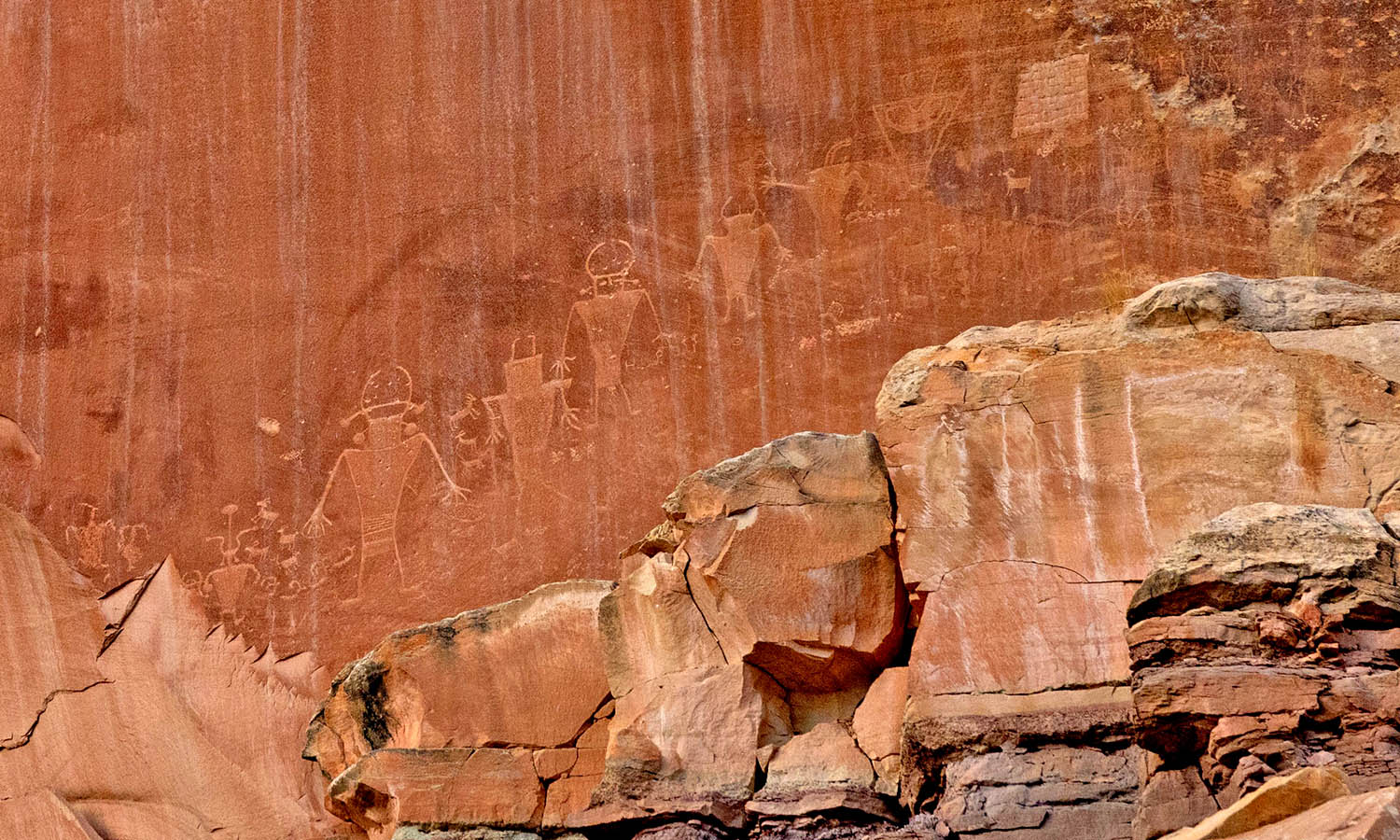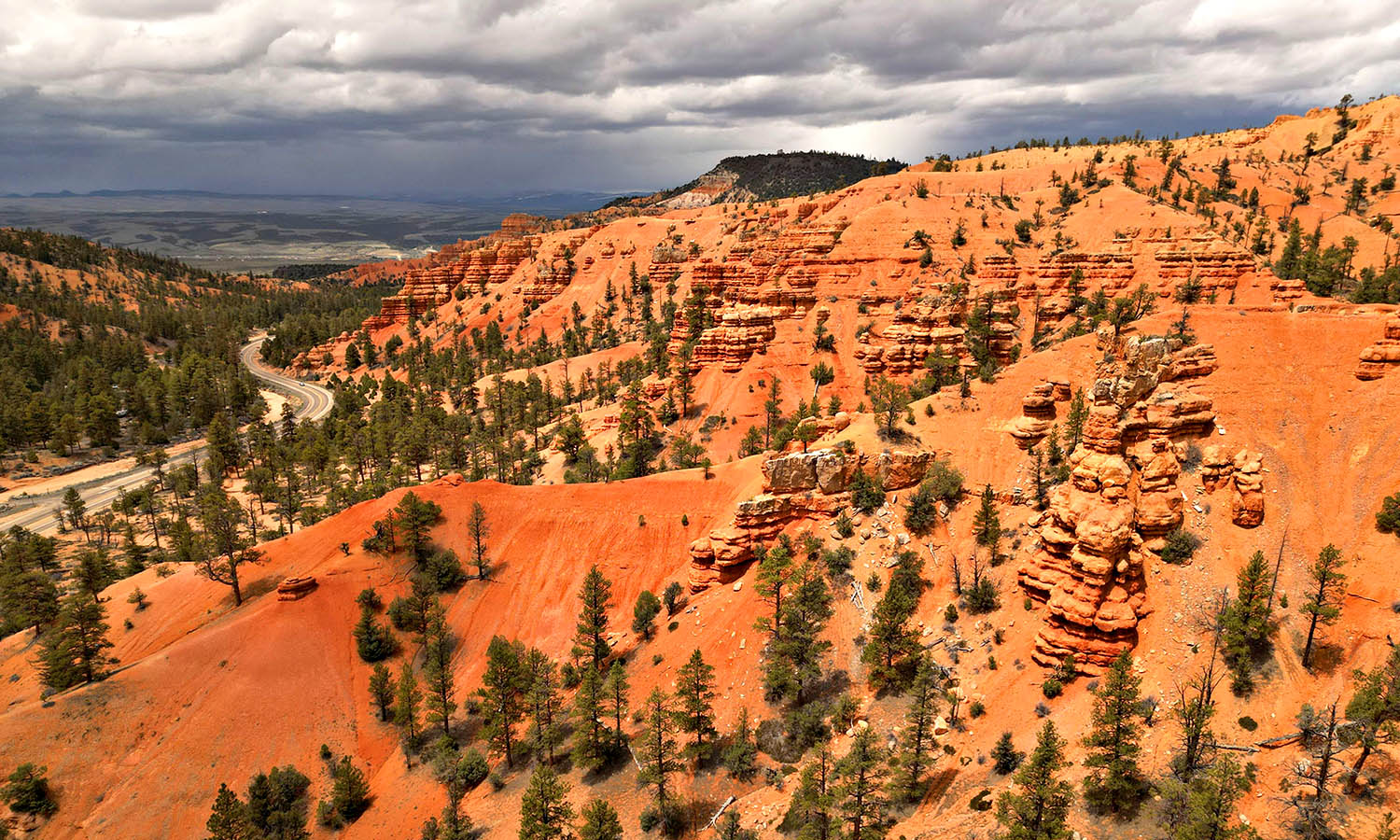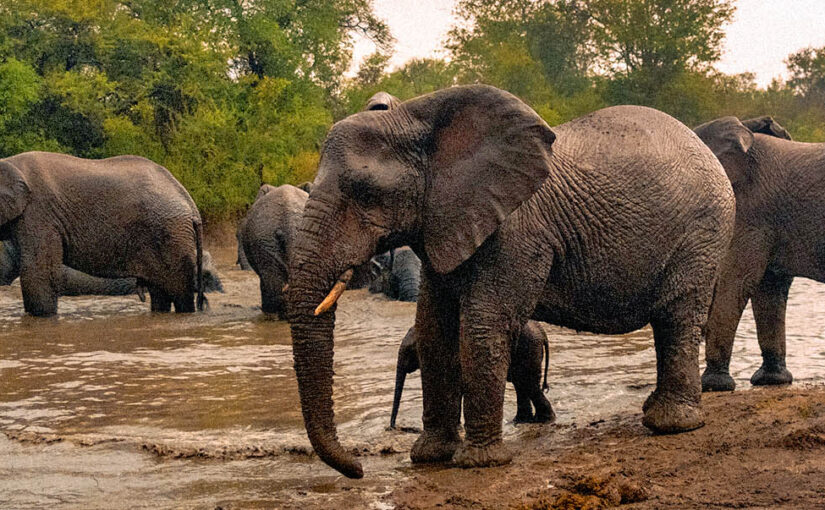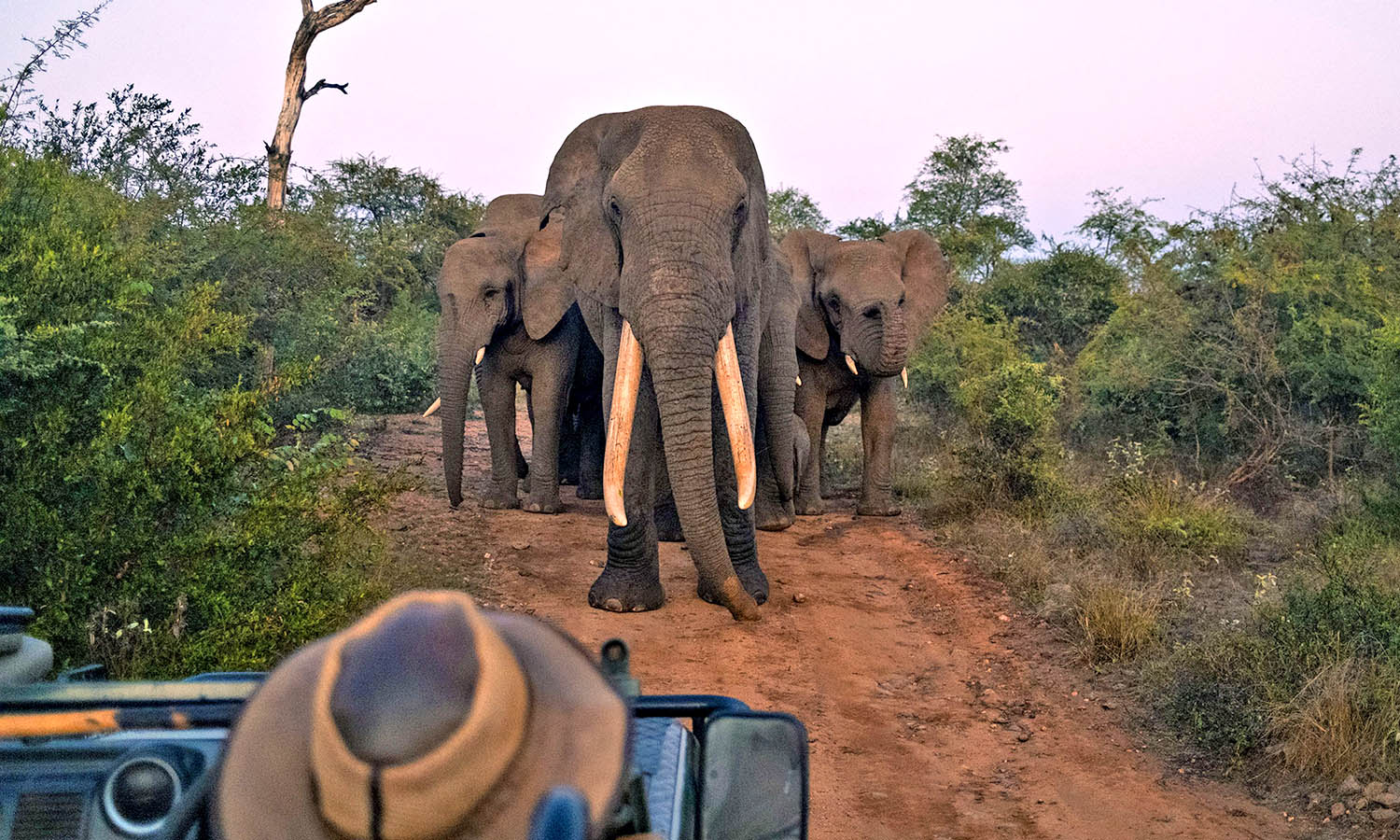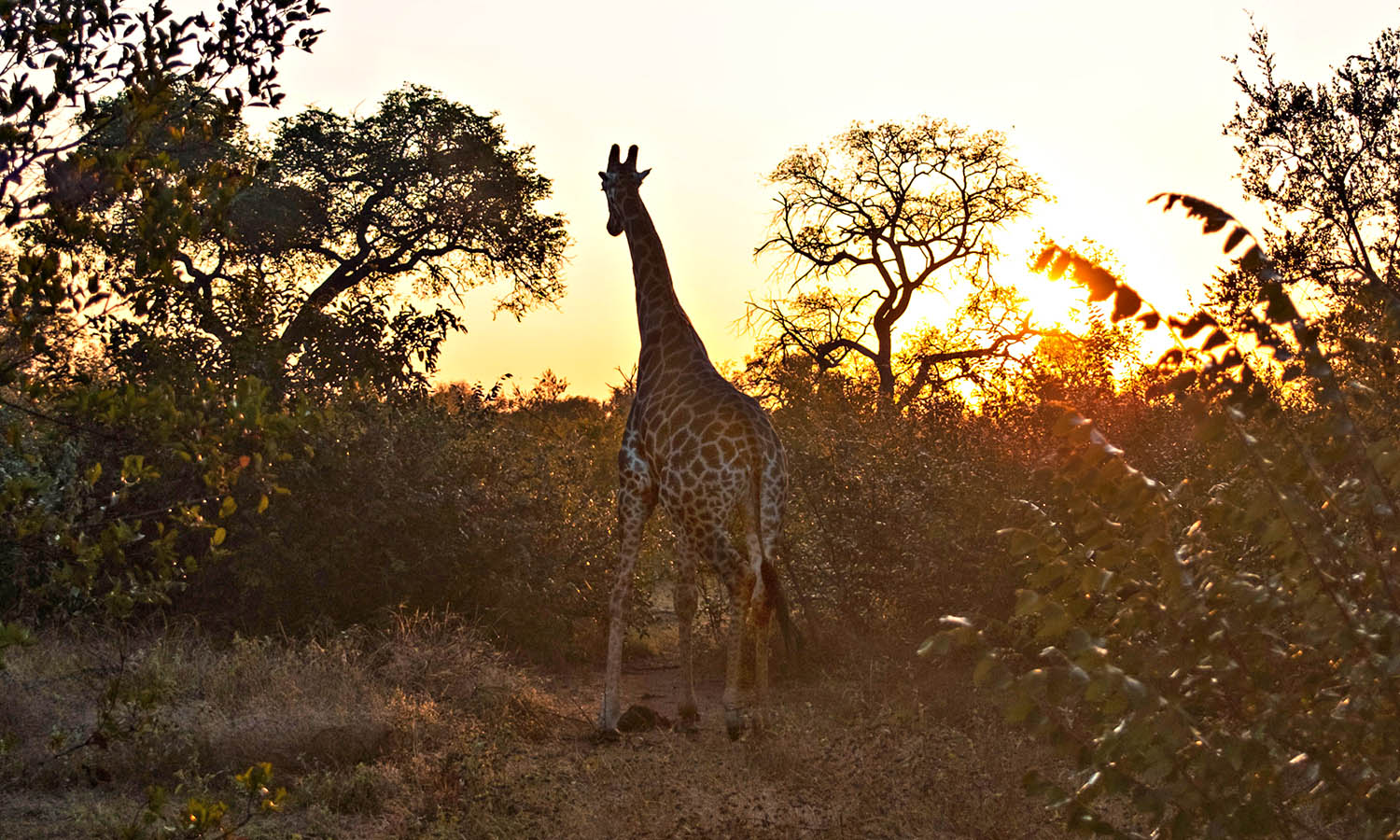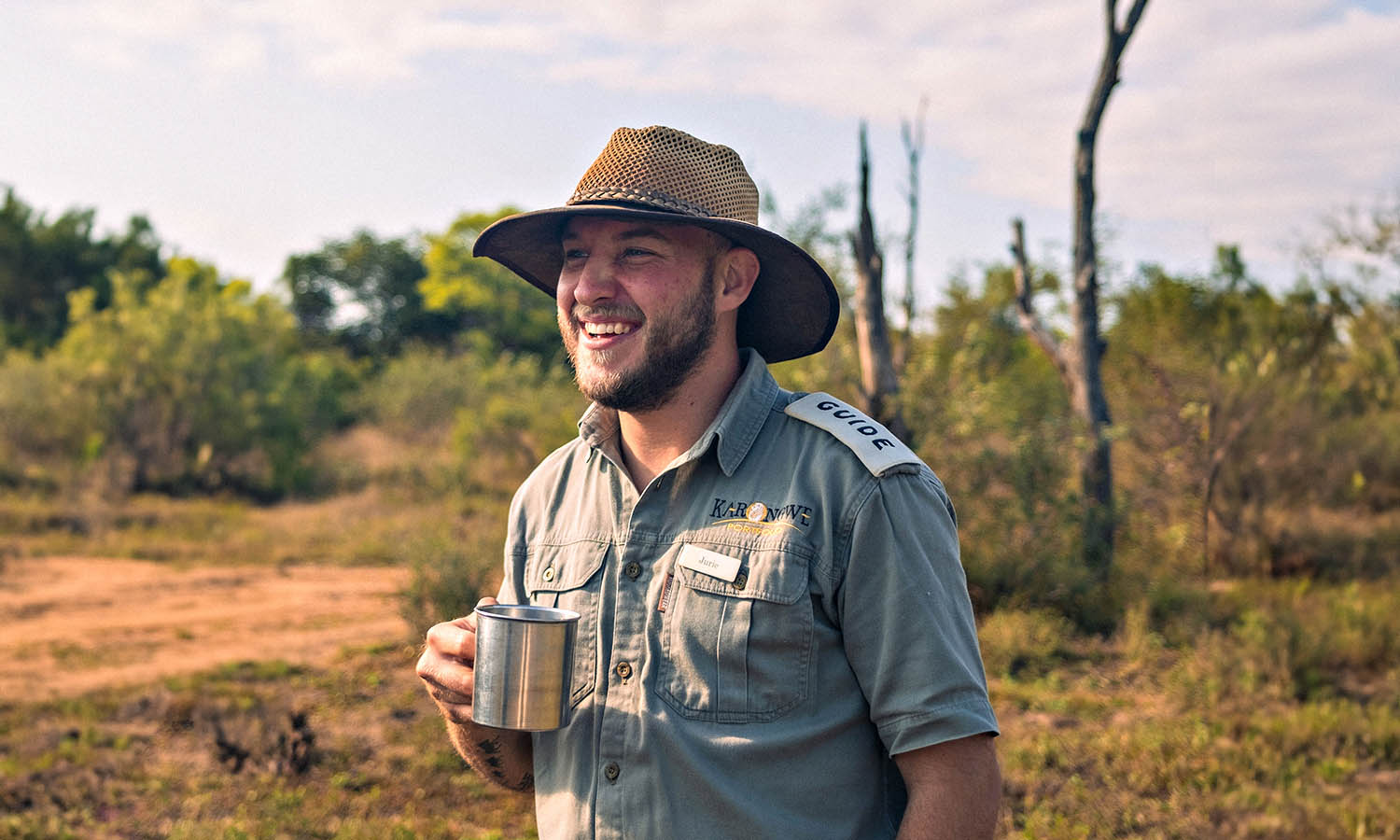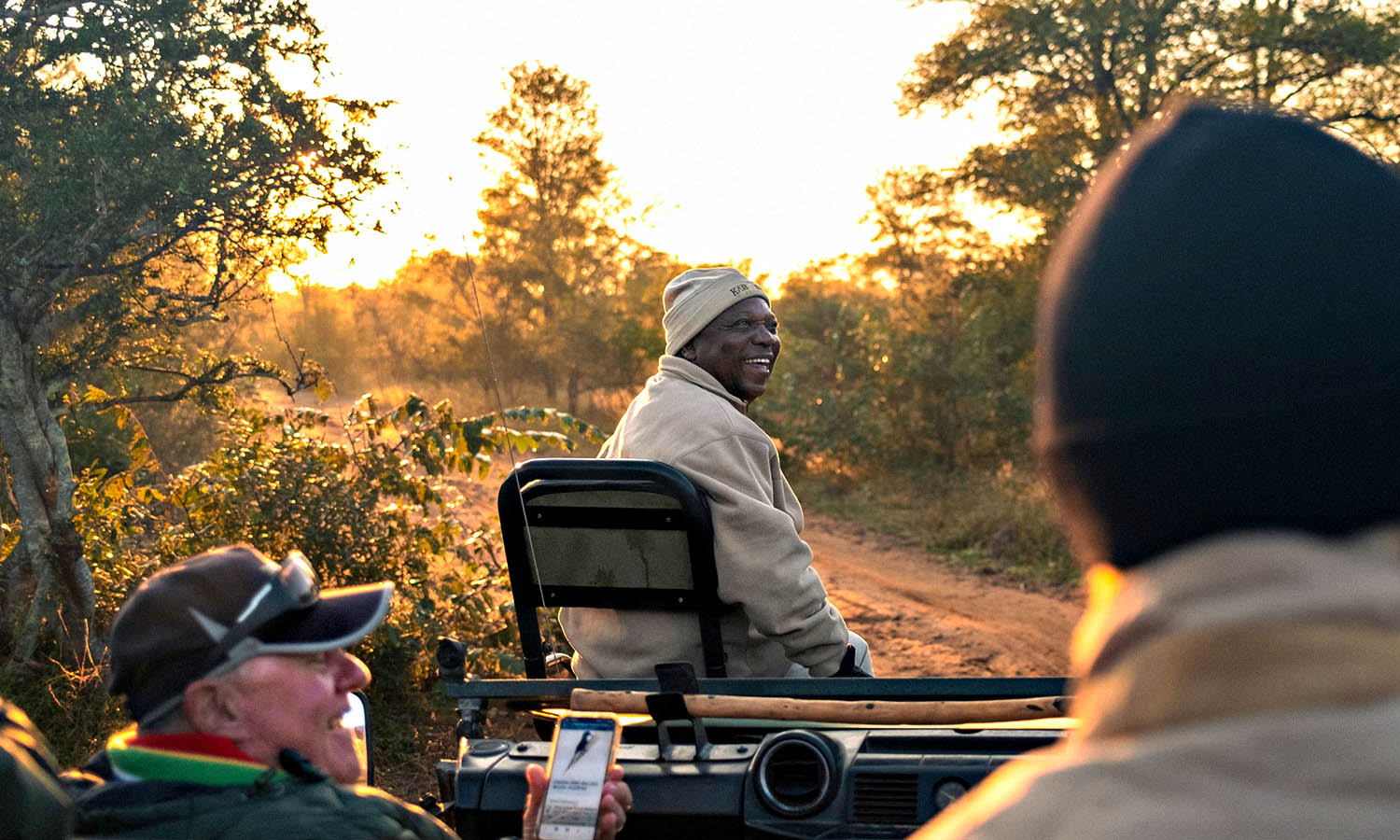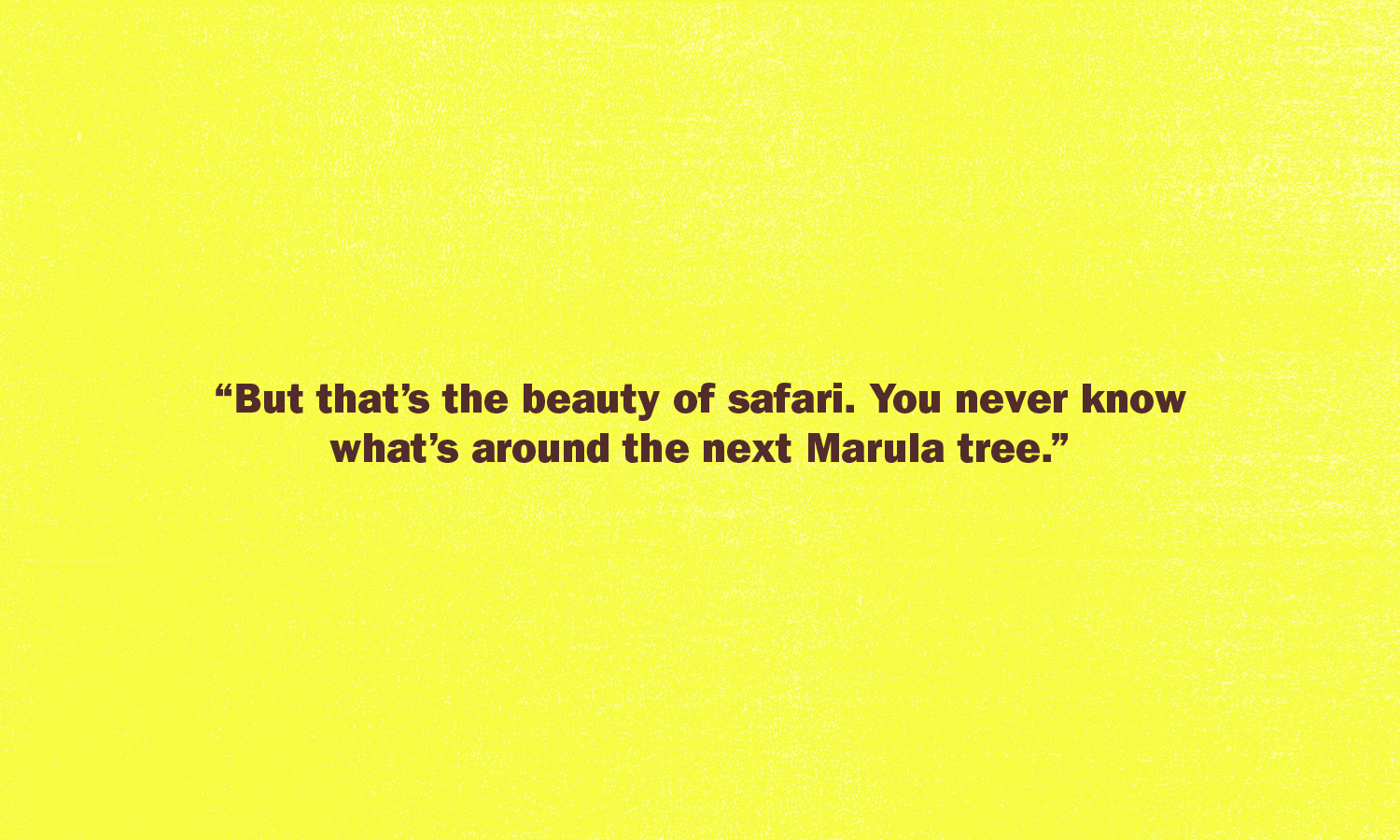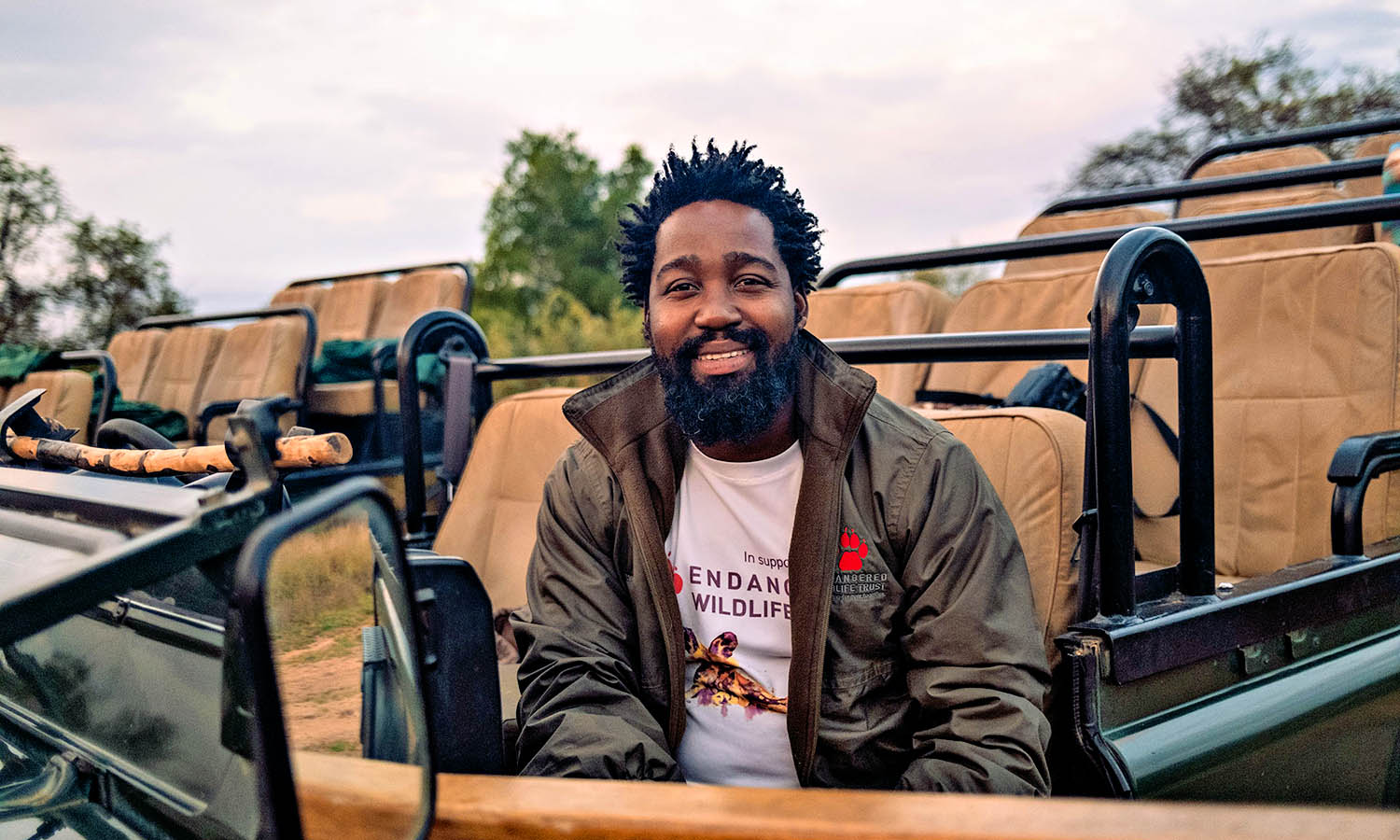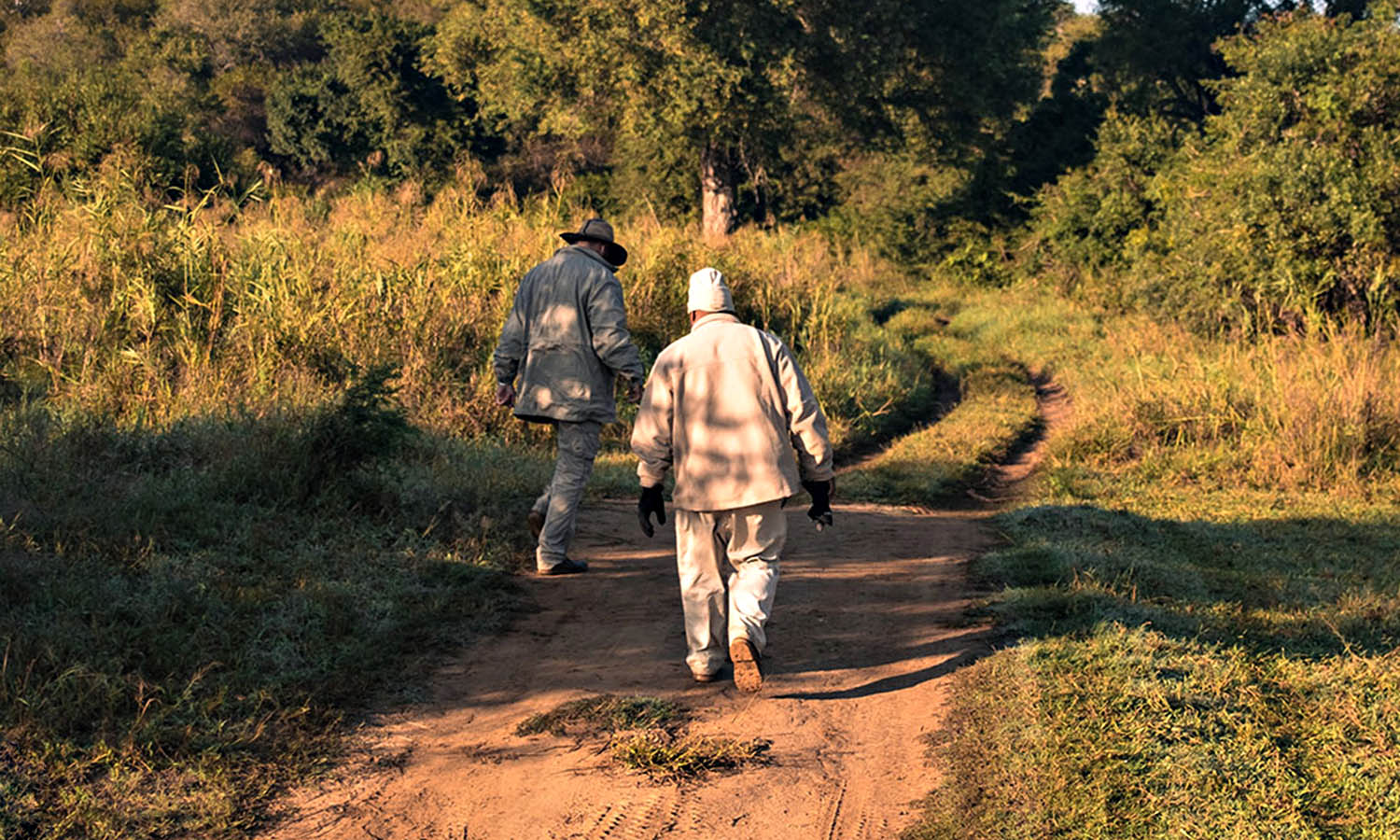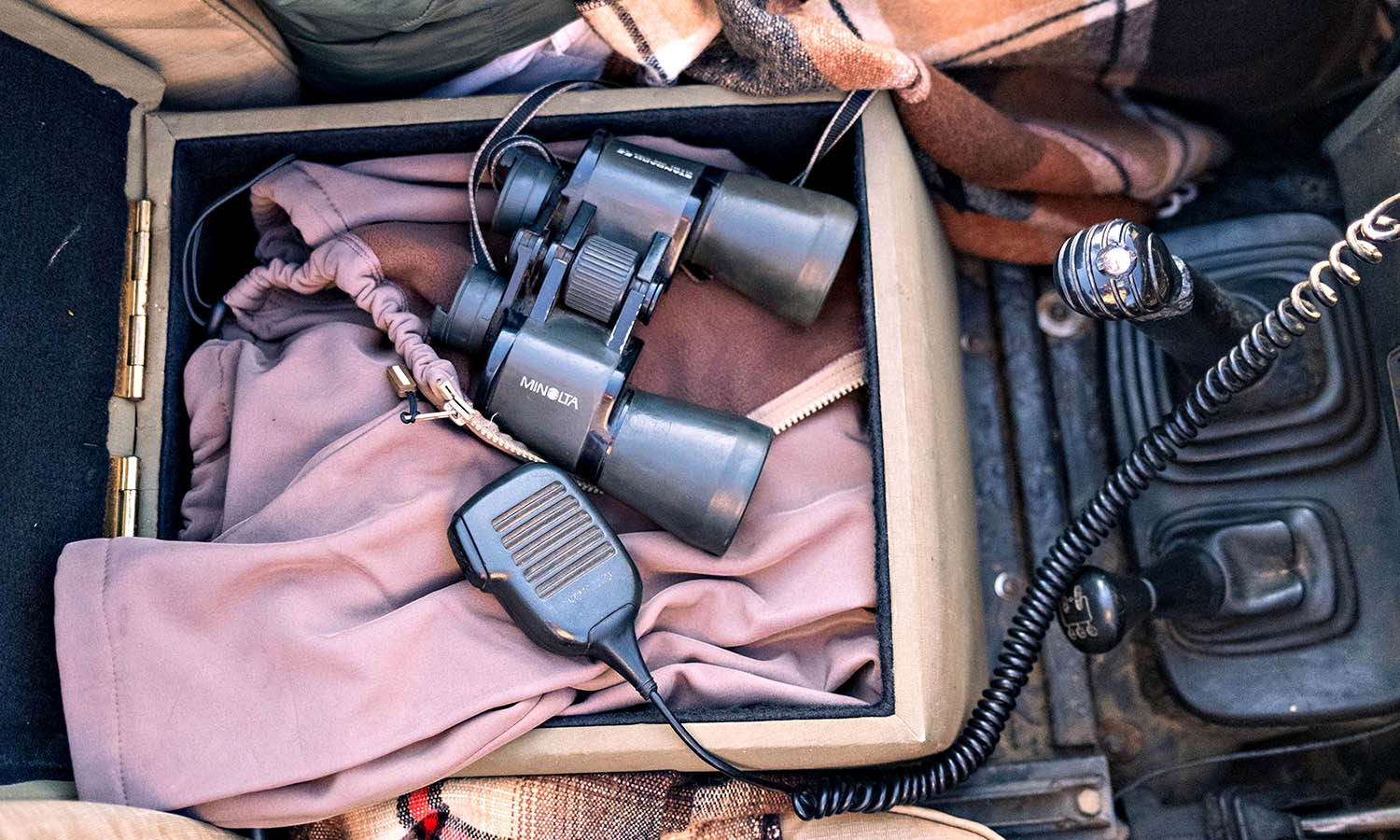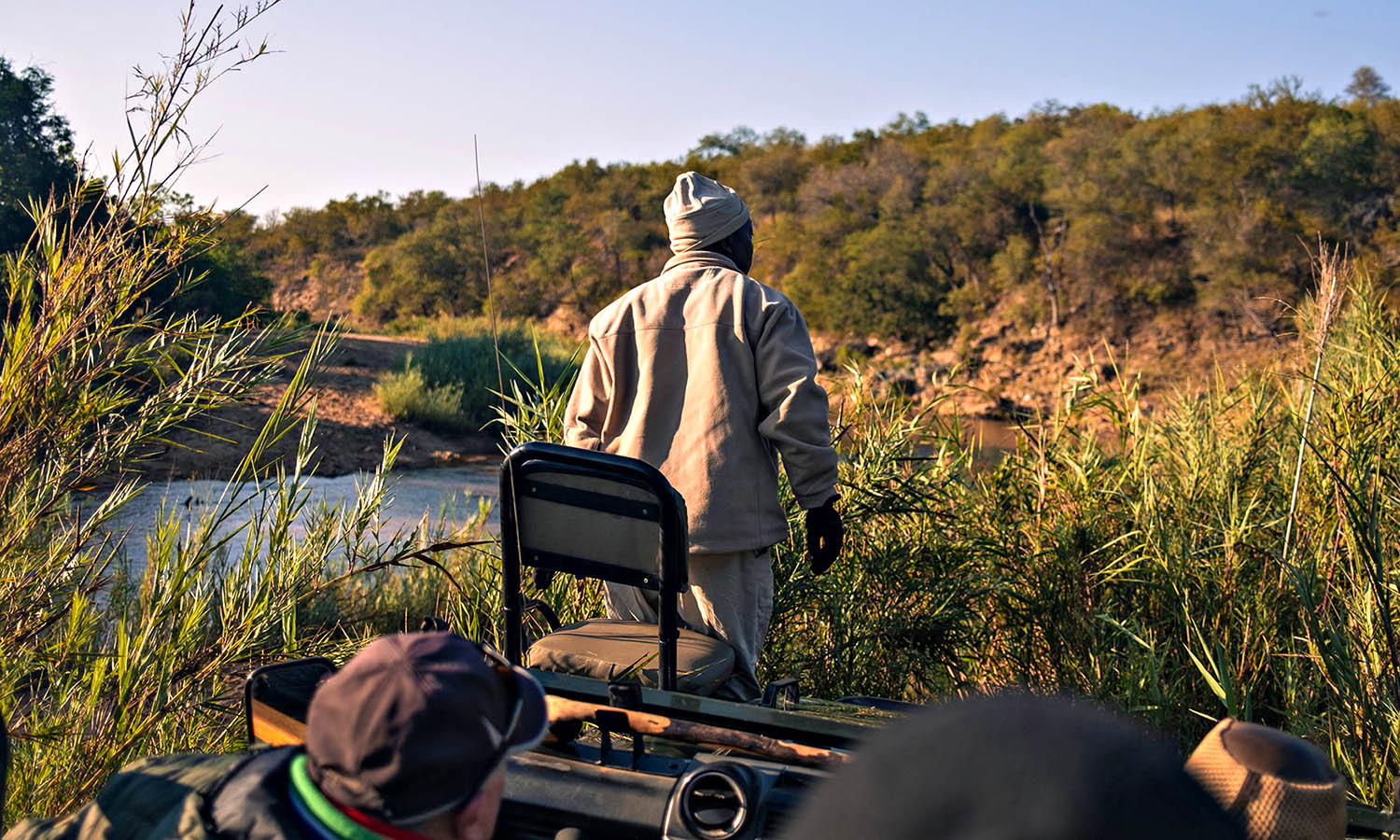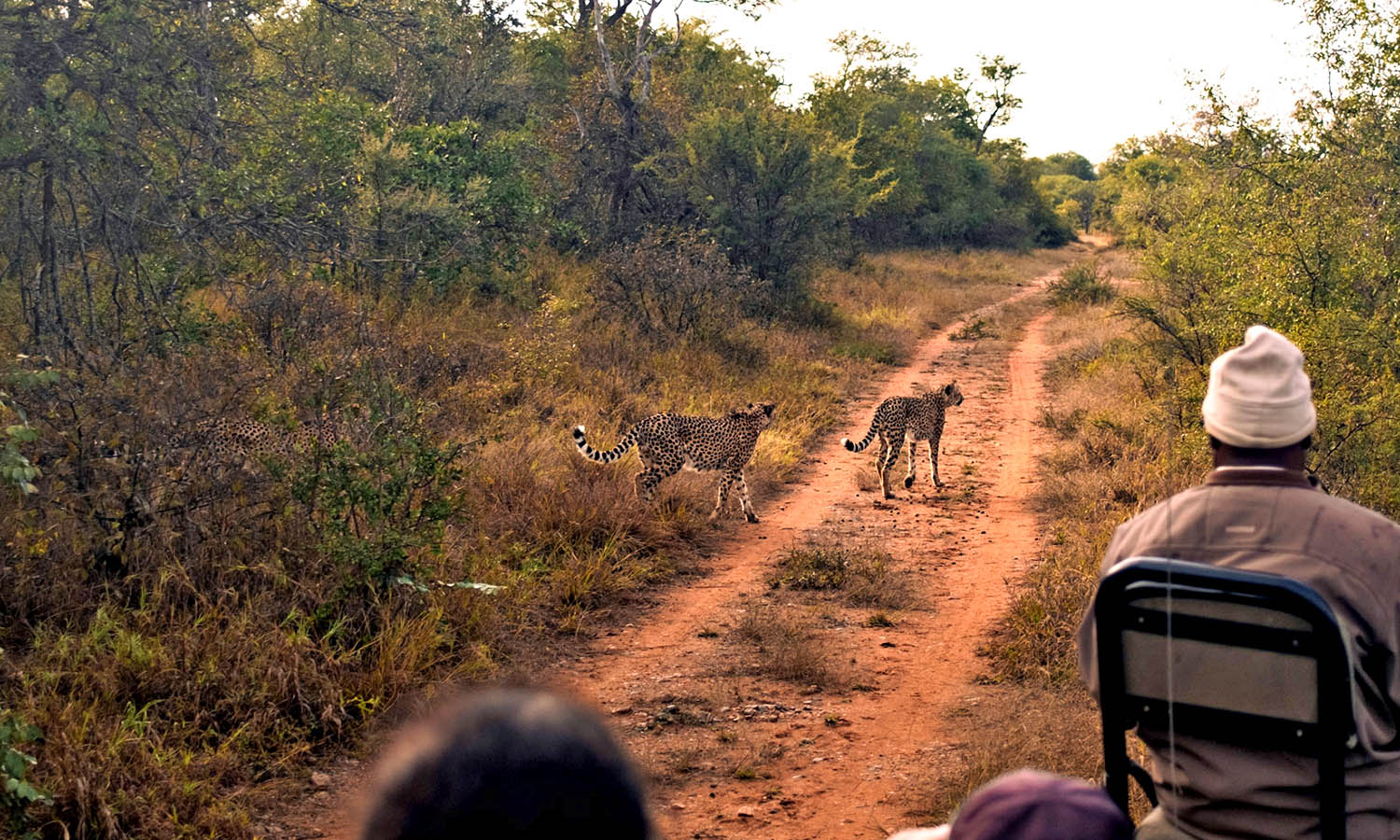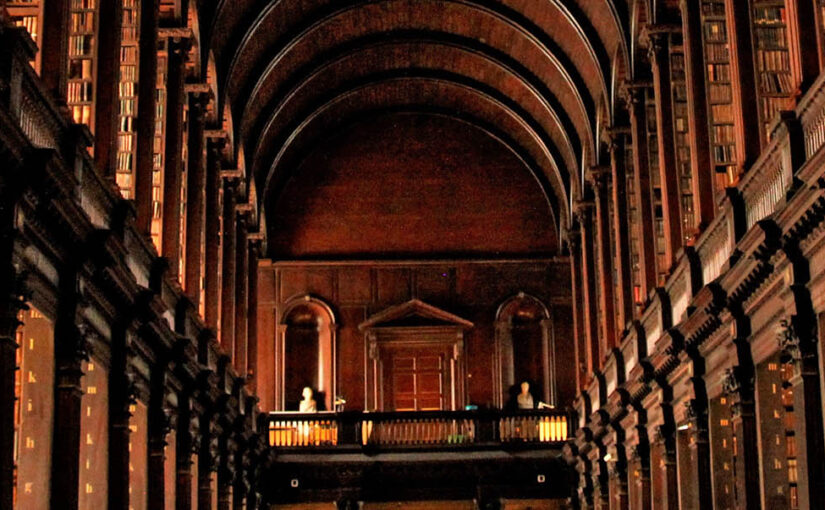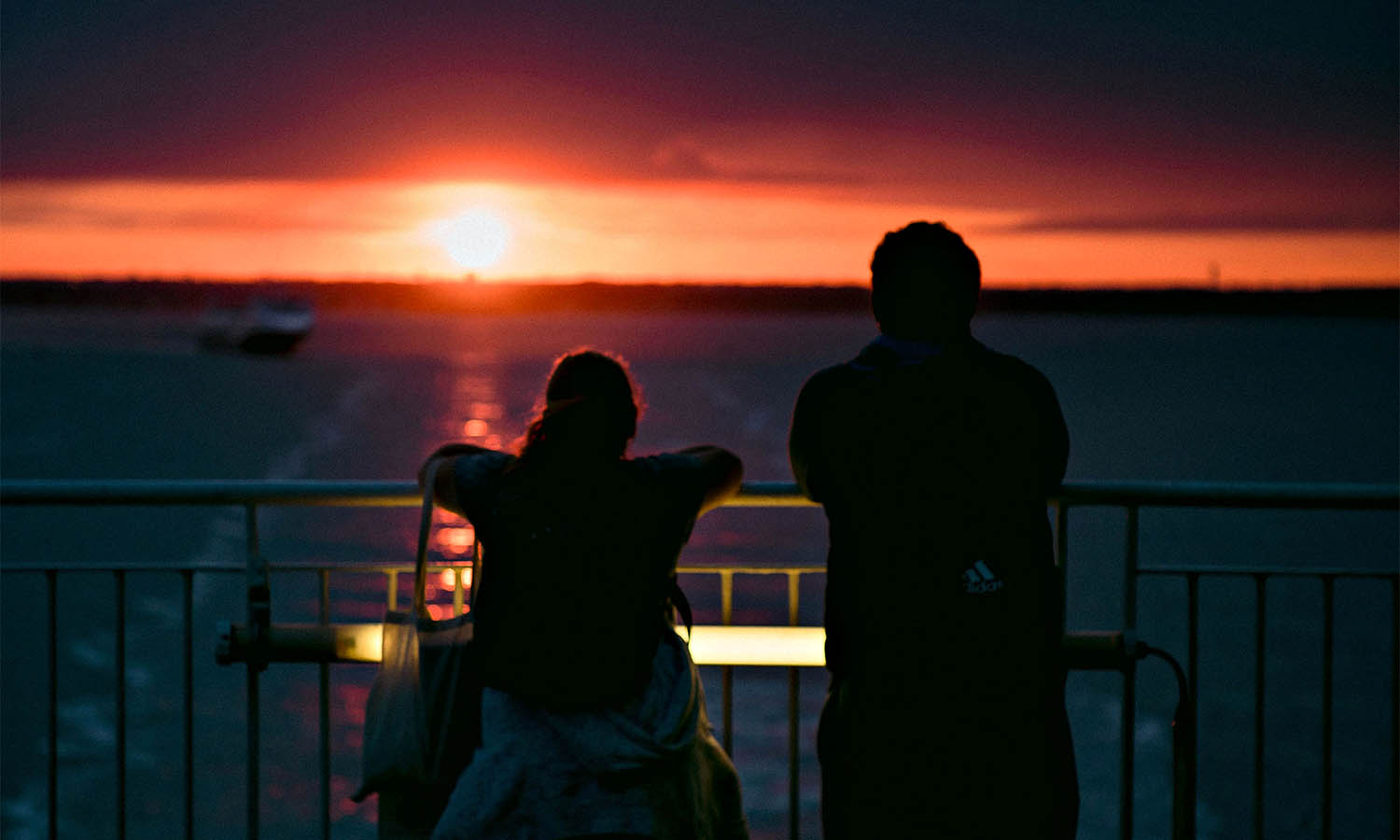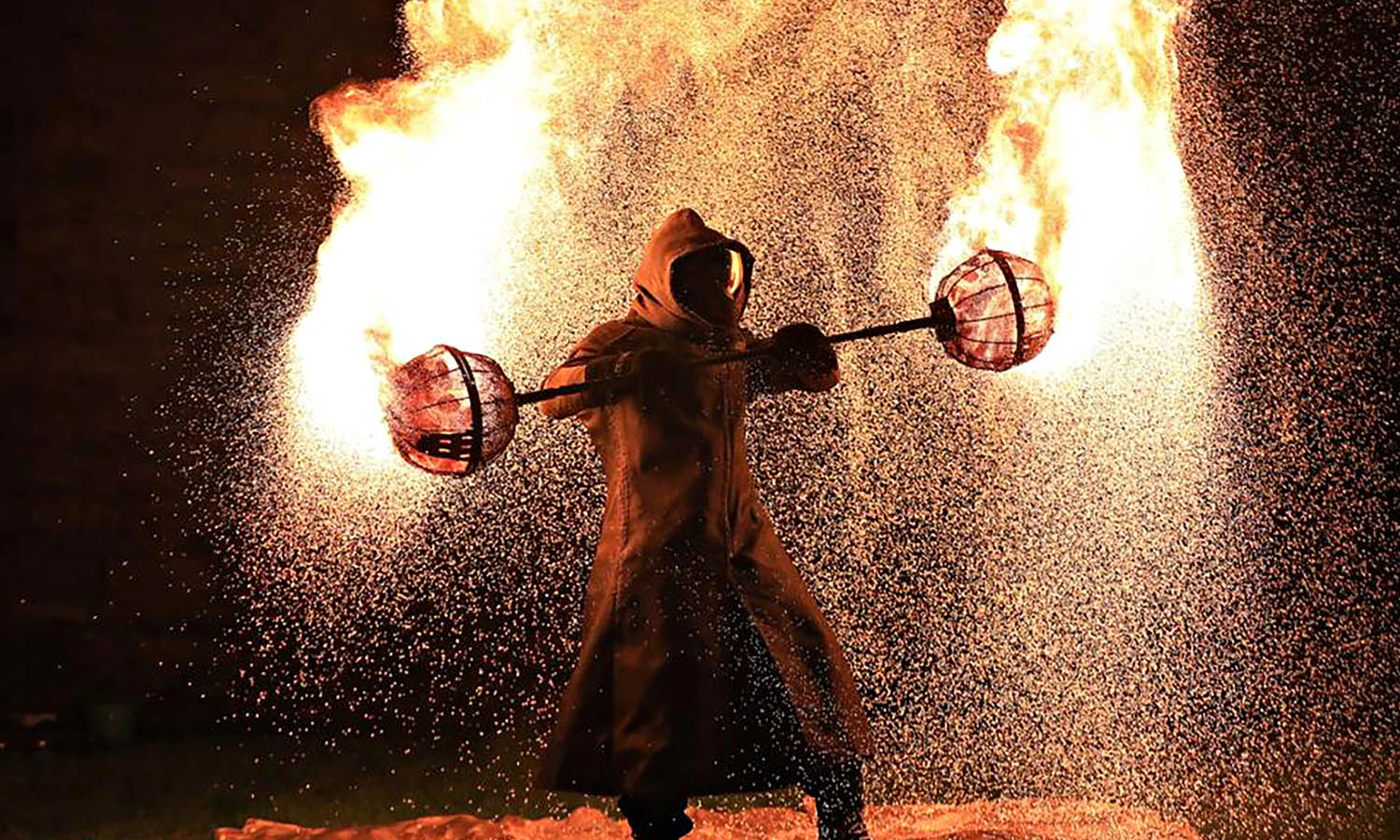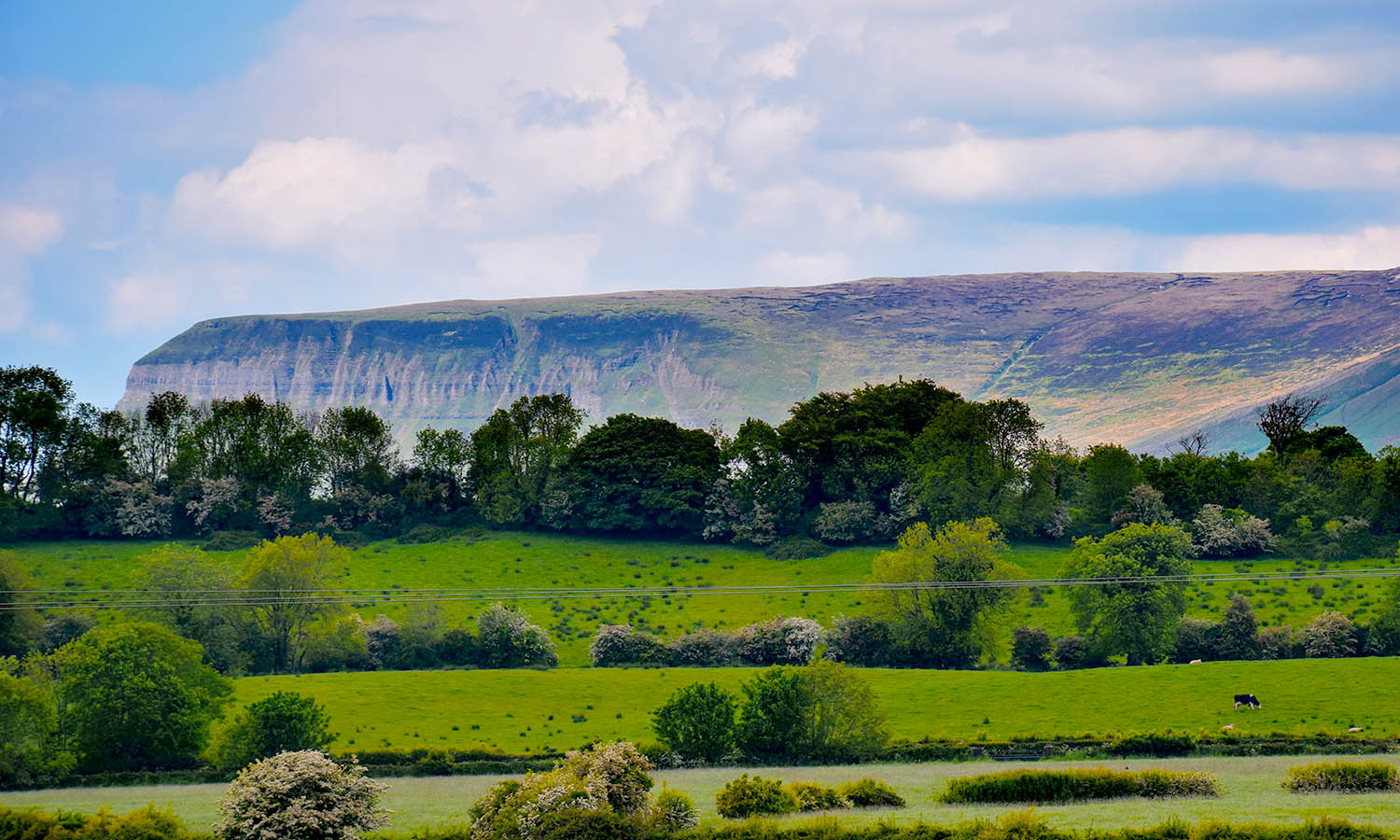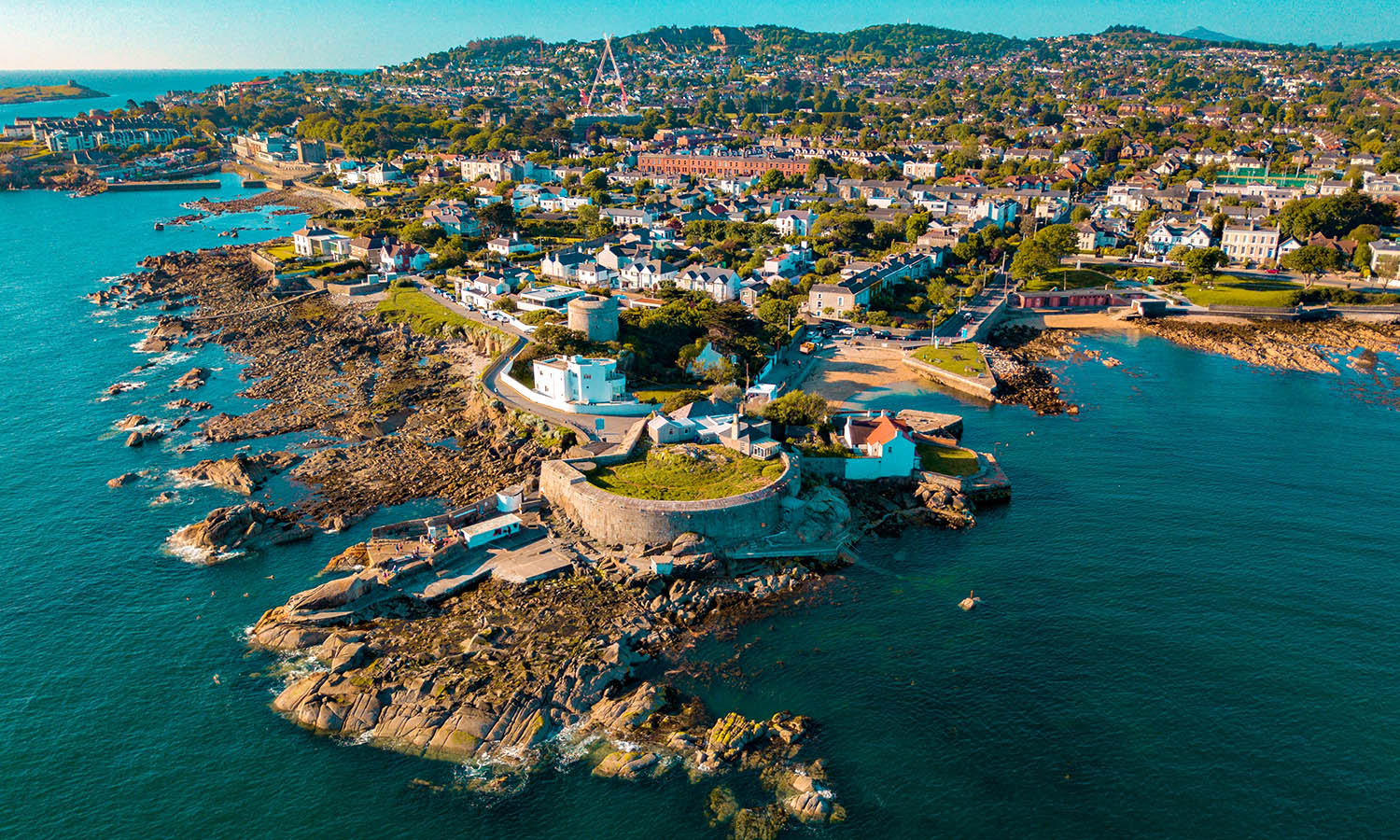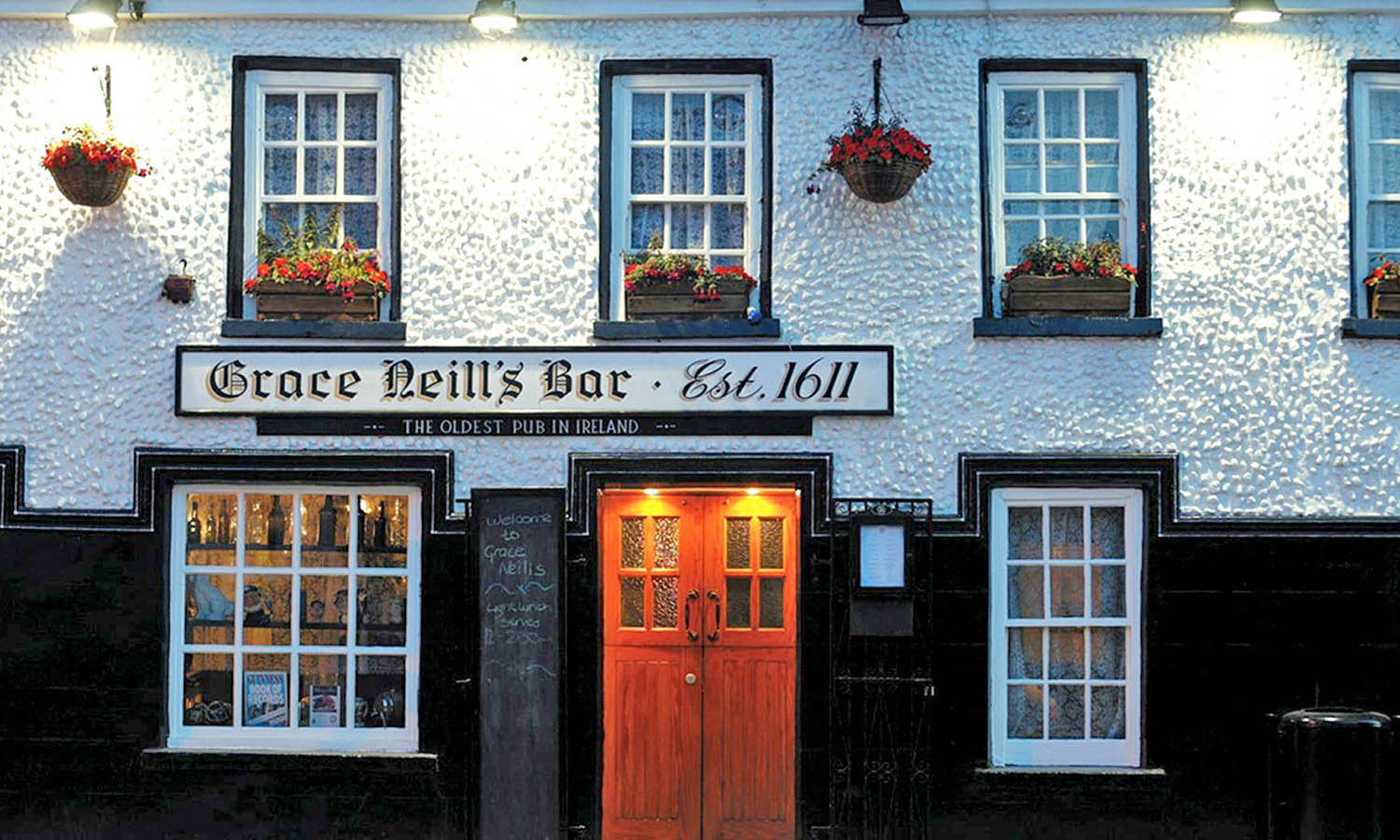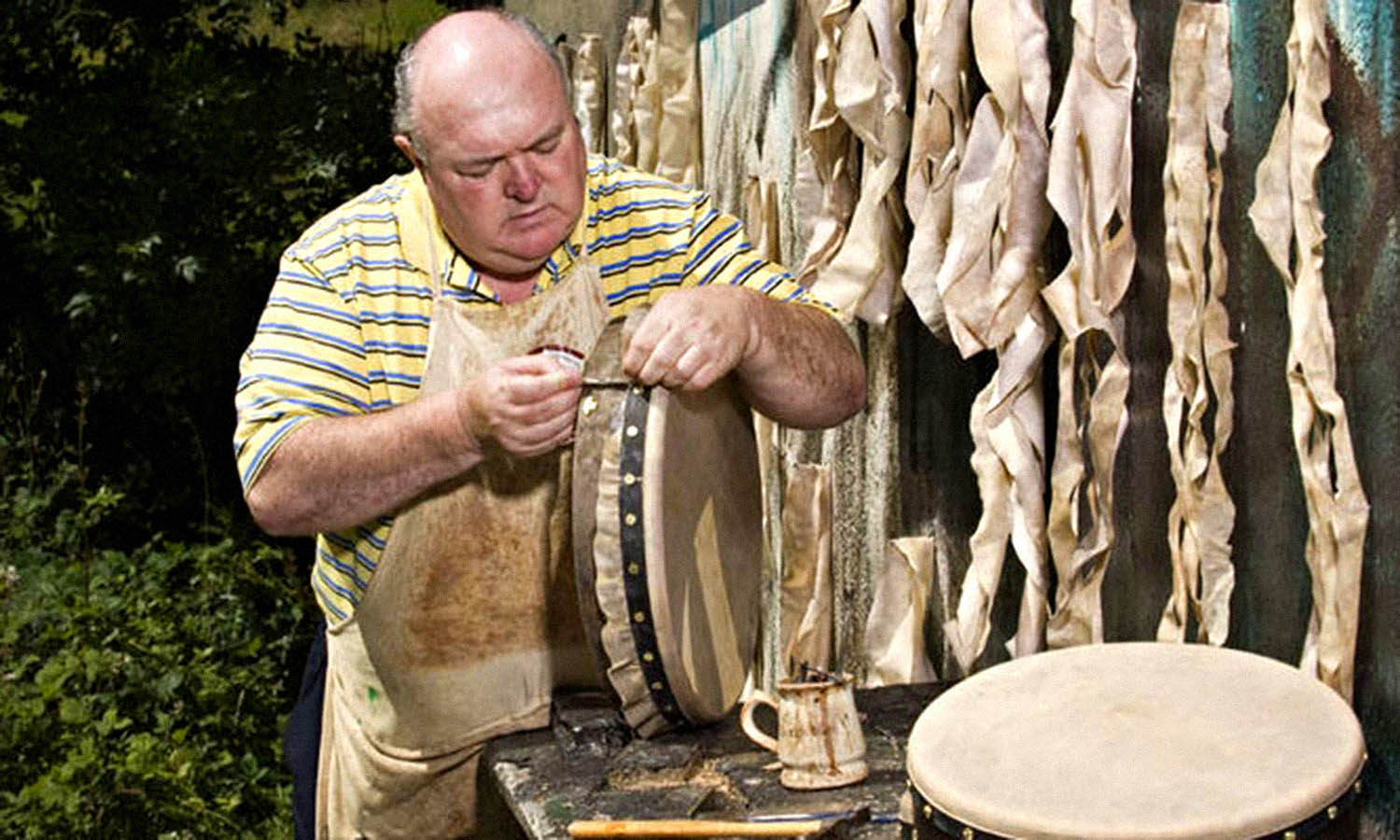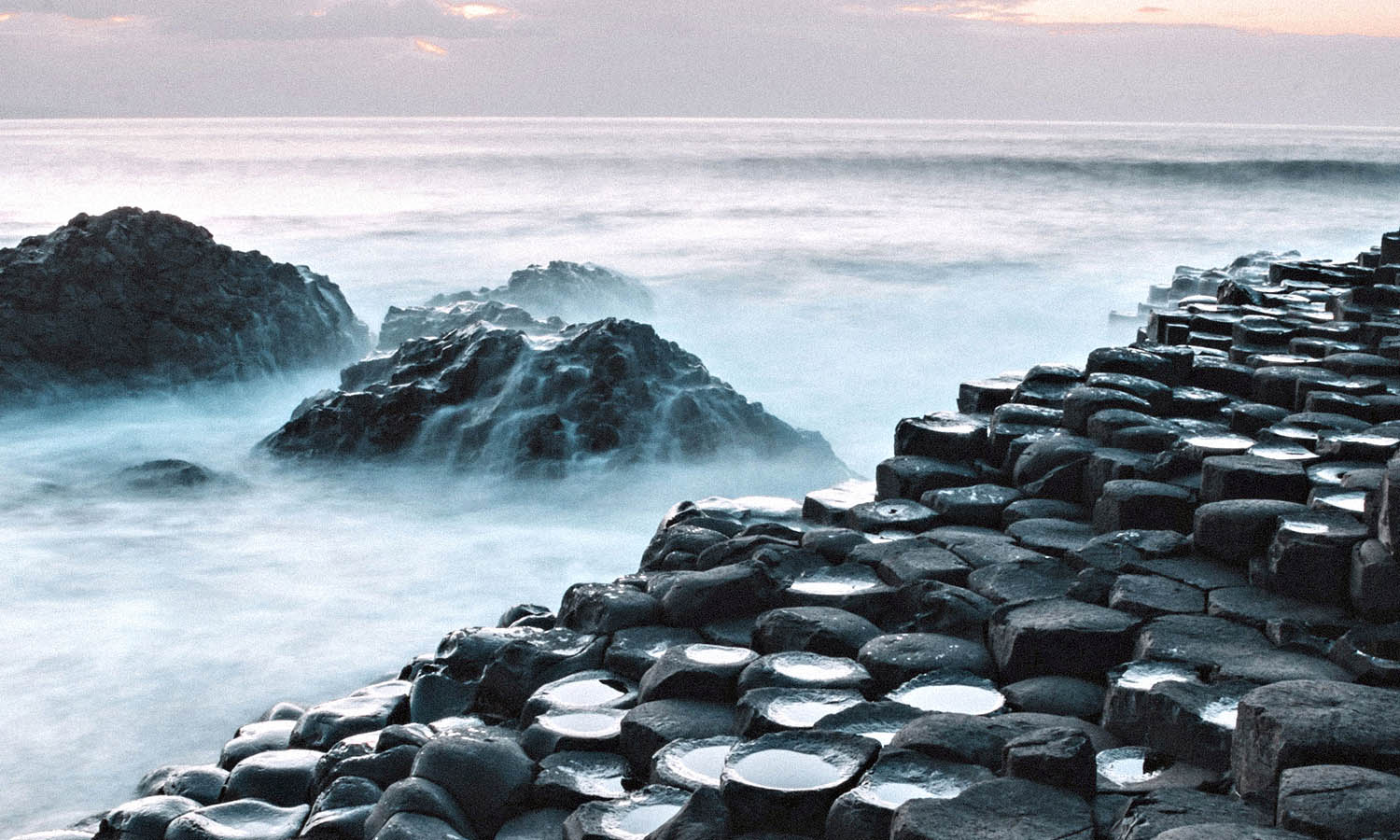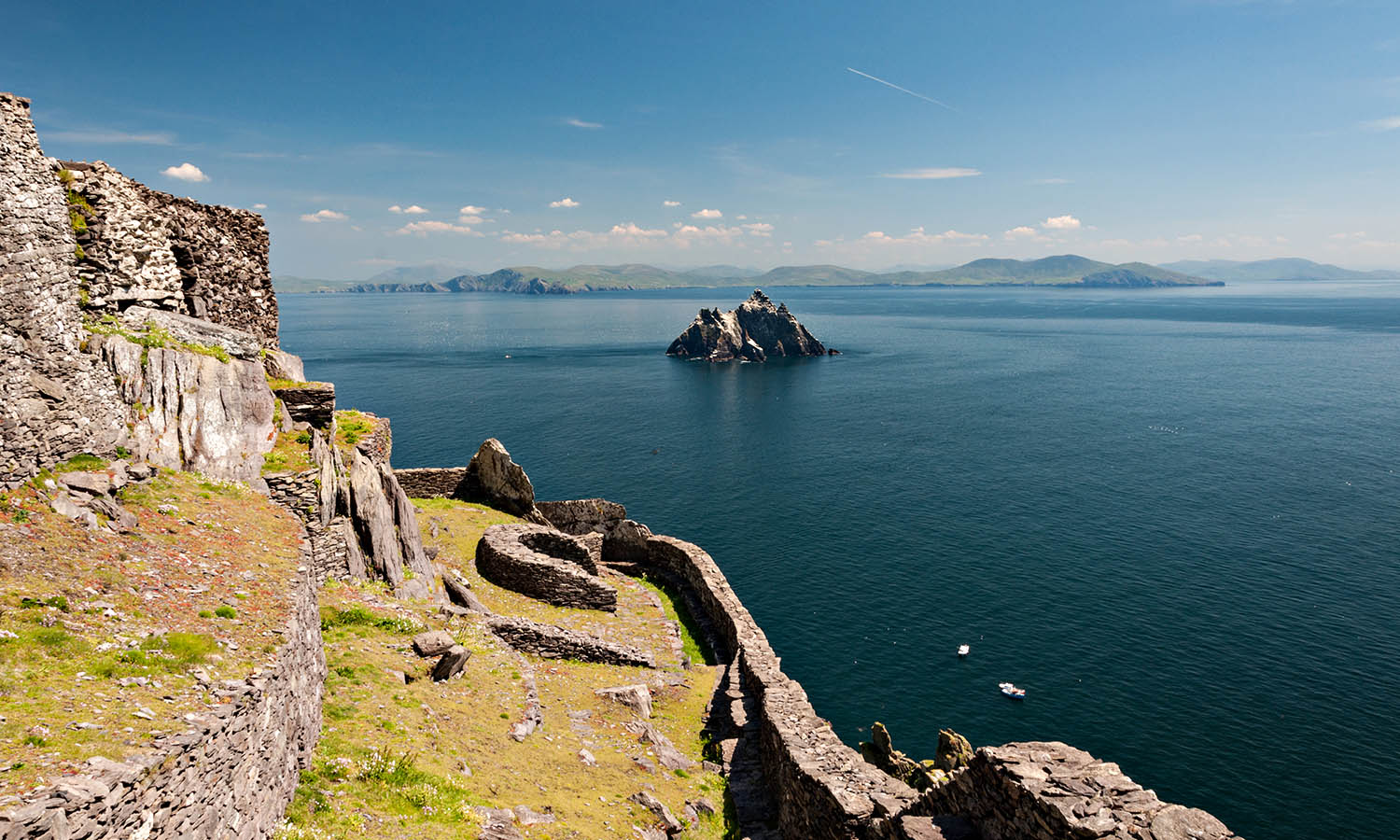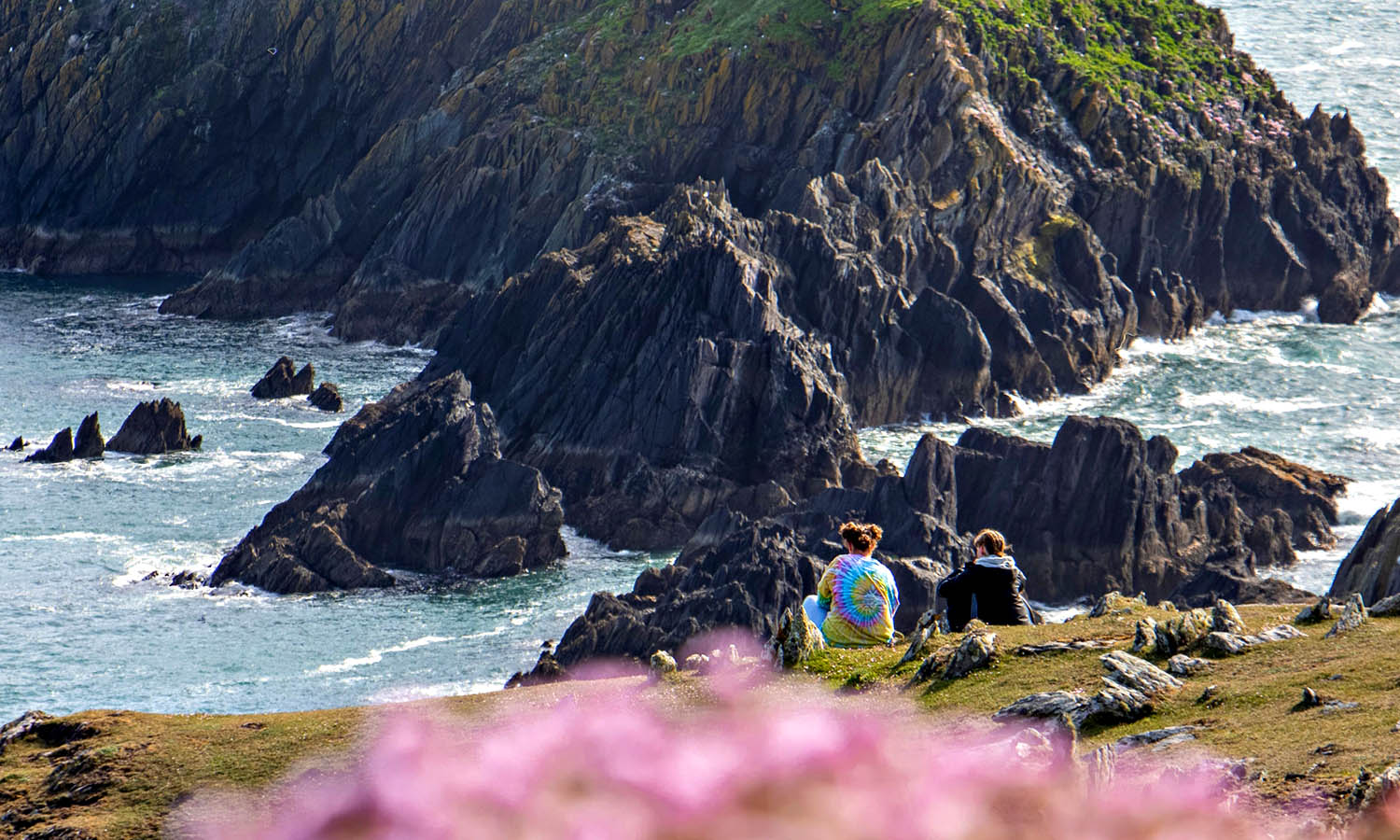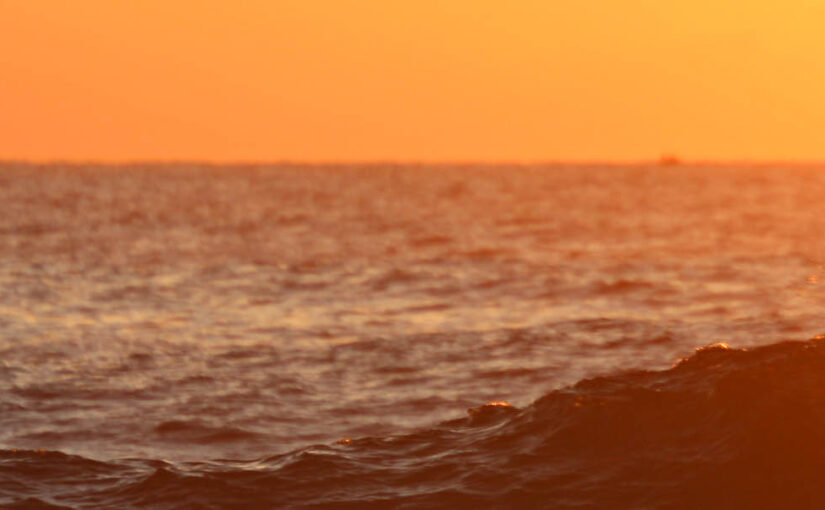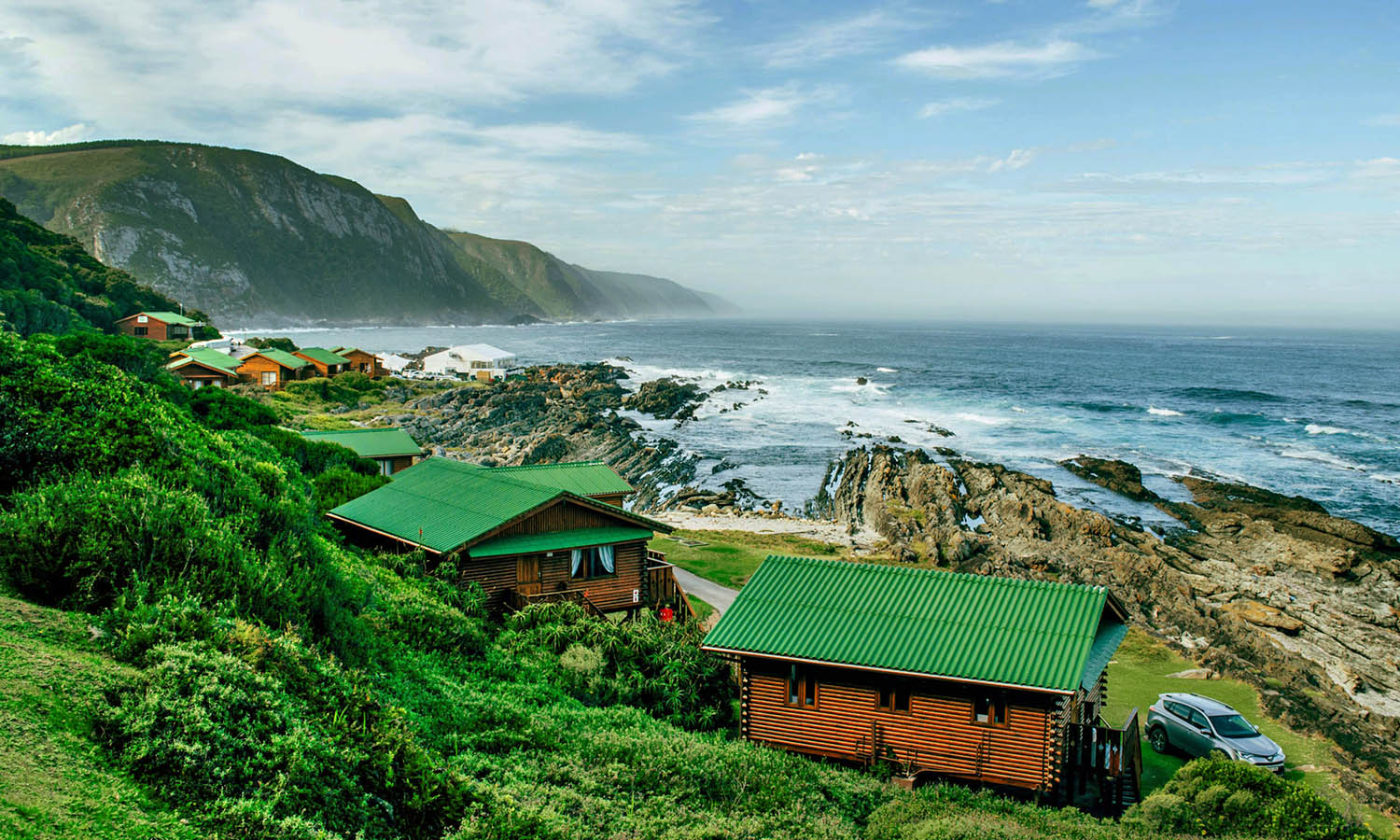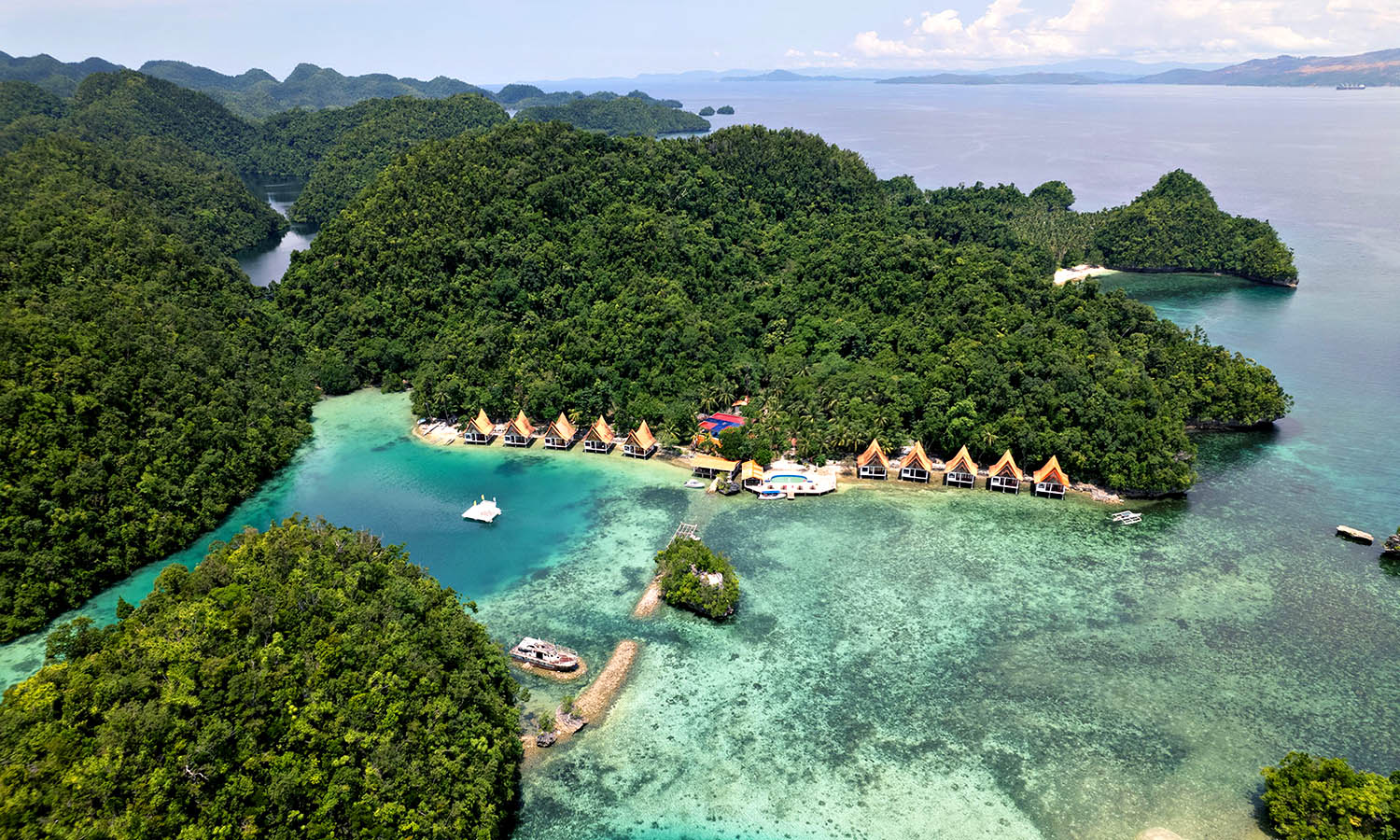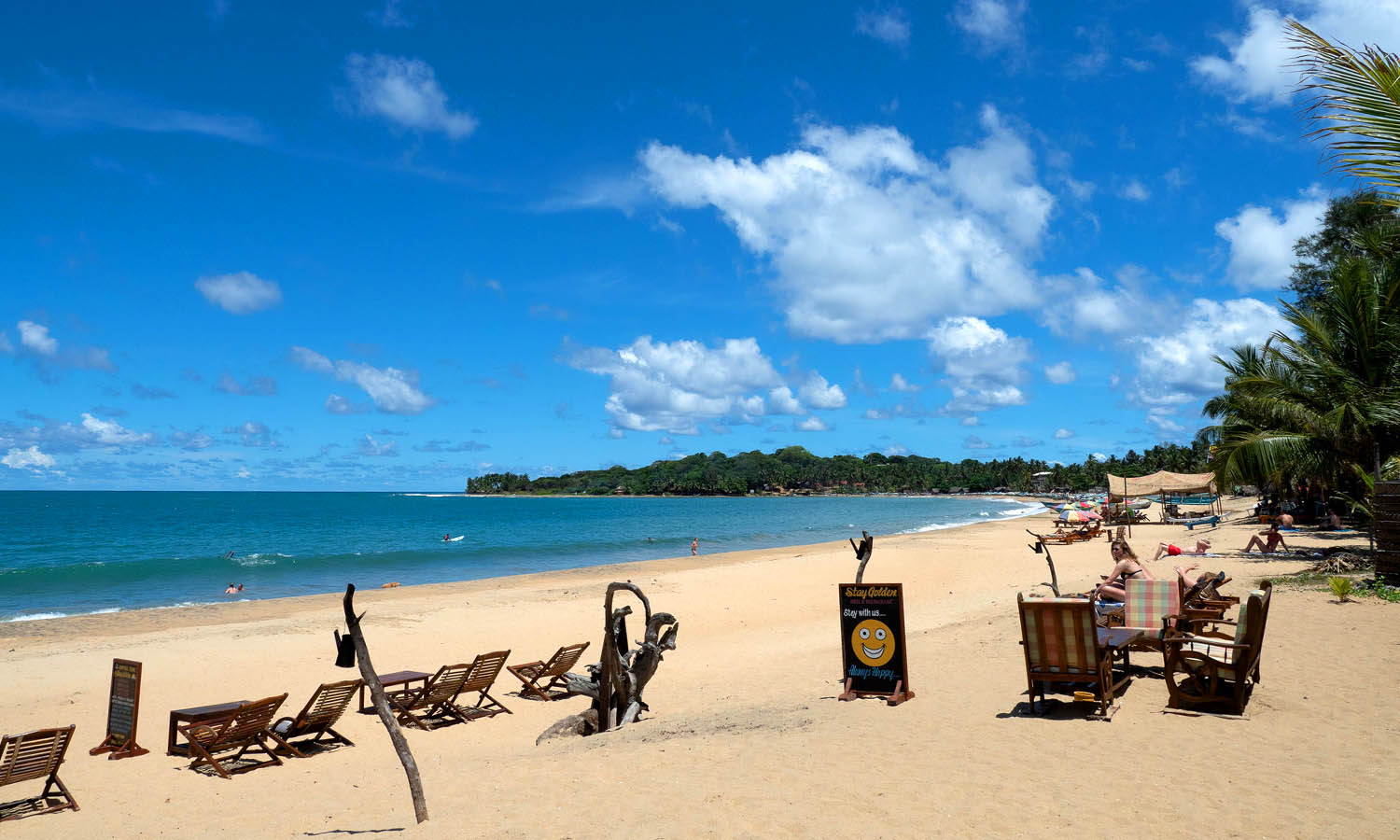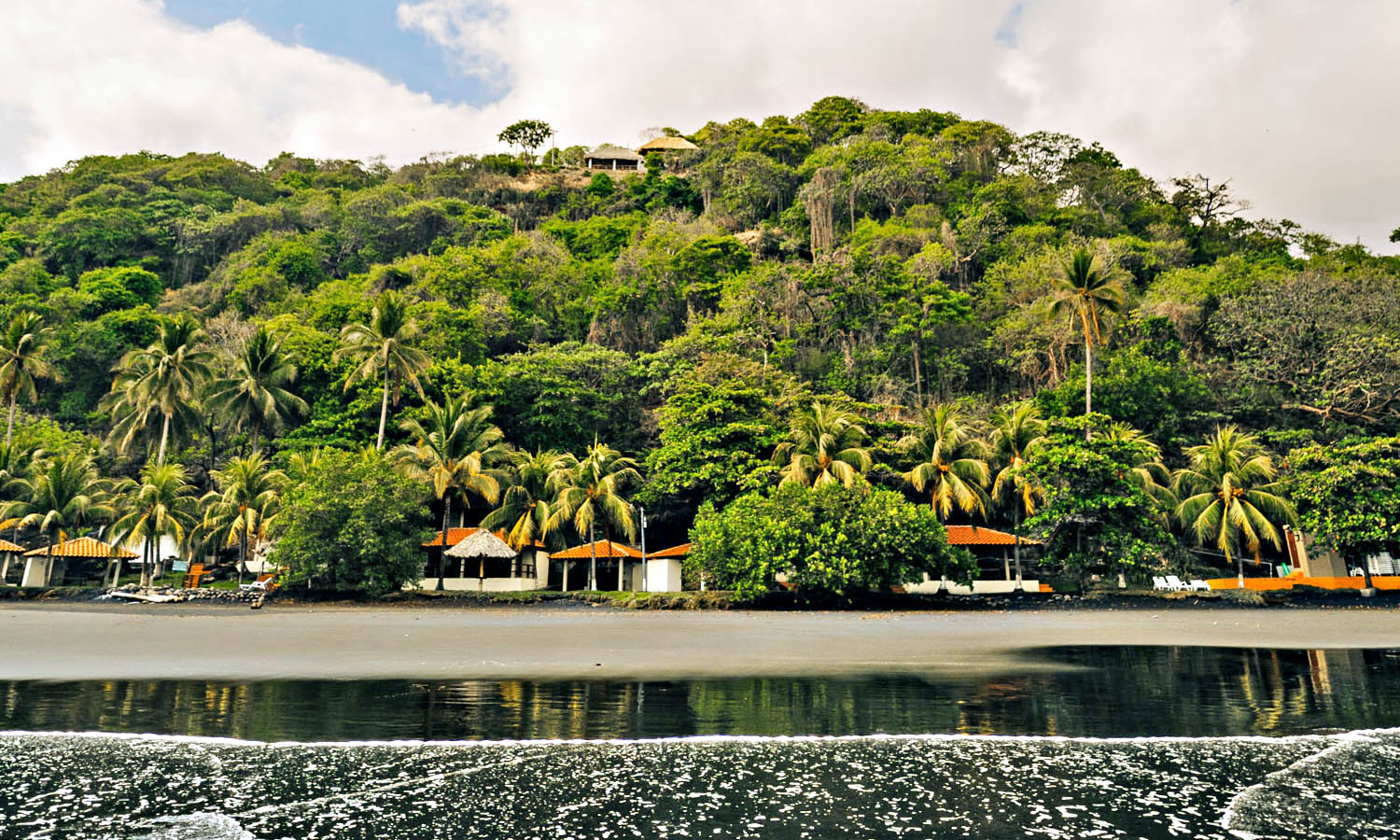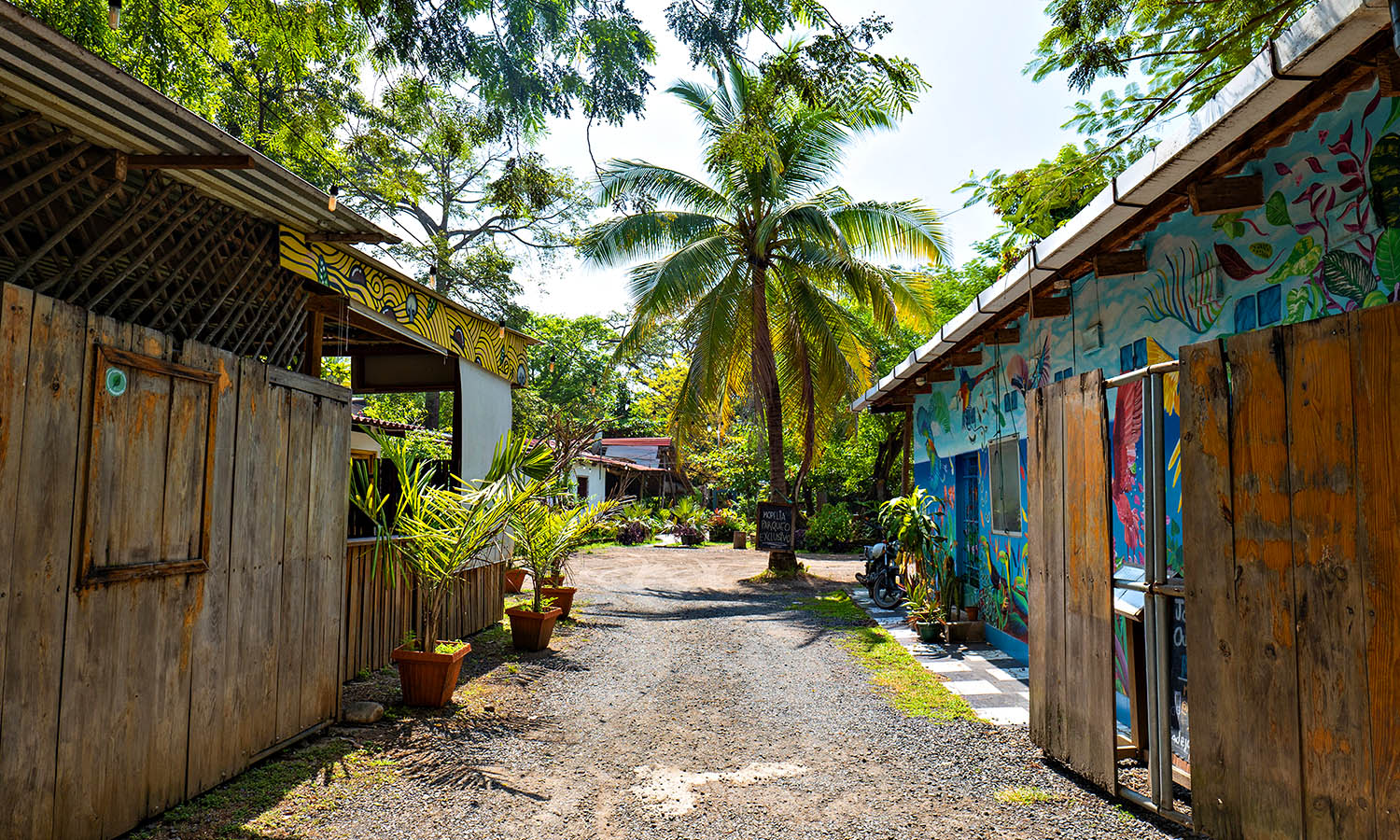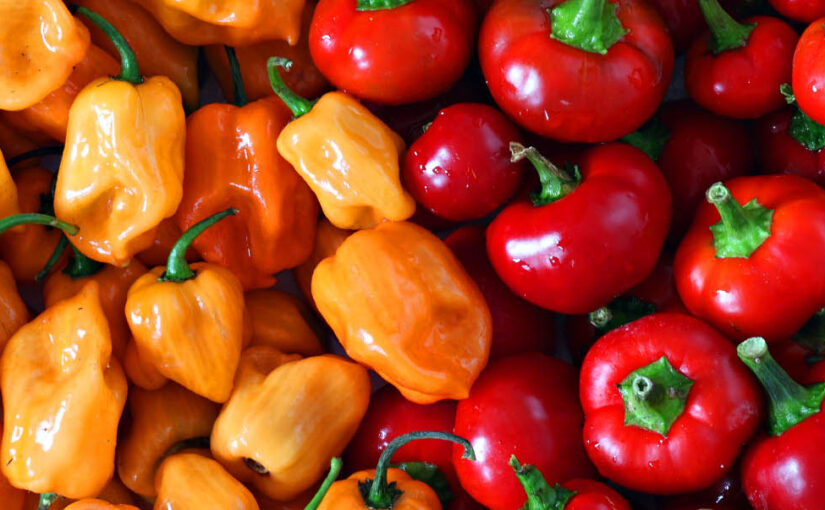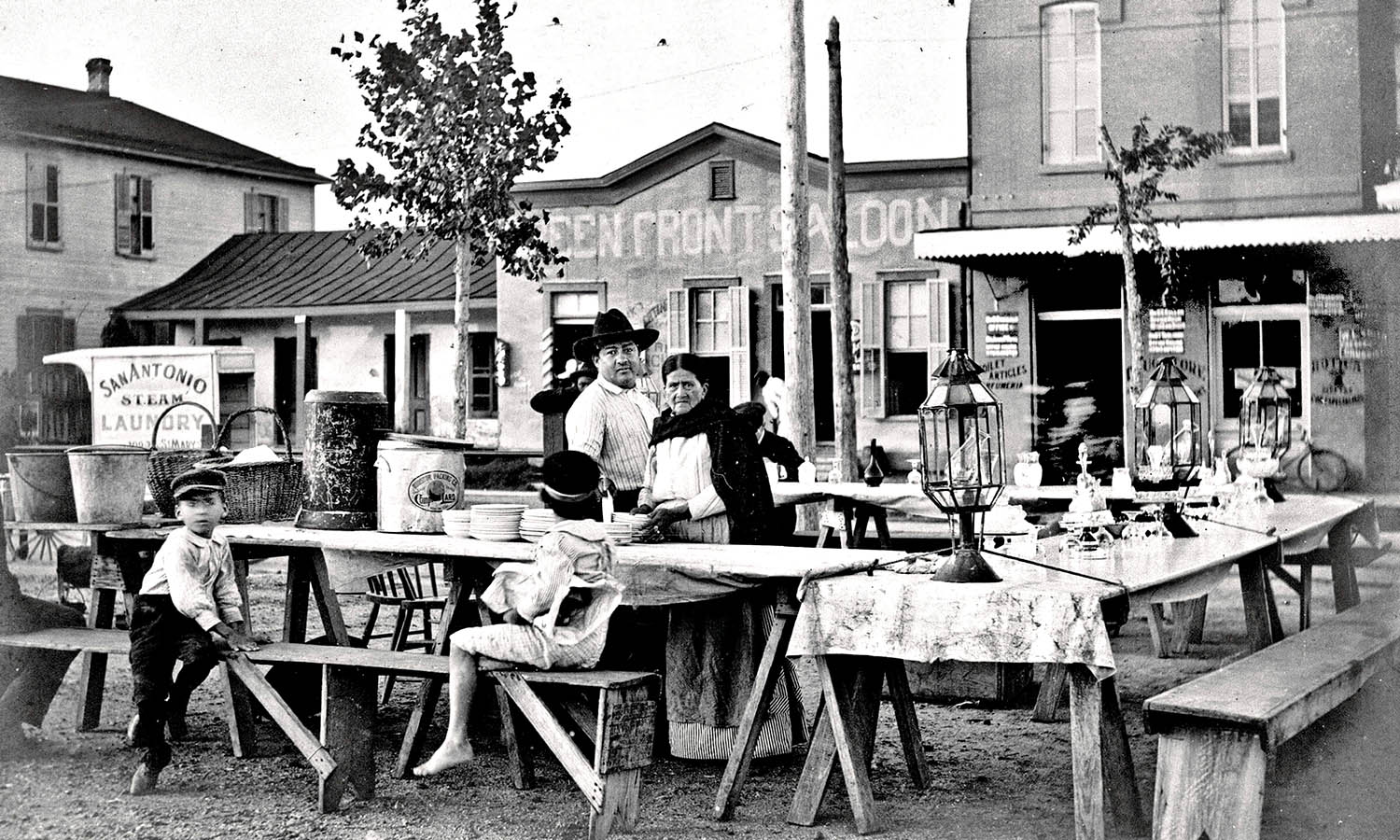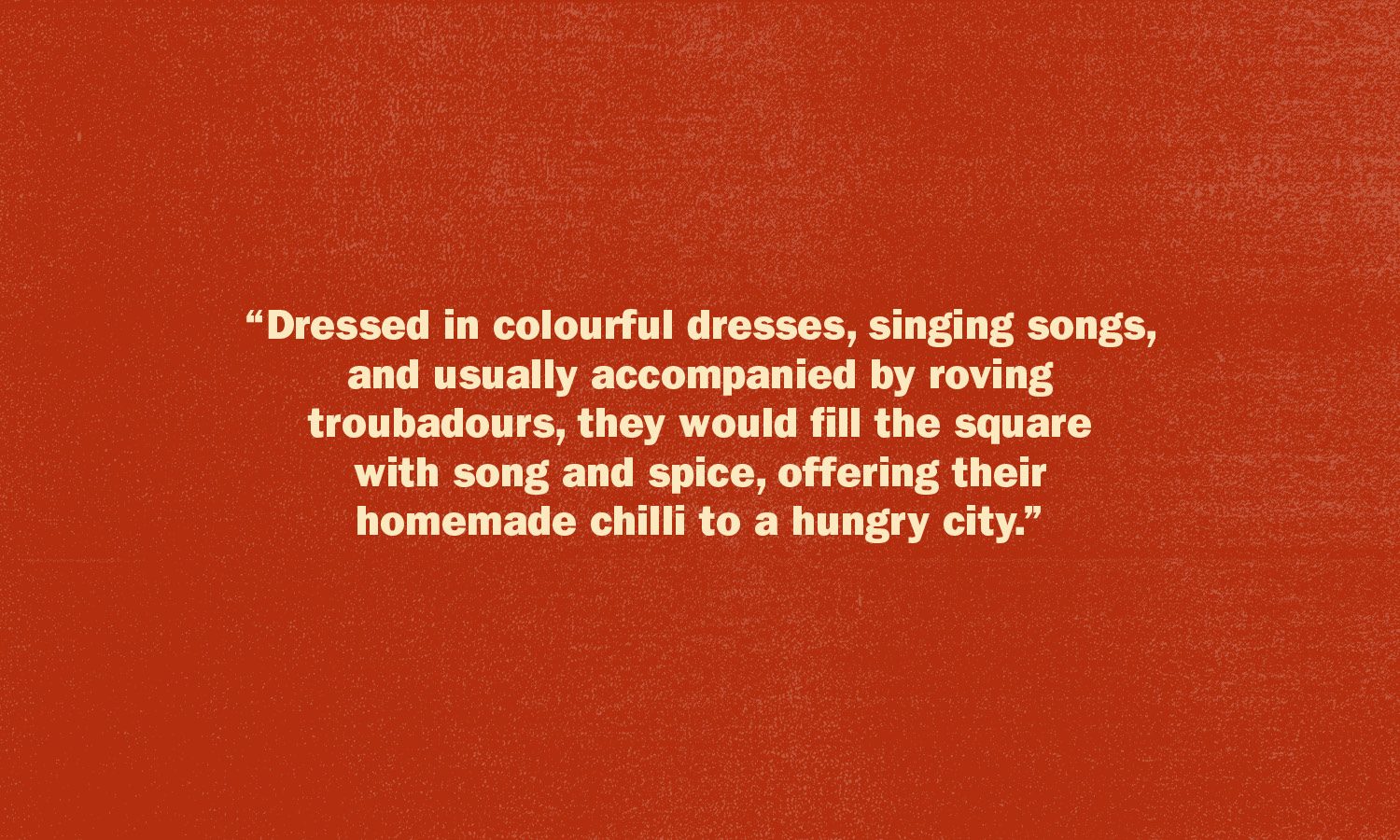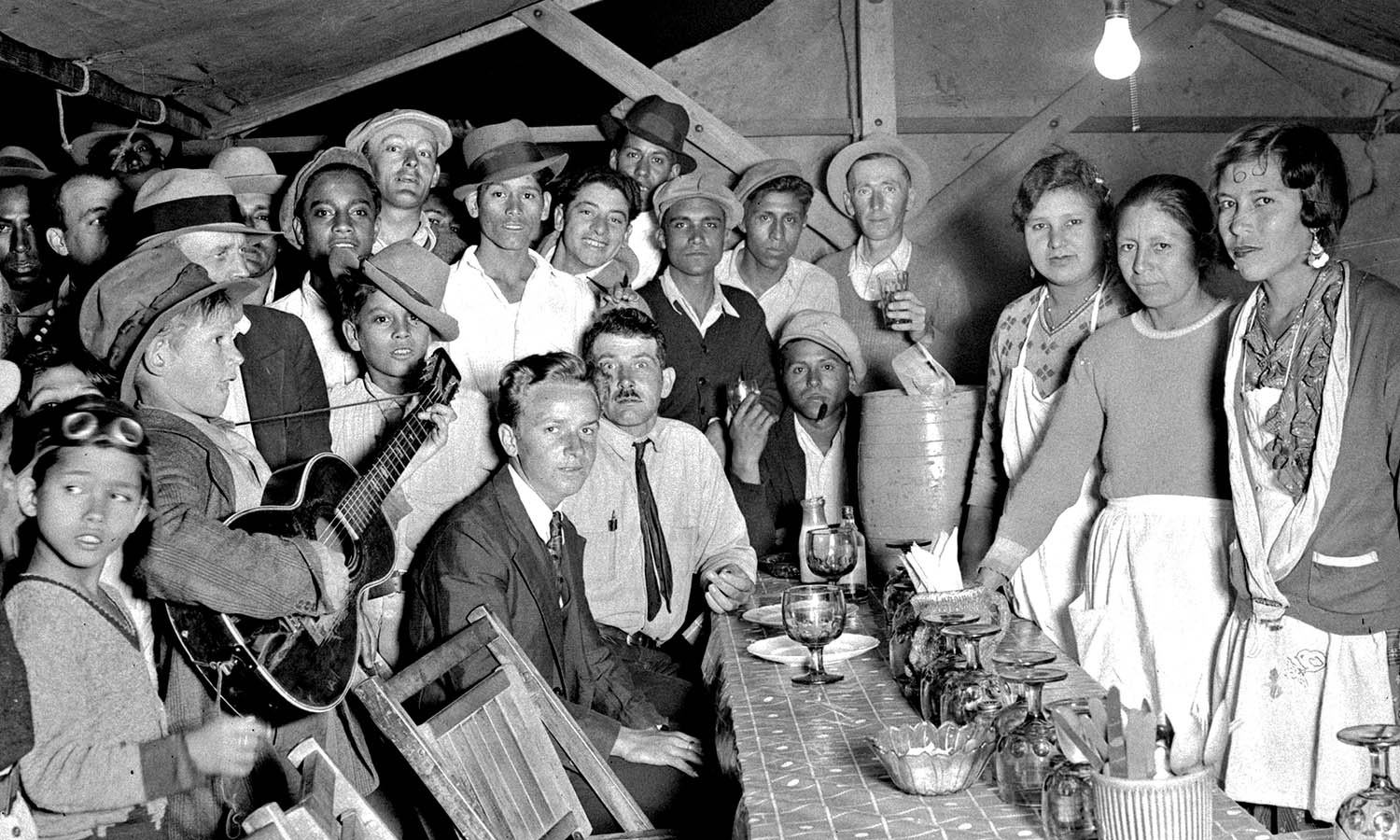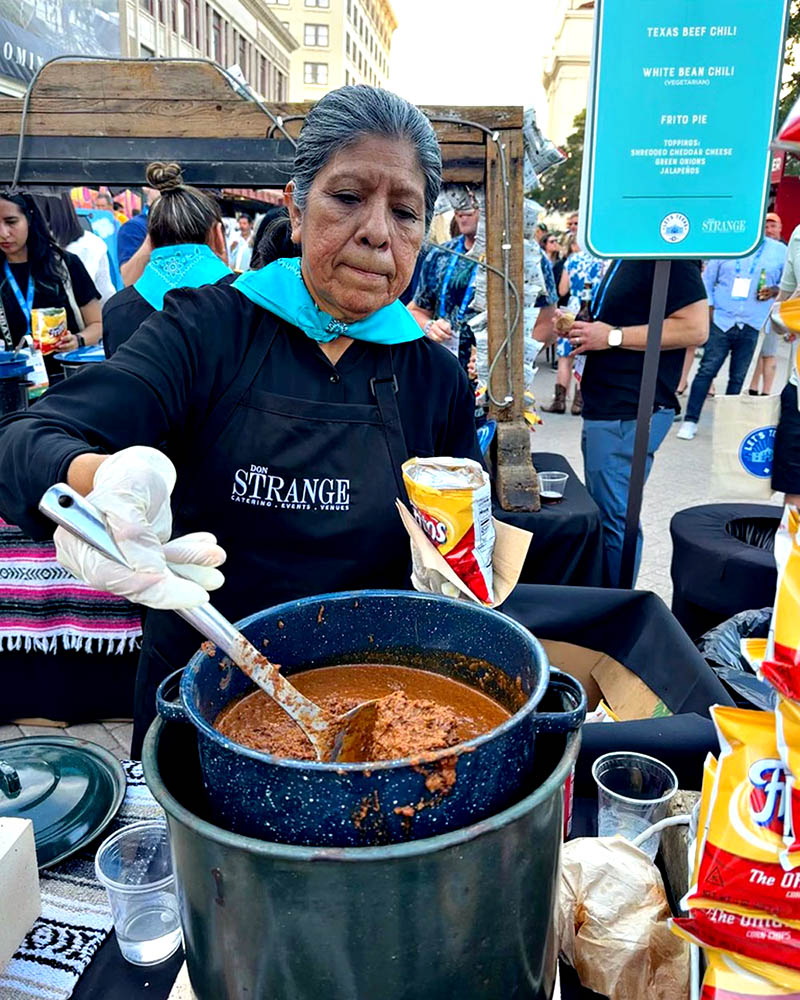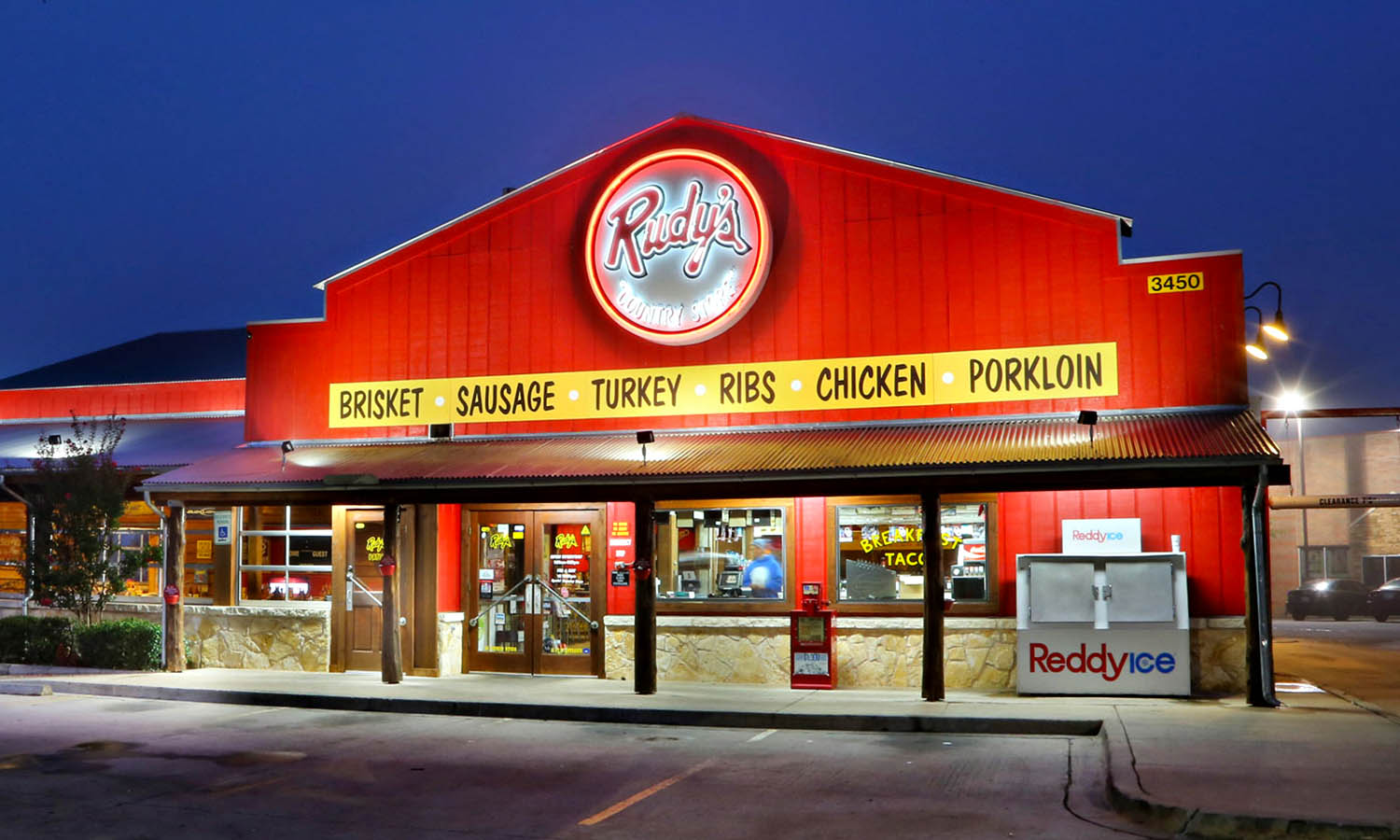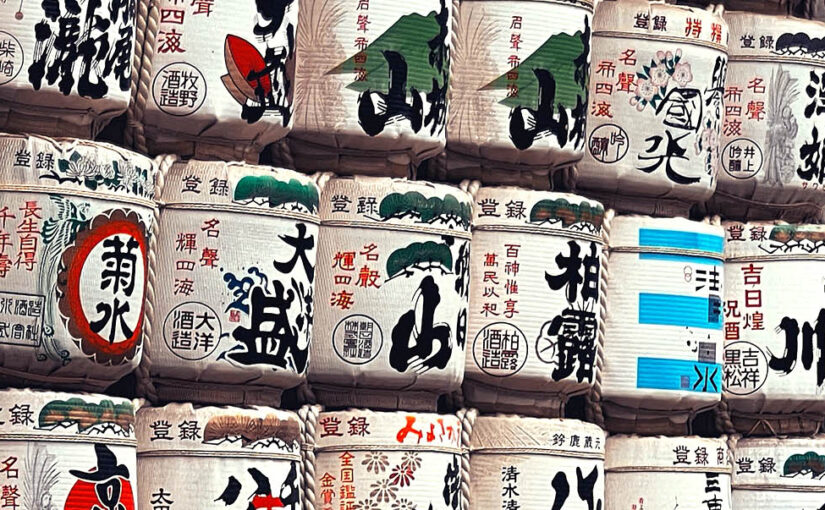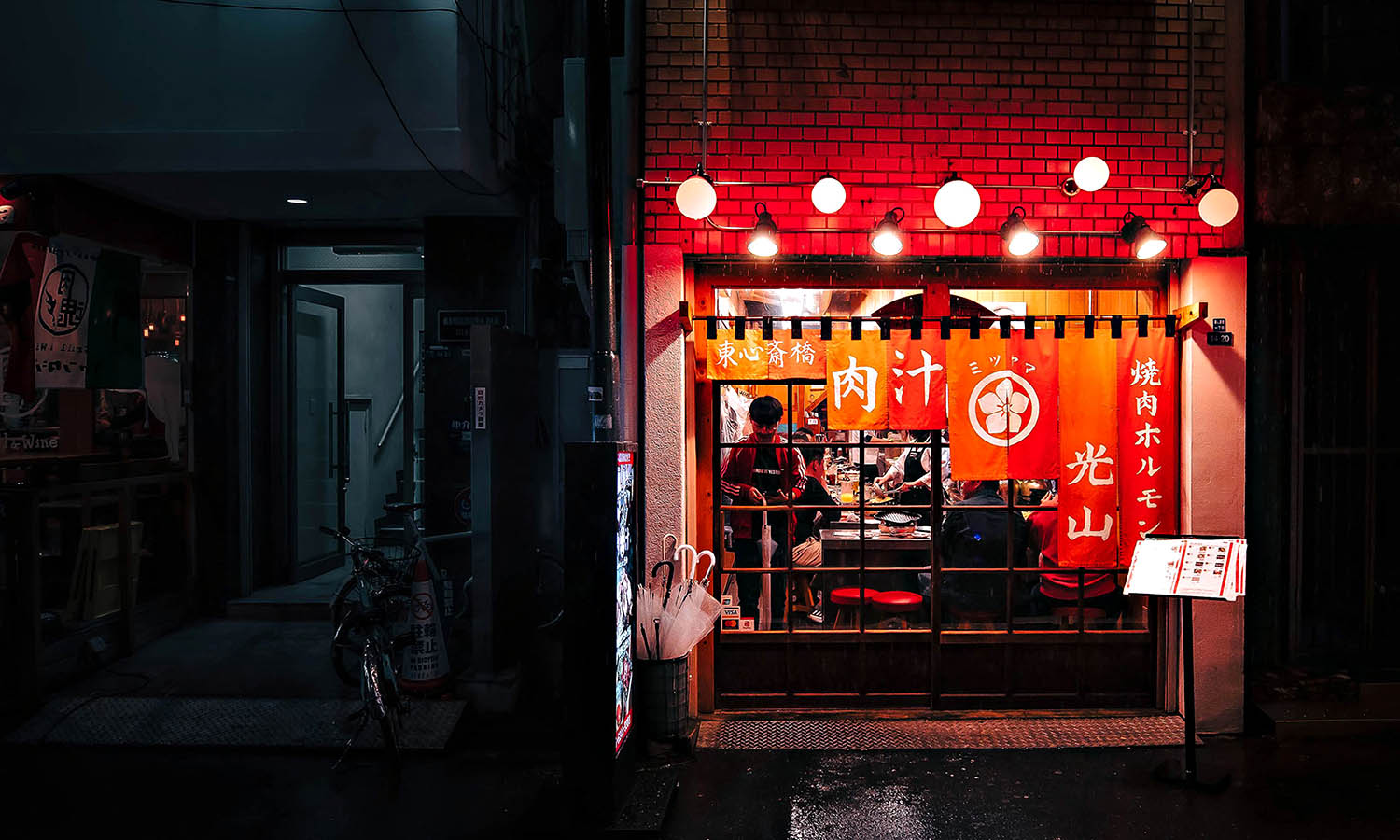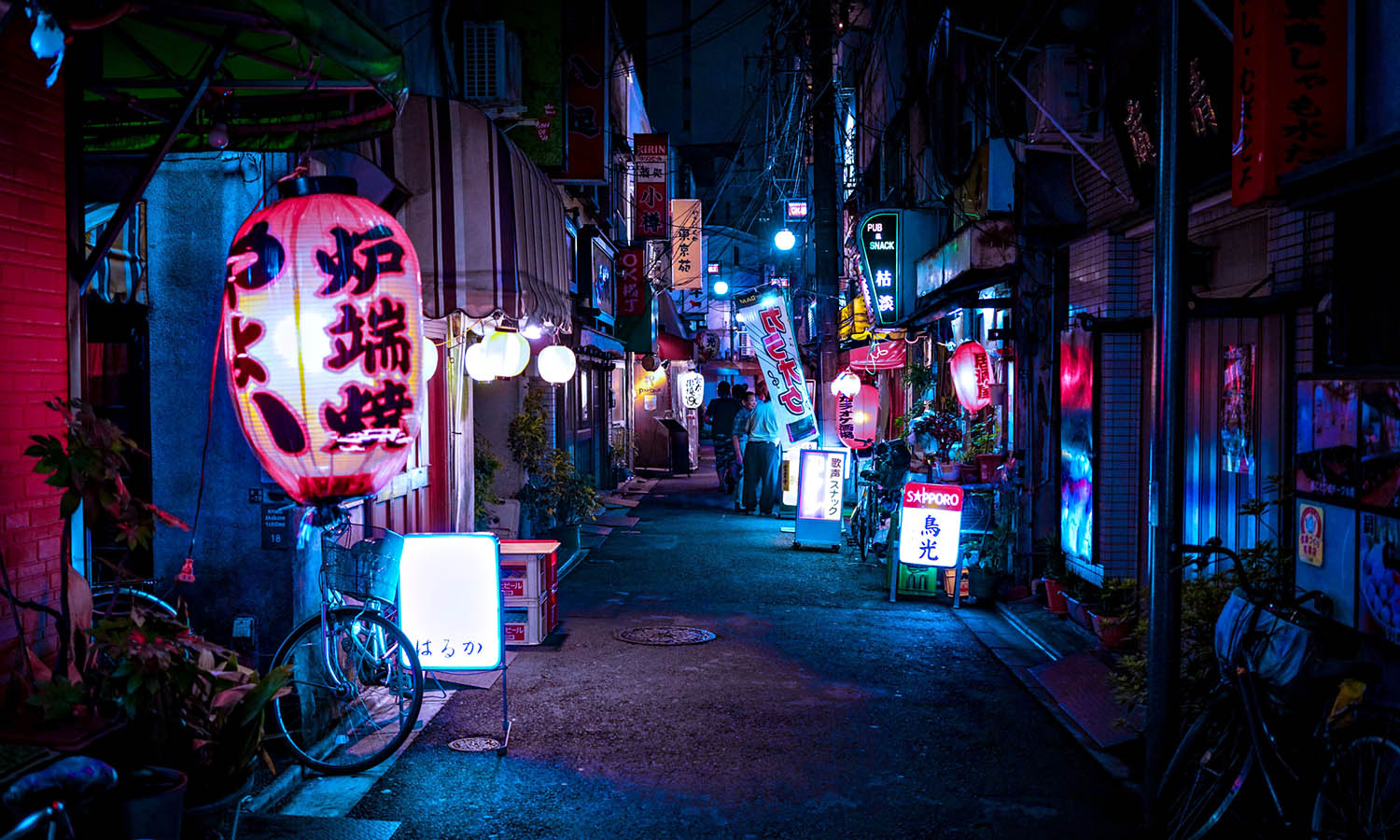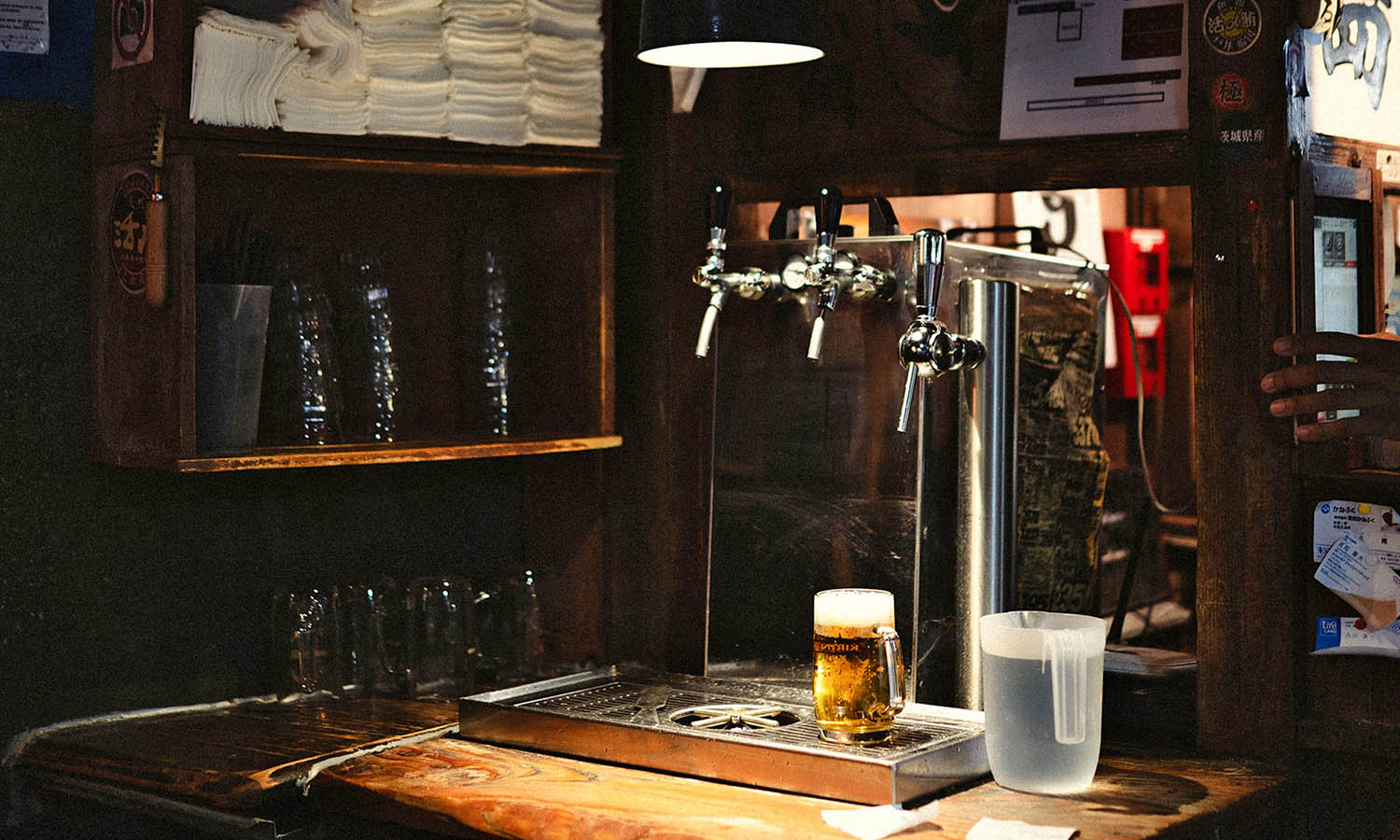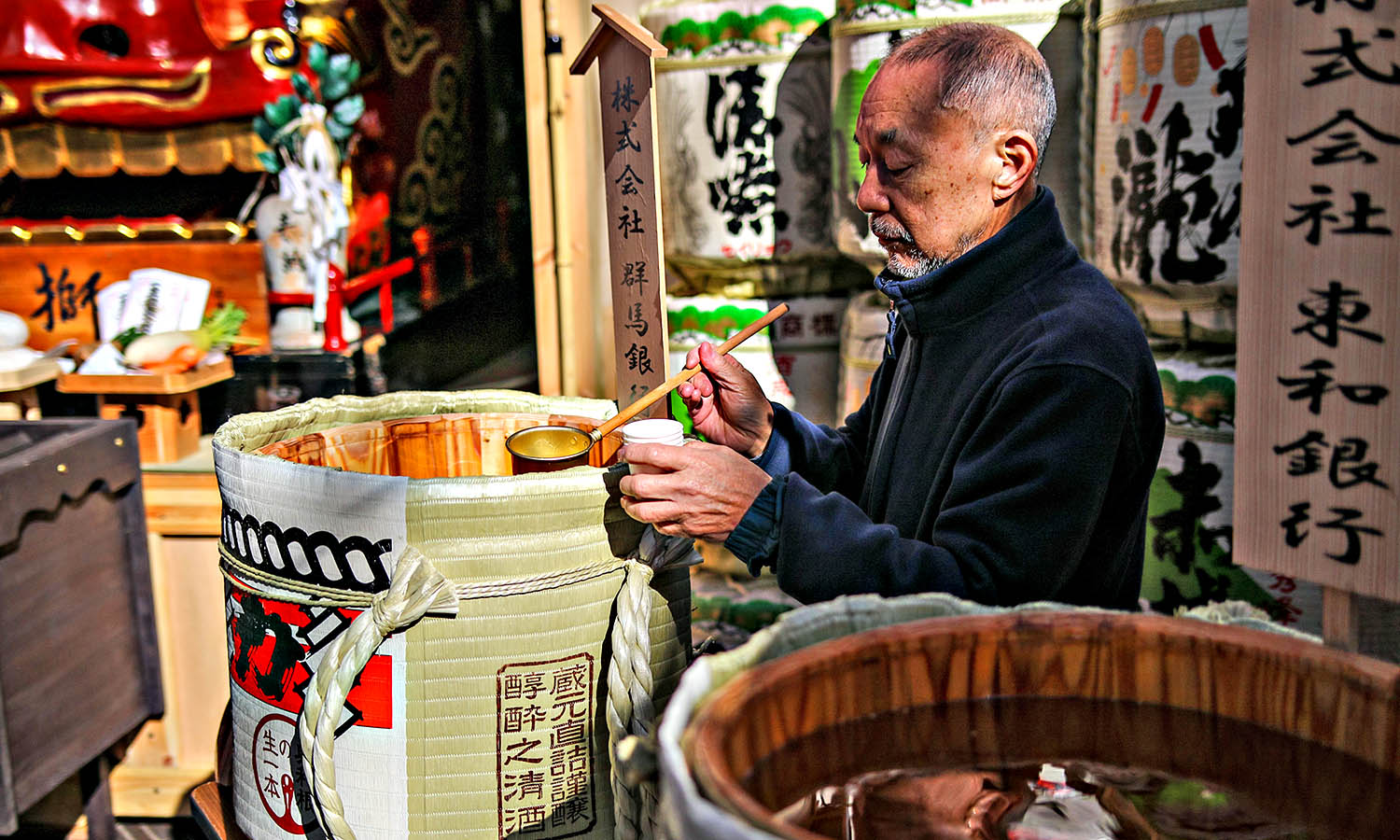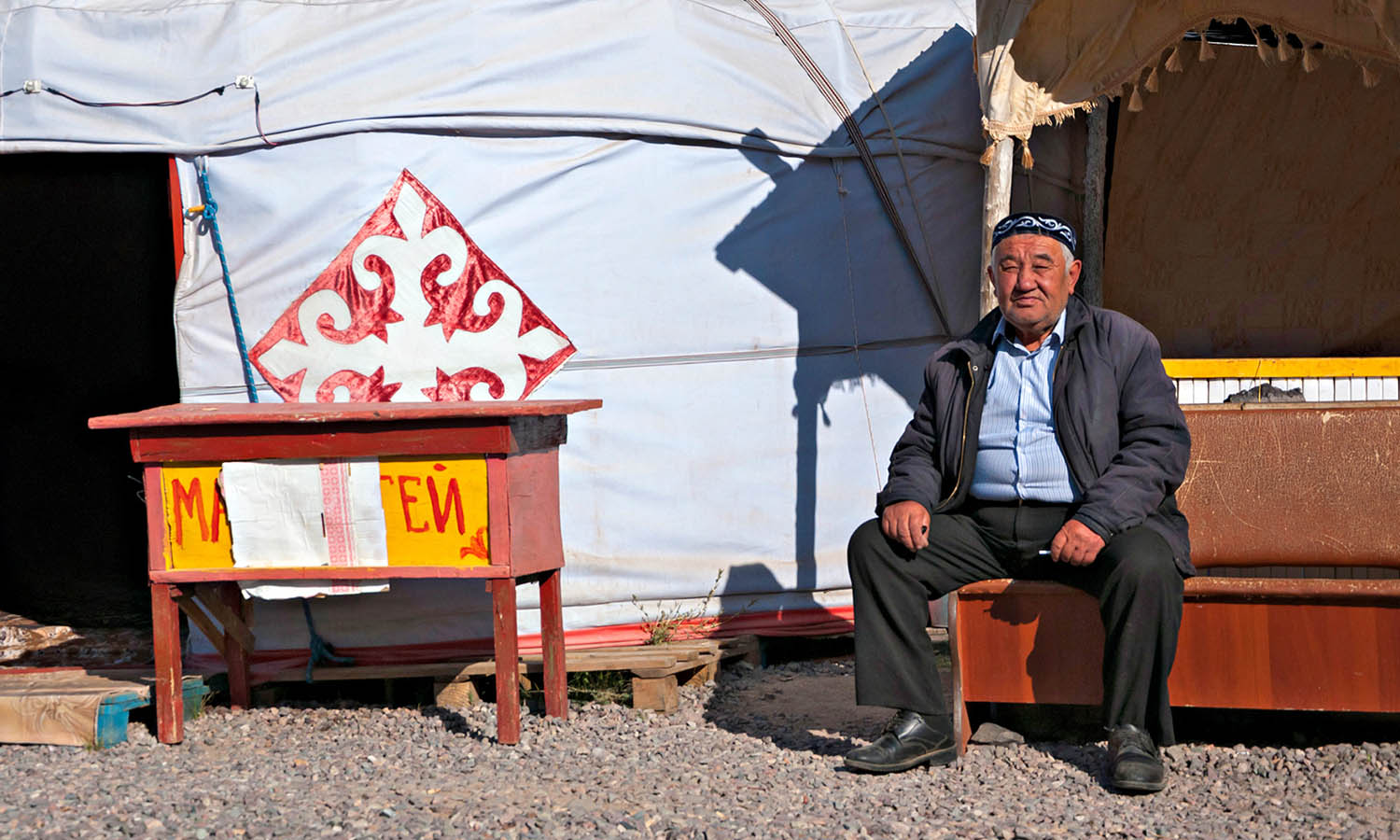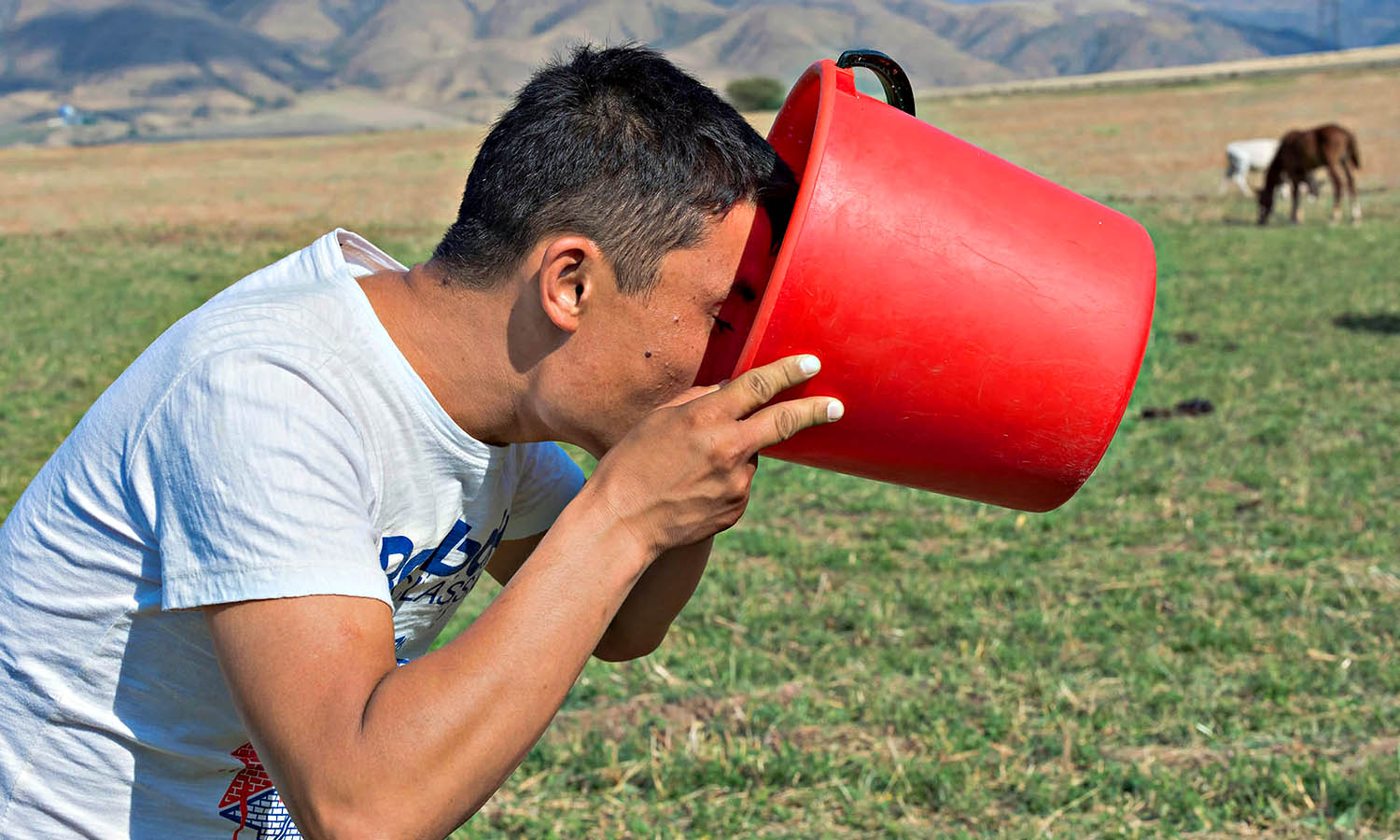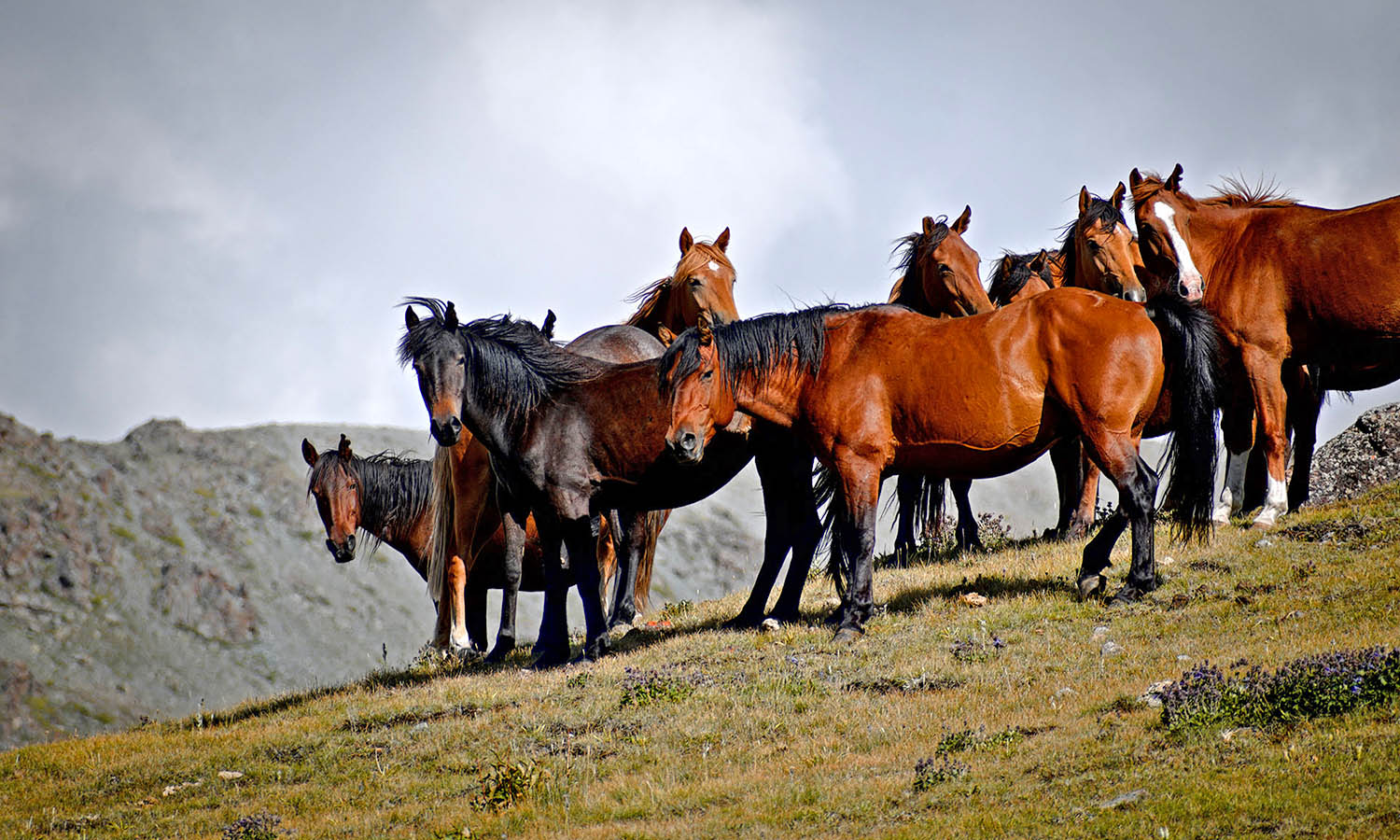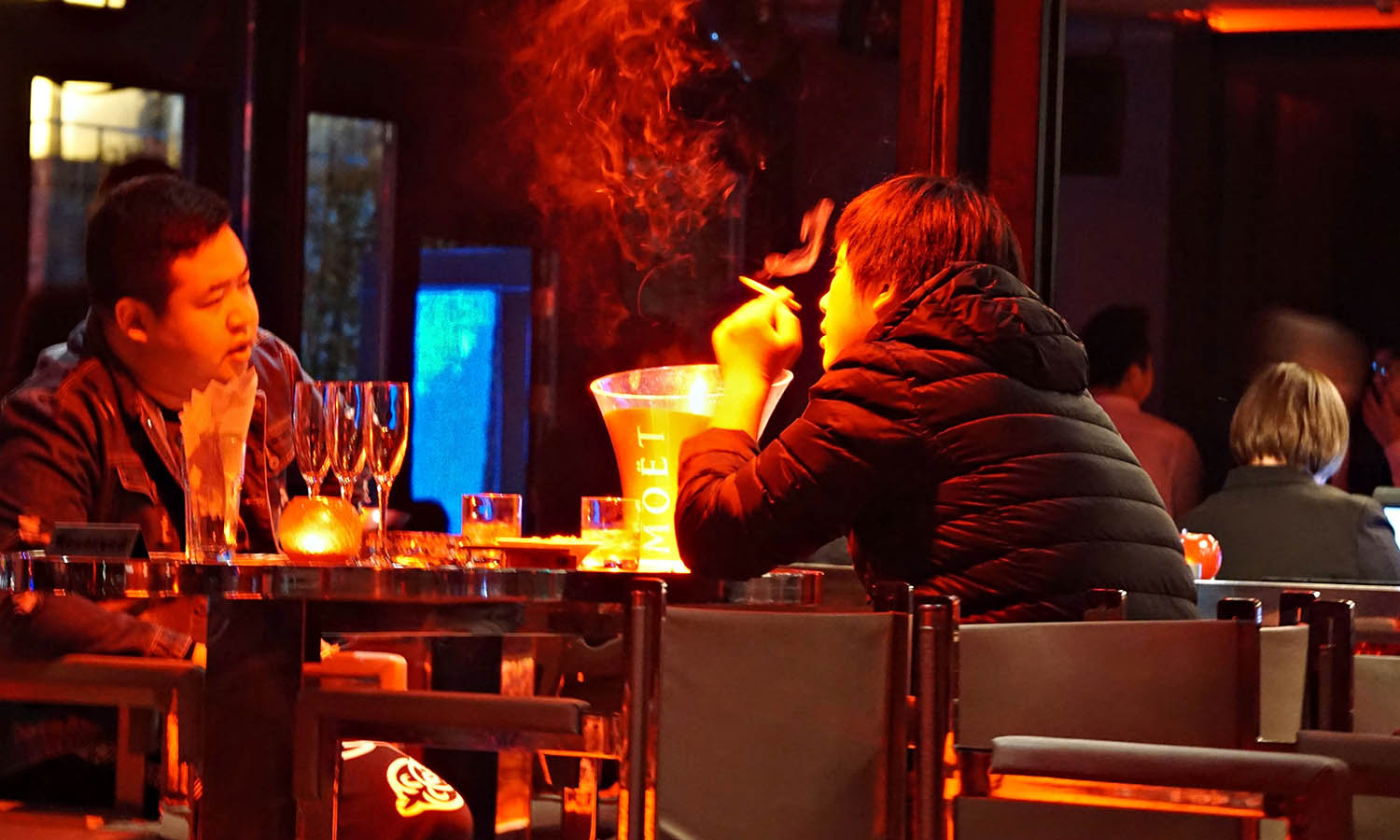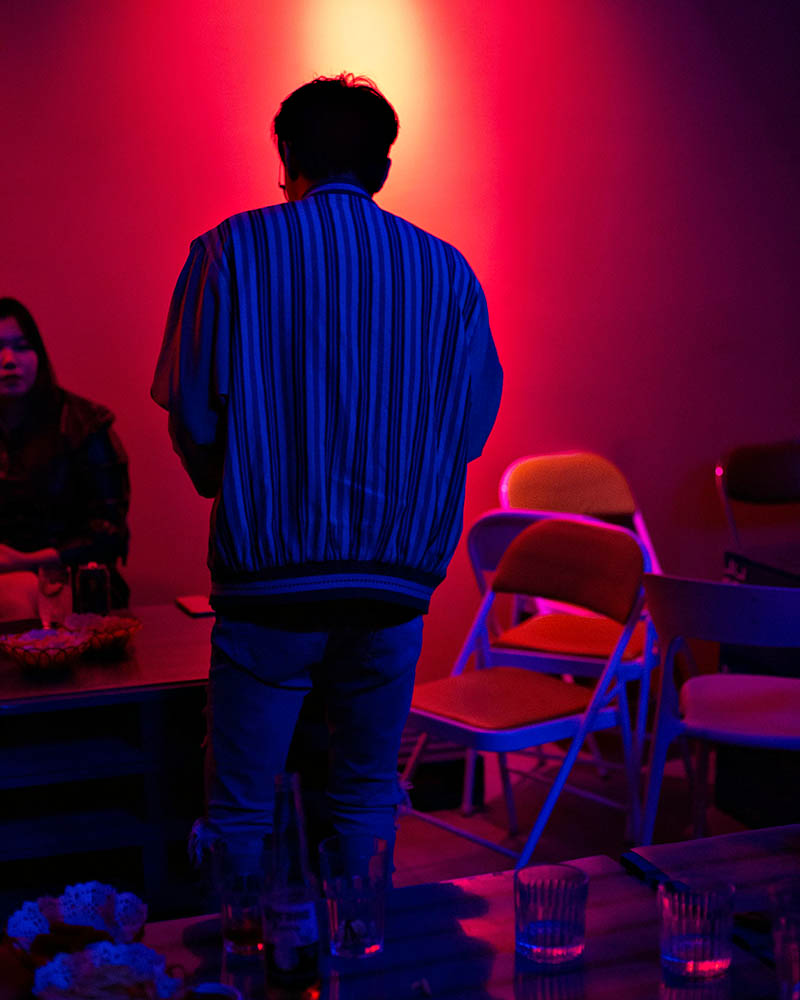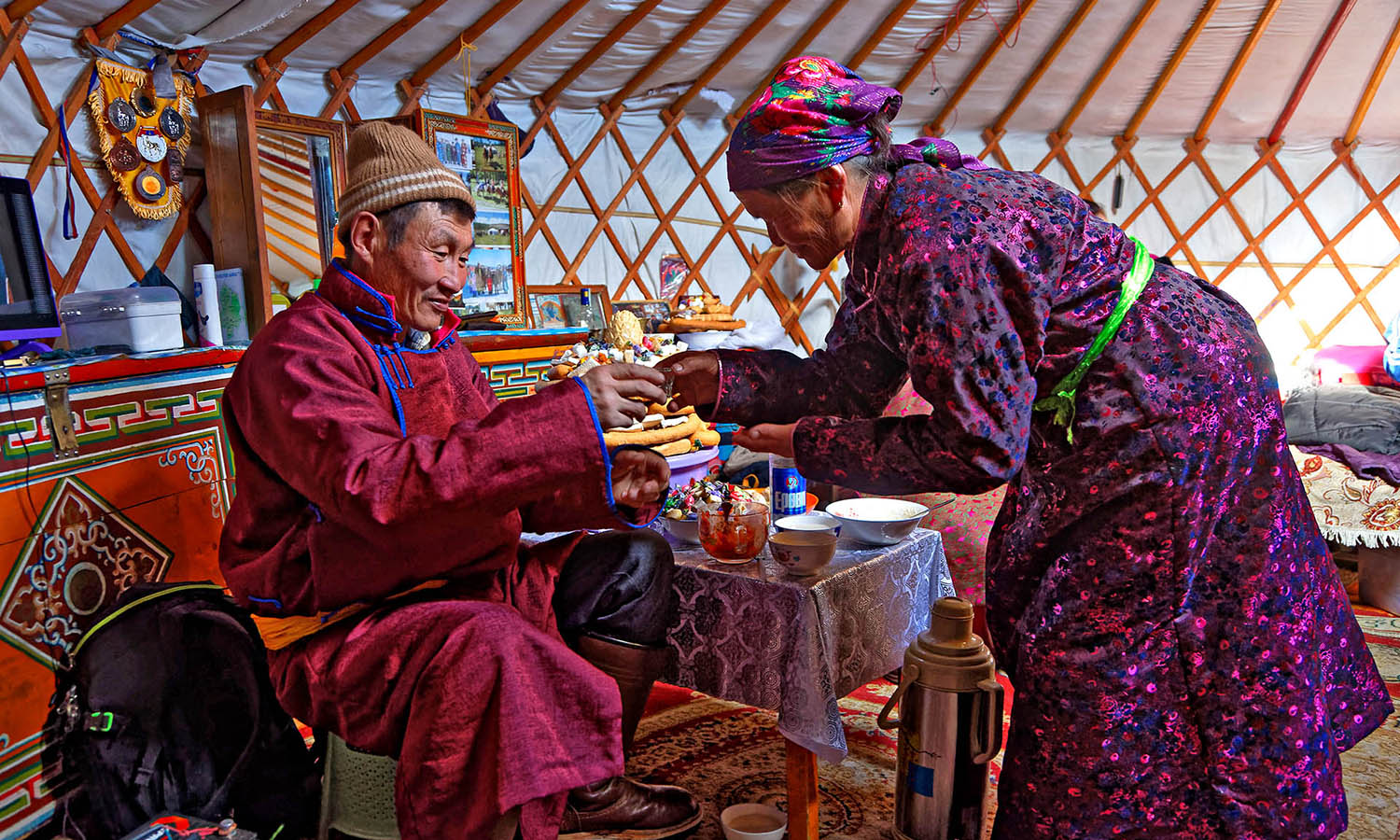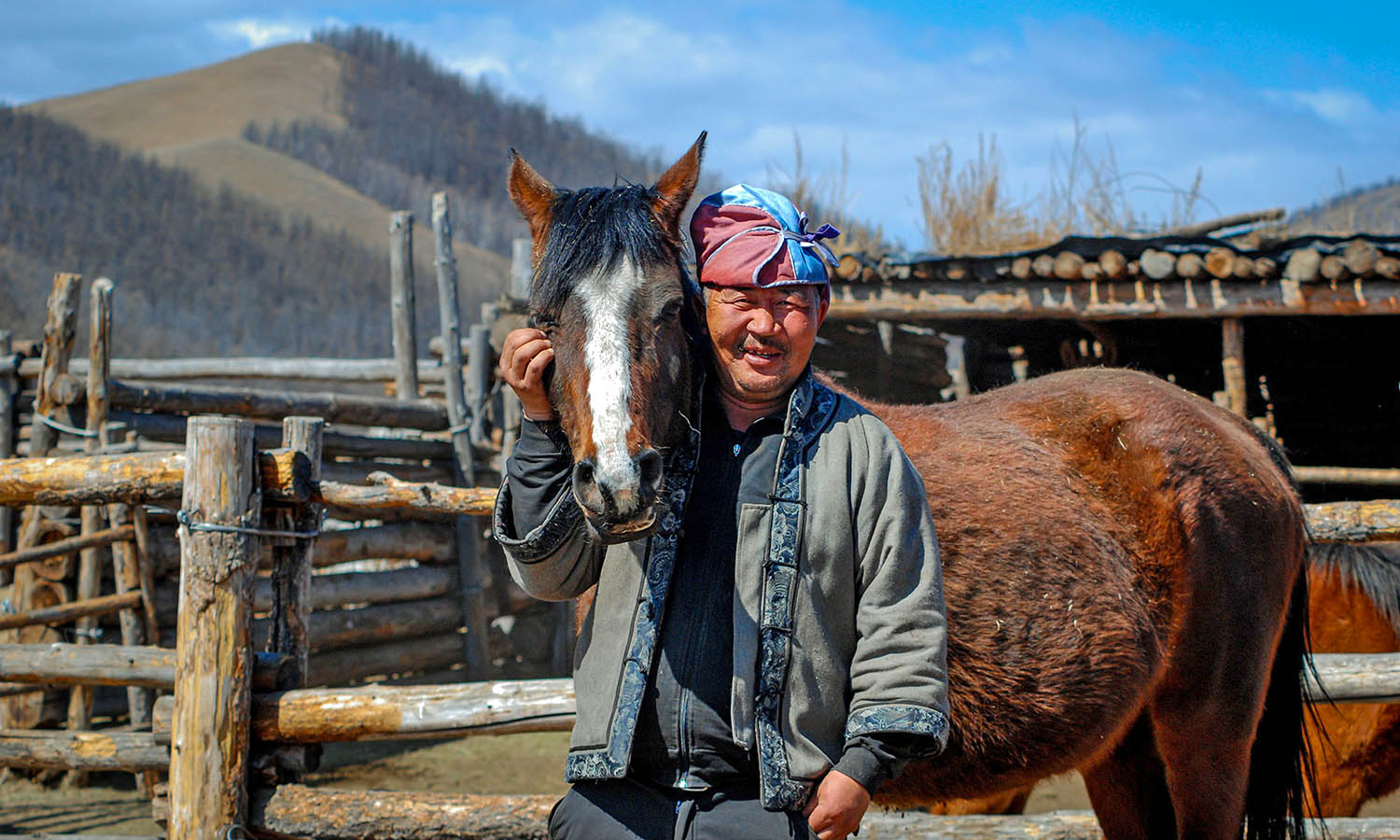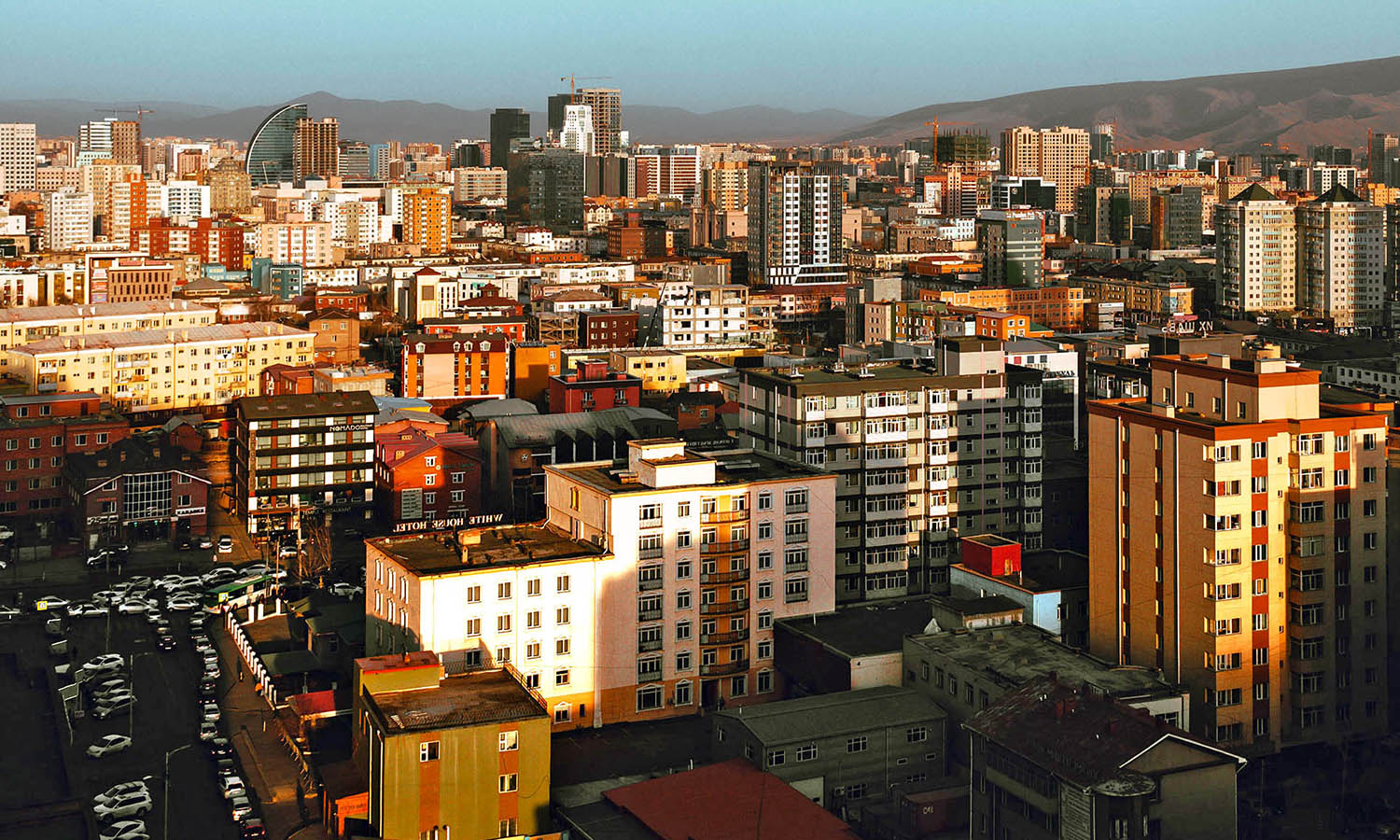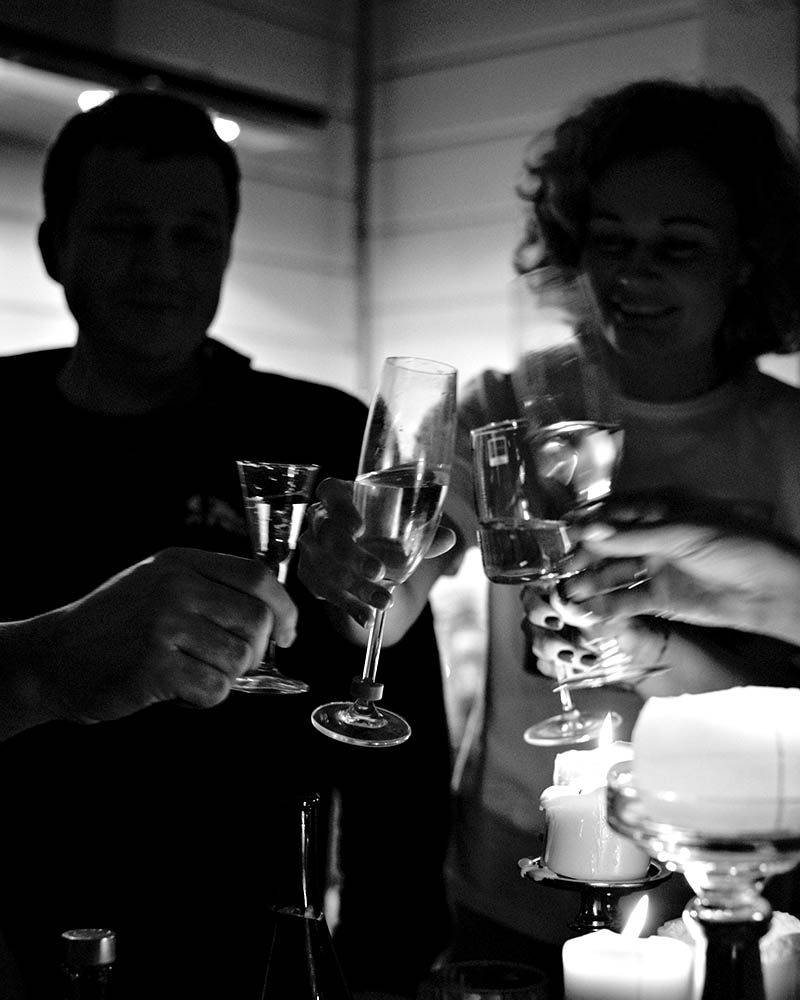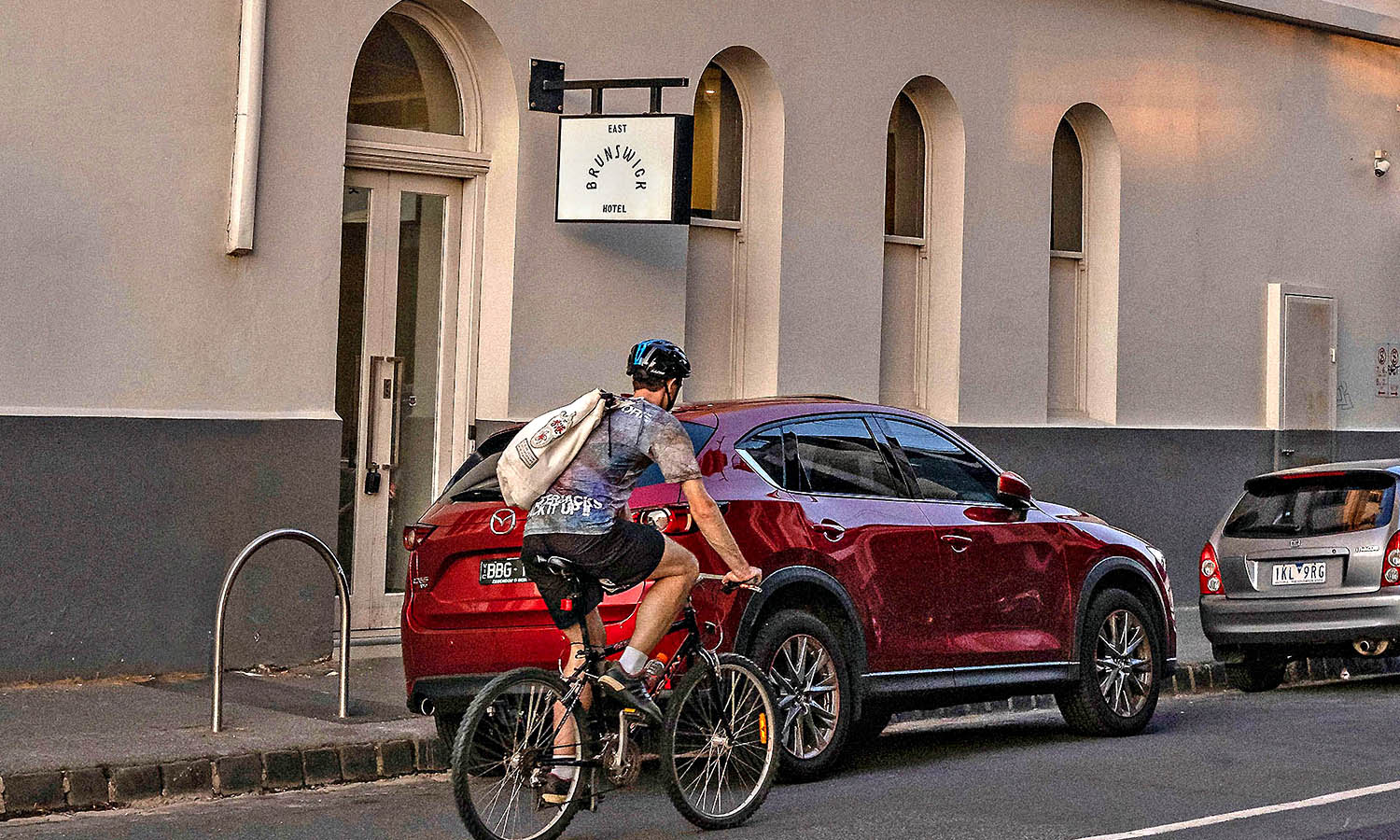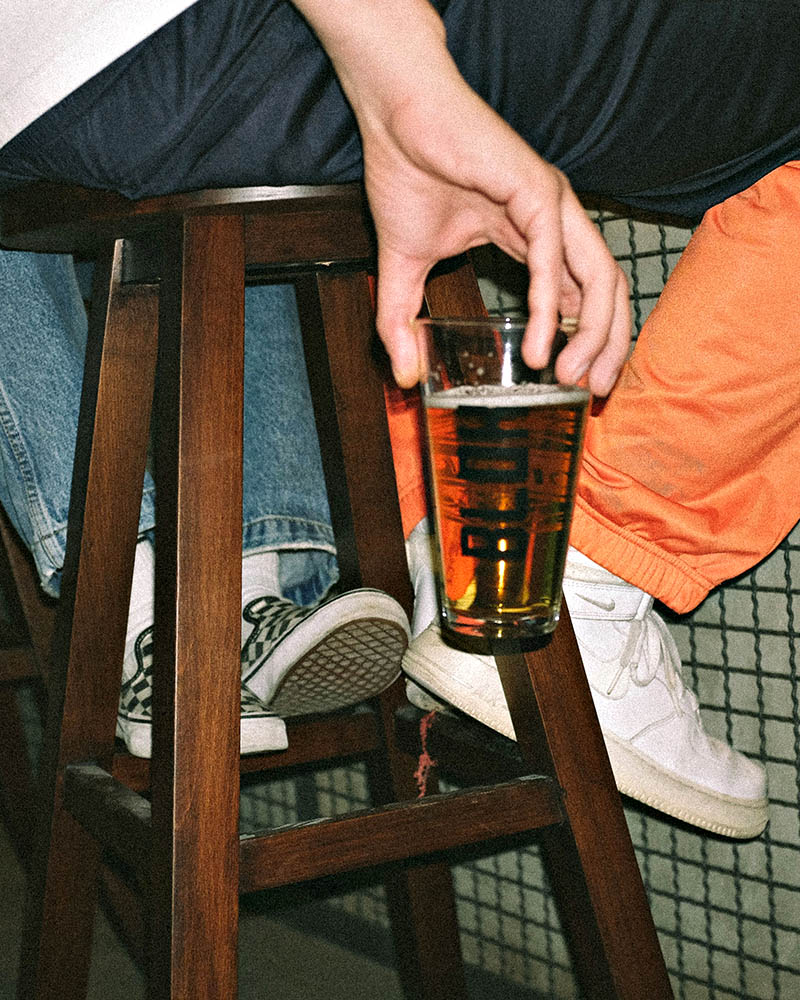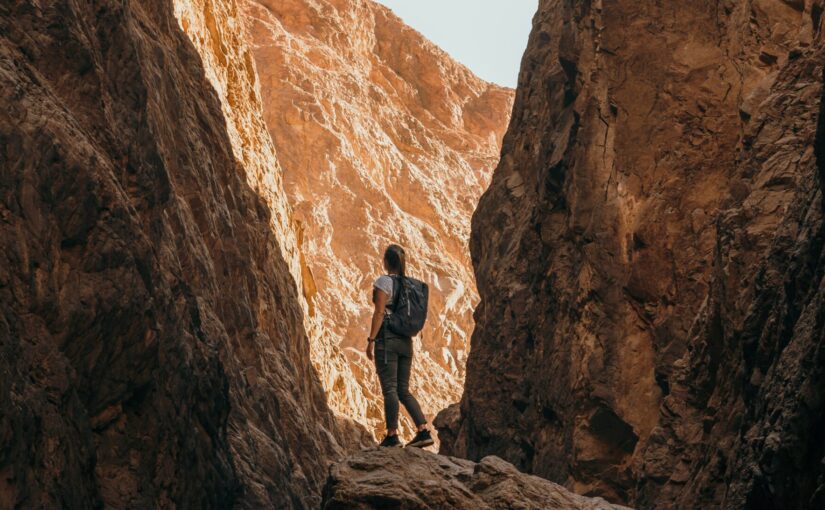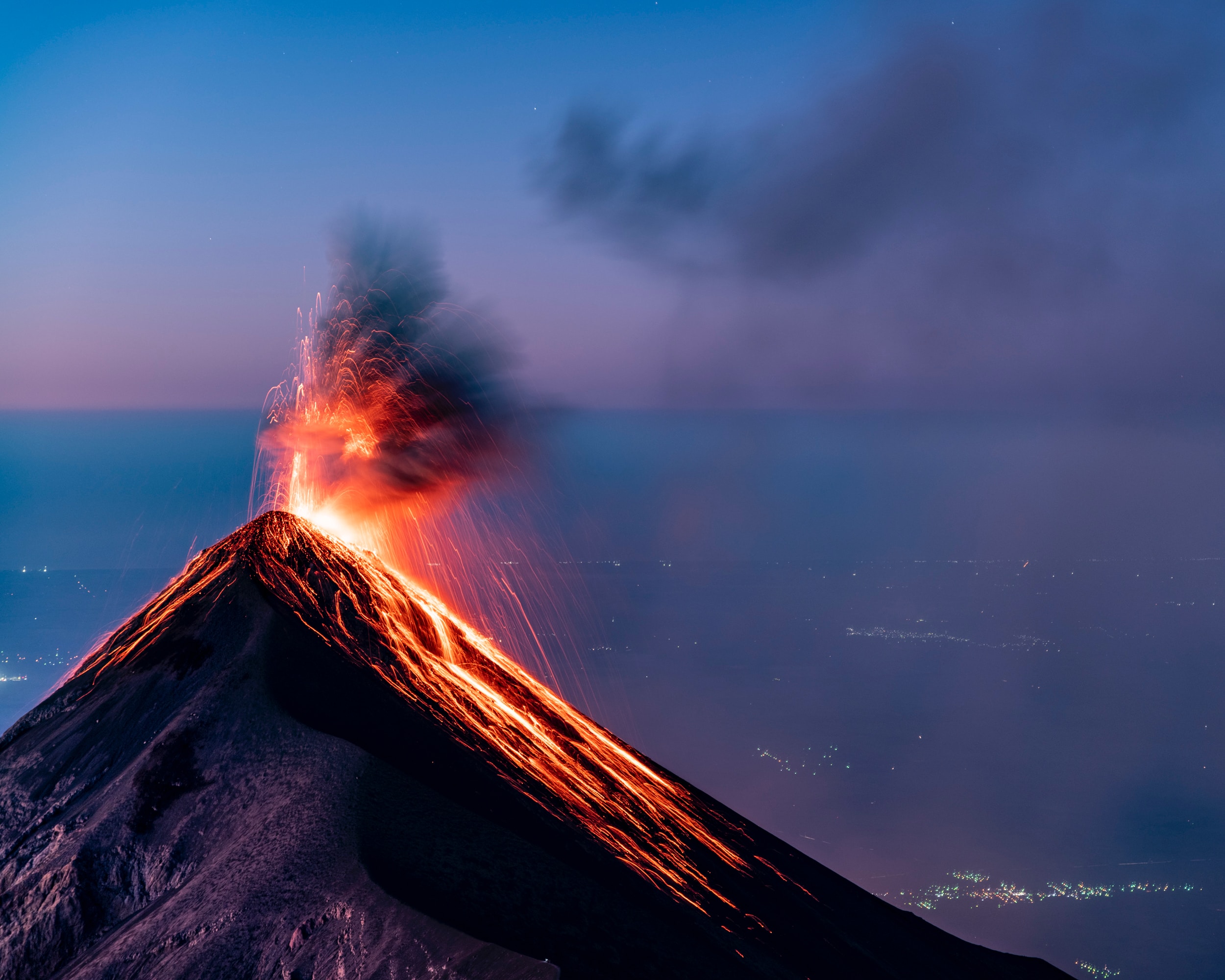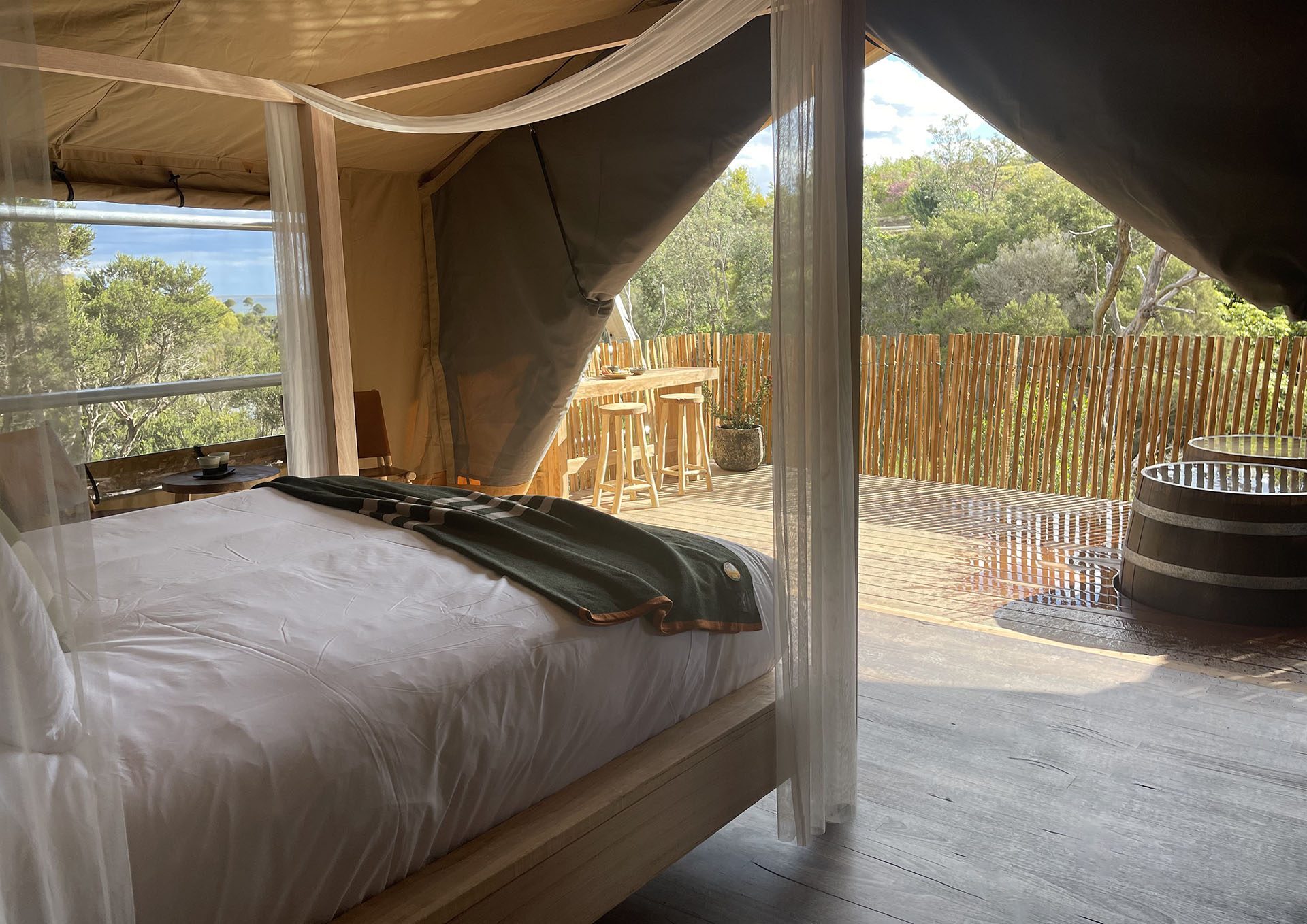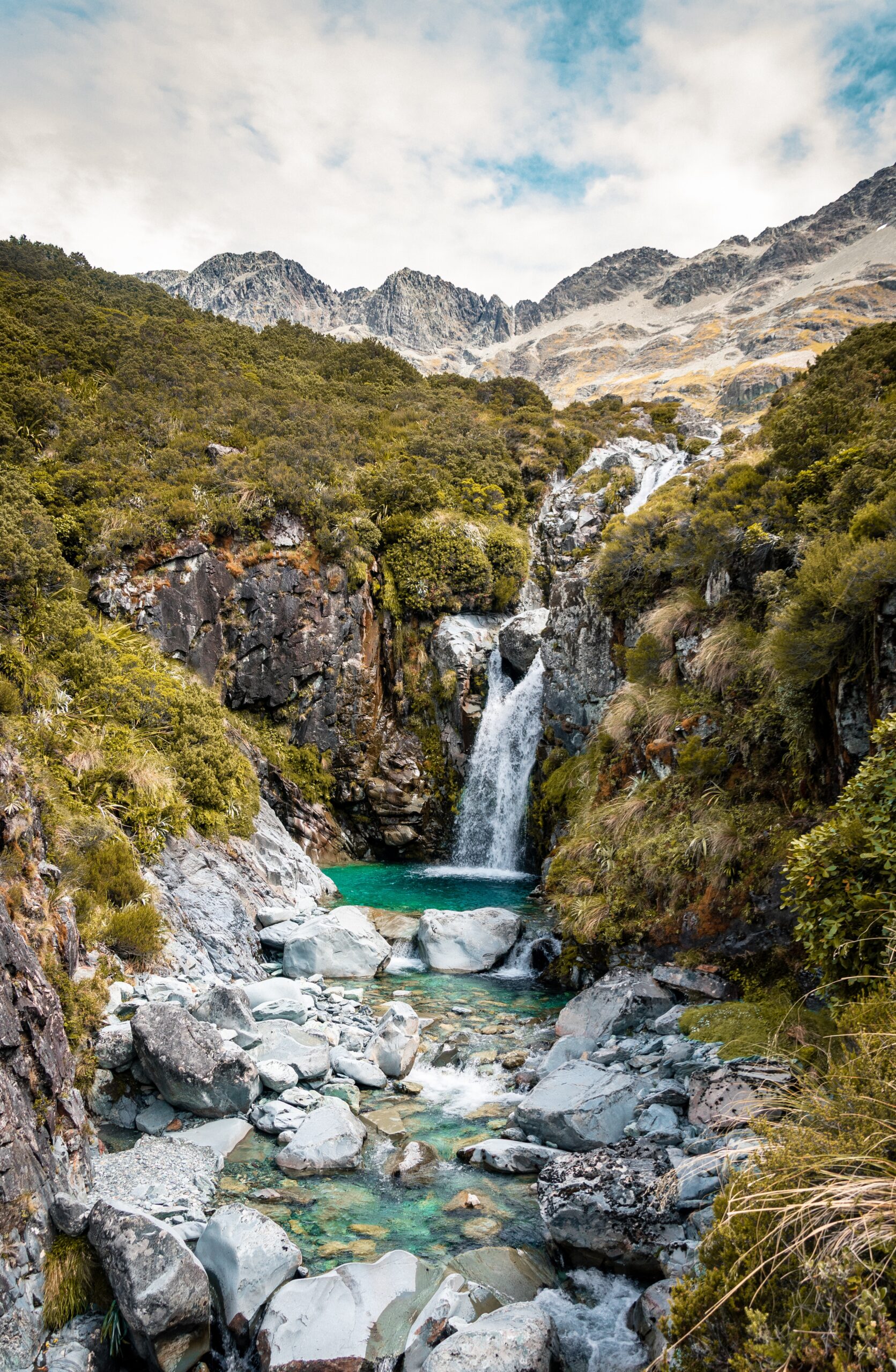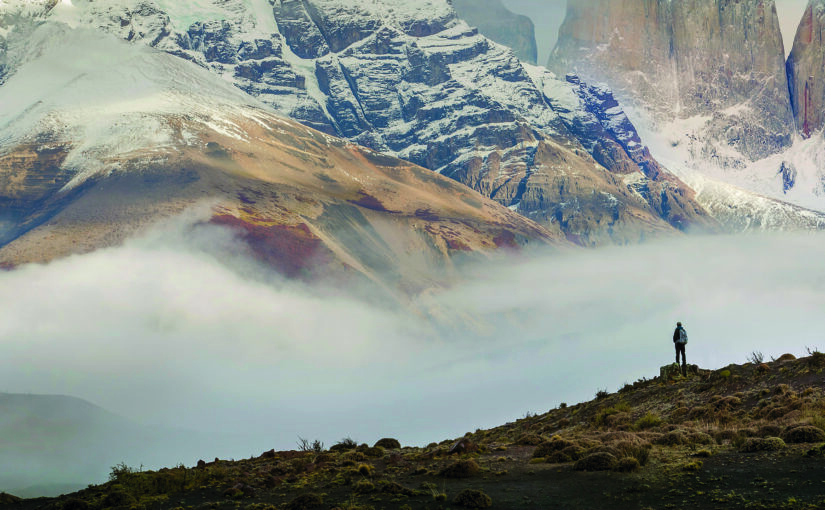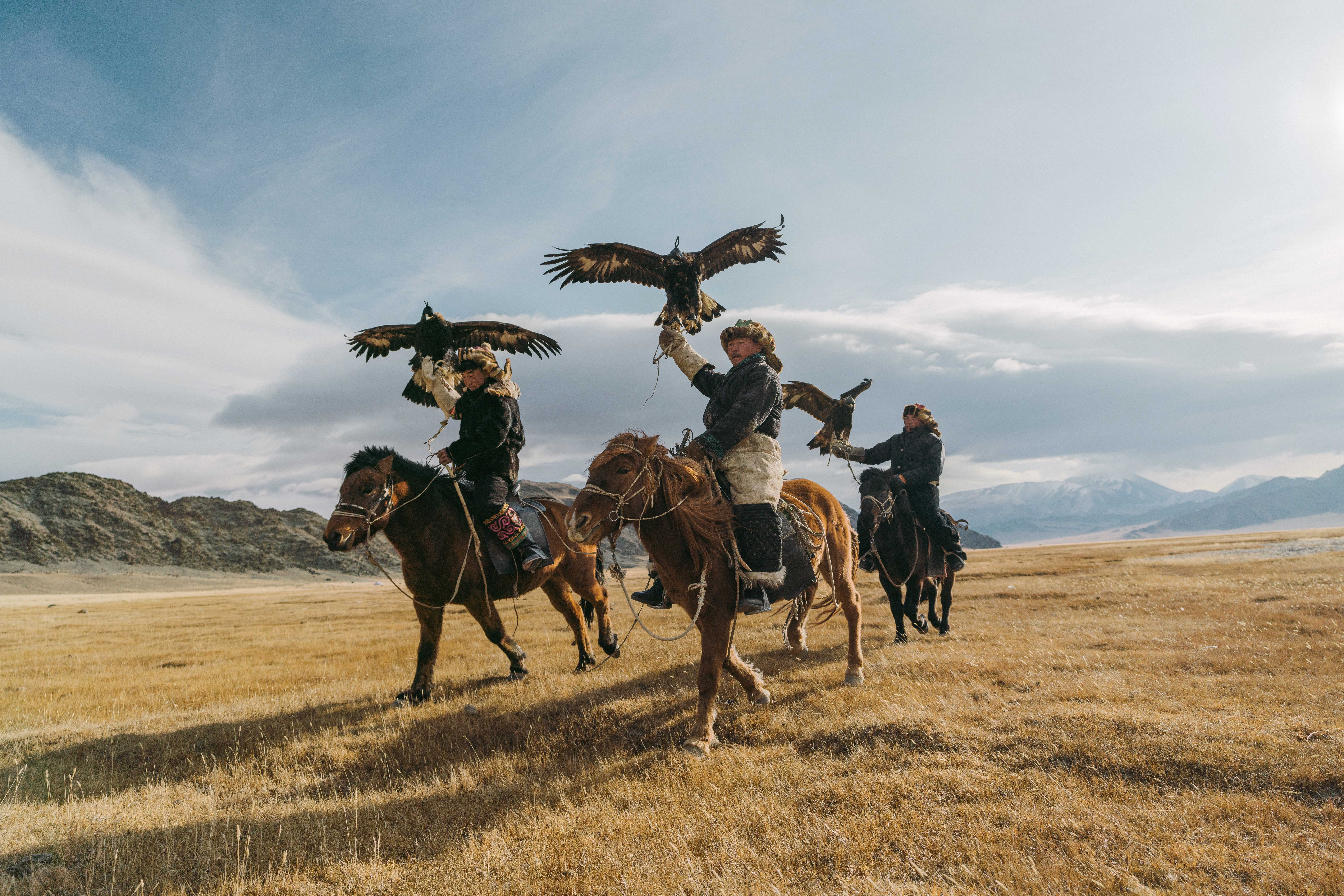Best in Travel 2024 is Lonely Planet’s 19th publication of the travel icon’s annual collection, featuring 50 must-visit destinations around the globe, celebrating its 50th Anniversary.
To celebrate the release, get lost are giving away a copy of Lonely Planet’s Best in Travel 2024.
We asked you where you wanted to travel in 2024, and you duly delivered. Here are some of our favourites, which almost took home this brilliant little coffee table book:
“Currently looking at the Stans (Turkmenistan, Uzbekistan, Kyrgystan, Kazakhstan) plus throw in Armenia, Georgia and Azerbaijan. Seem to be places that you don’t hear a lot about, are off the beaten track but might be hidden gems. It remains to be seen if they are but it’s something that my partner and I are keen to find out and will add to our dream of getting to 100 unique countries together.”
– Matt Farrelly is keen to get off the beaten track.
“Macau, with unique mix of Portuguese and Chinese, home of the phenomenal ‘House of Dancing Water’. Many hotels offer easy access to the jaw droppingly beautiful ‘Grand Canal Shoppes’. Feeling like you are in Venice strolling around the Venetian Gothic shopfronts under a gorgeous blue sky ceiling along the beautiful Grand Canal with sounds of lively music.
“Taking a gondola ride serenaded by a handsome gondolier, then soak in the atmosphere sitting by the ‘Grand Canal’ at Lord Stow’s Bakery savouring a legendary Portuguese Custard Tart, apparently you will remember your first bite forever.
“Macau, truly a ‘City of Dreams’.”
– Glenda Lattimore went hard on the adjectives, and we love it. Hope you get your handsome gondolier Glenda.
“In 2024, a hidden gem I’d choose to find, Bhutan’s serene valleys, in my mind. Nestled amongst the Himalayas’ grandeur, where nature’s purity is the true procurer.”
– we’re with you, Alicia Fox – we want to go to Bhutan too.
Cairo.
I just want to see the chaos, the majesty and the history and walk past a goat, a building that should be in a museum, and a McDonalds at the same time. Fascinating.
– Luke Skarbek, you sound like a chaotic individual, so we’re sure you’ll fit right in in Cairo.
And the winner is:
Drumroll please…
Congratulations Paul Buschenhofen!
Tough to beat Paul’s sentiments for wanting to visit Berlin:
“While going through my late mother’s personal effects after her funeral, I discovered a grainy photo of my parents kissing at the Brandenburg Gate in Berlin. Shortly after that, dad was sent to the Eastern Front, was captured, and subsequently imprisoned in a Russian POW camp, After Germany’s surrender, he made contact with mum and a few weeks later they were reunited.
I now have a strong desire to visit Berlin, particular the Brandenburg Gate, in honour of my parents who have demonstrated so powerfully that romance and love are able to exist and flourish in the most horrific circumstances.”
The book is broken down into top 10 countries, cities and regions, plus the best value and most sustainable destinations from around the world. It’s 222 pages of epic travel inspiration and coffee table chic.
Mongolia was ranked as the number #1 destination to travel to in 2024, while Australia’s own Kangaroo Island was seen as the #2 region, a tremendous effort as they continue to bounce back from devastating bushfires of 2019/20.
Lonely Planet’s Best in Travel 2024 list is essential gift-giving for the traveller in your life. Available at $27.99 RRP from all bookstores around Australia, as well as online – click here to purchase.
 (
(


